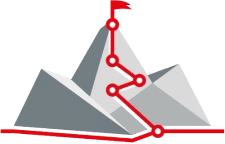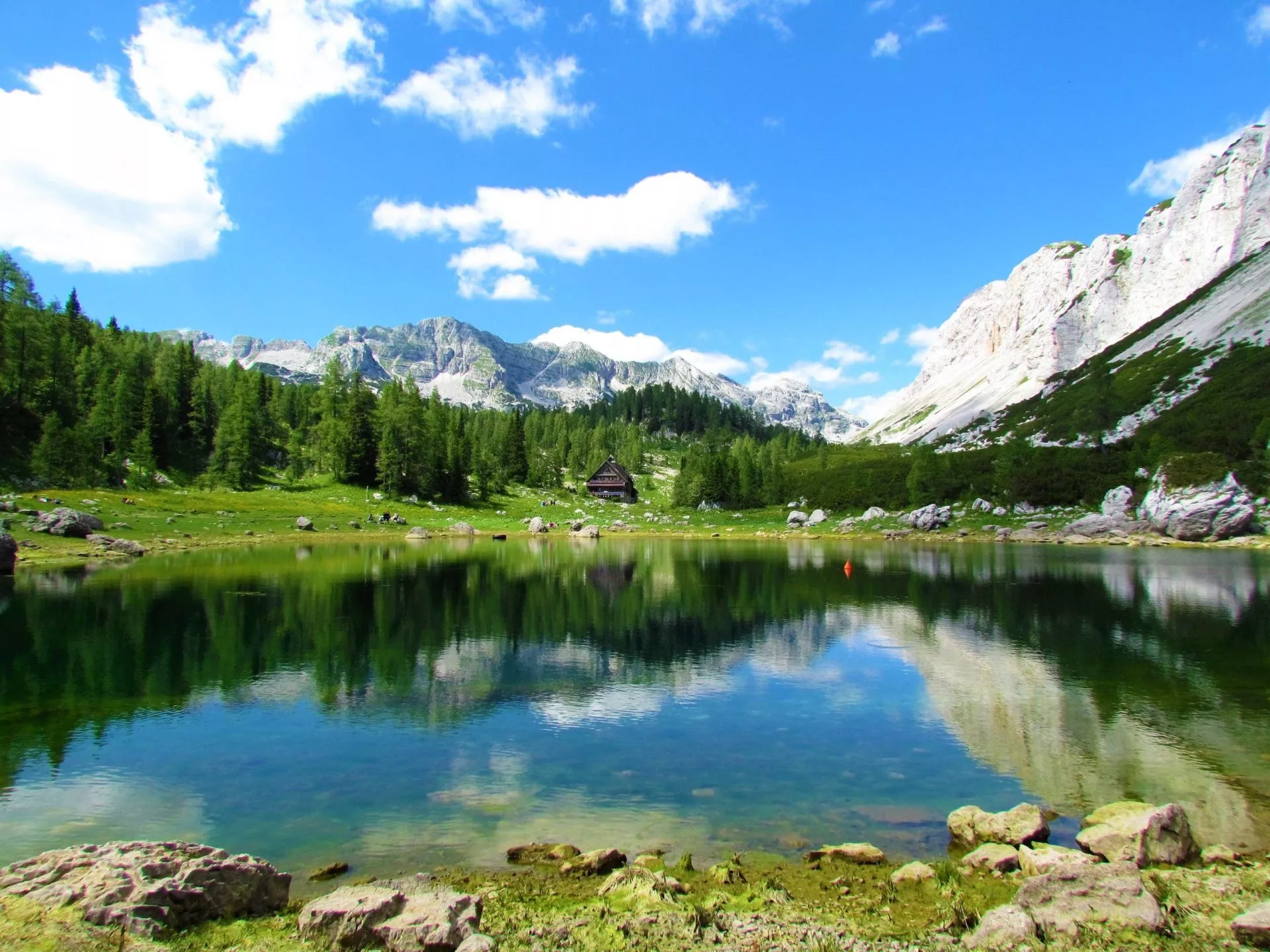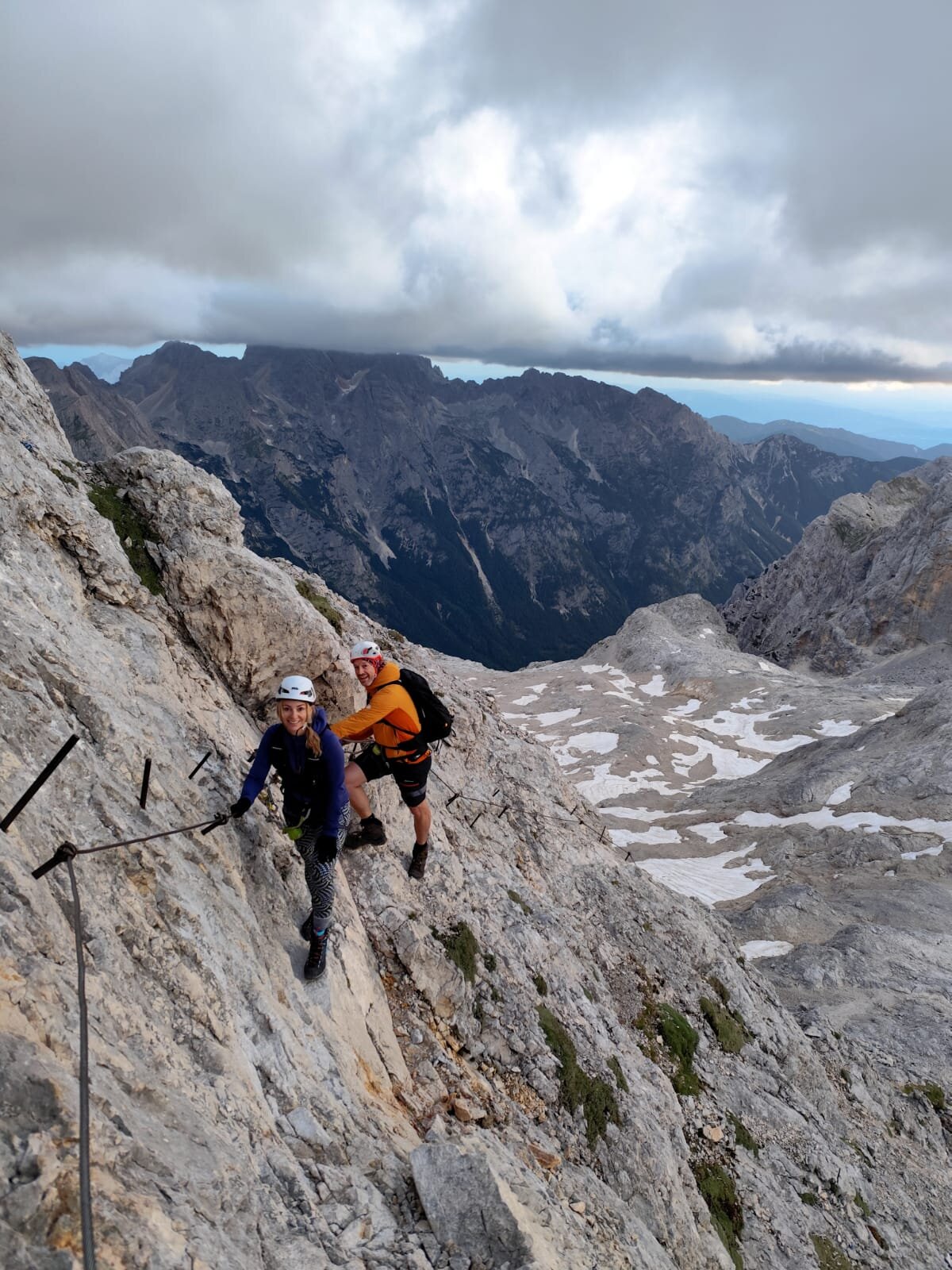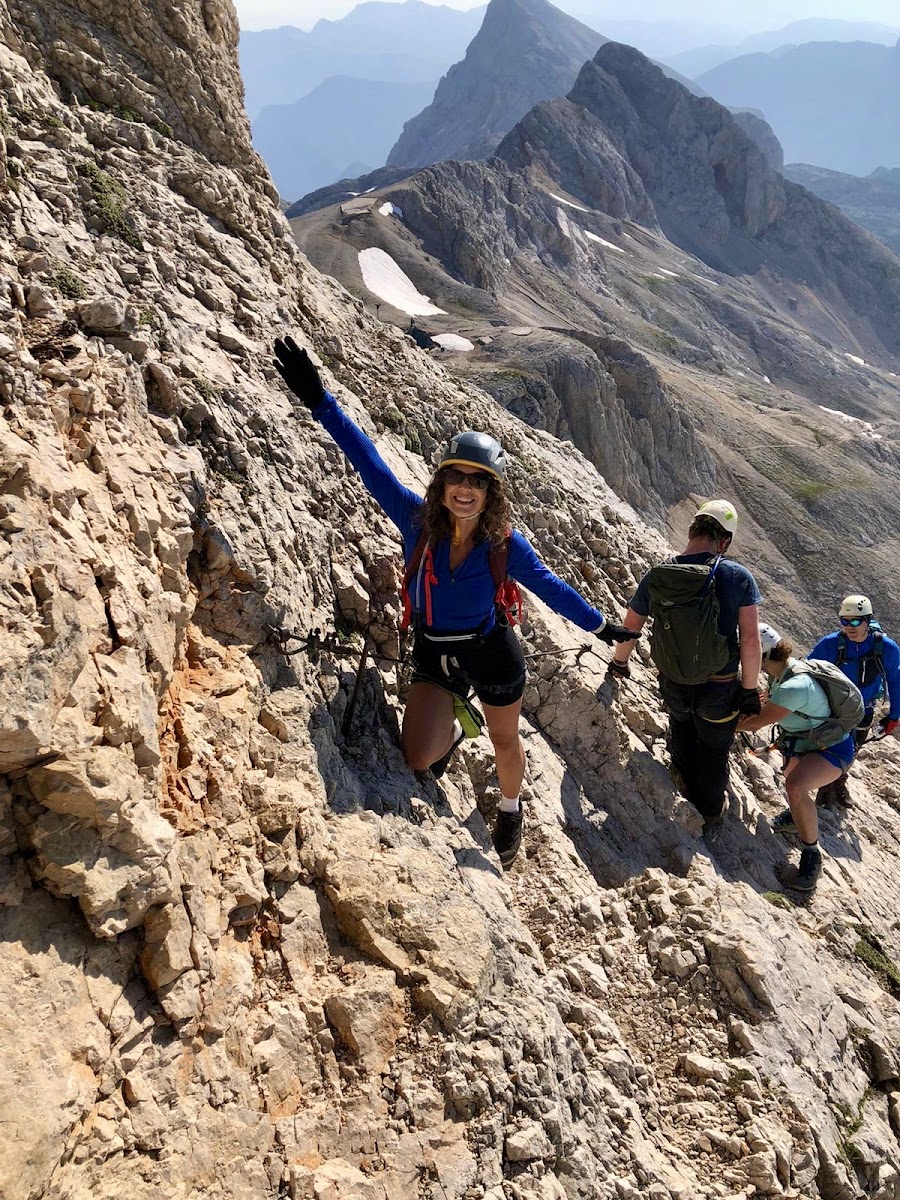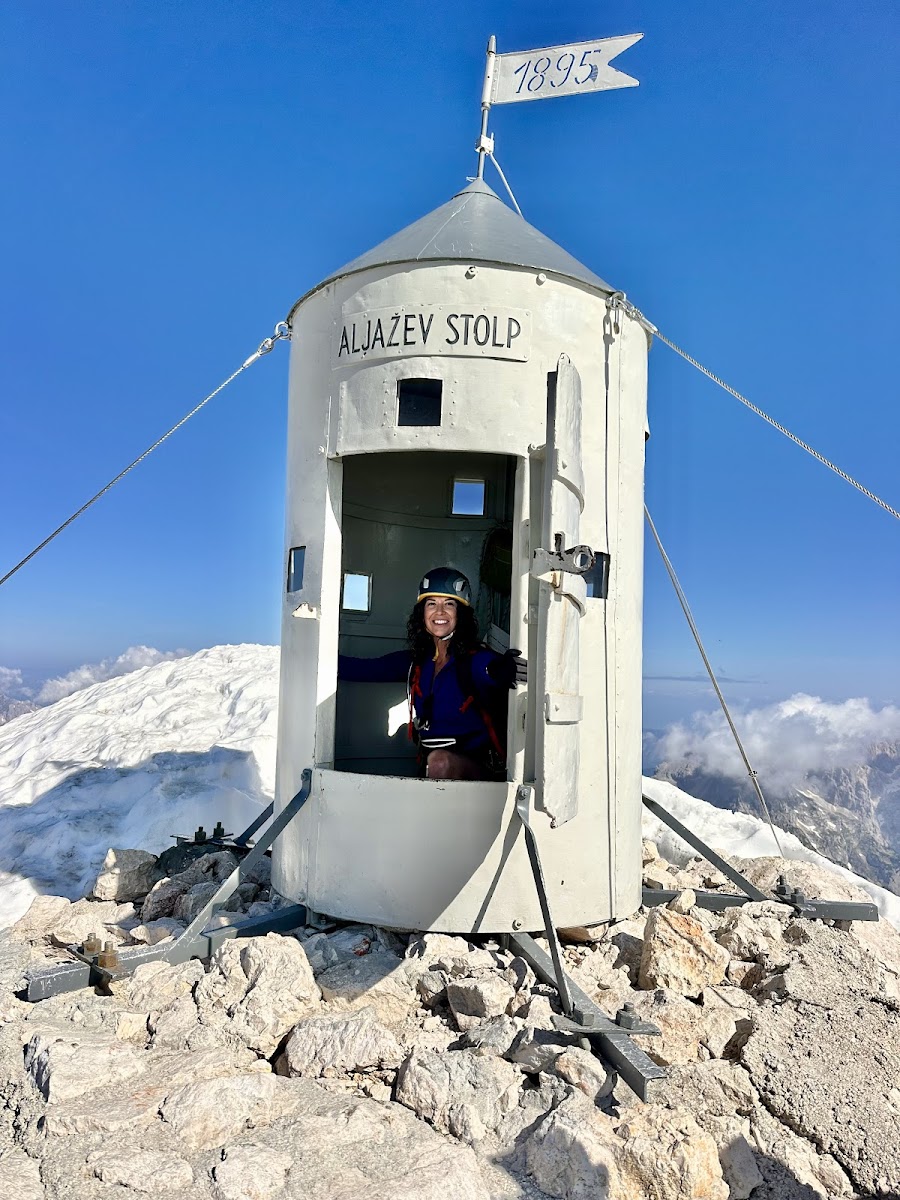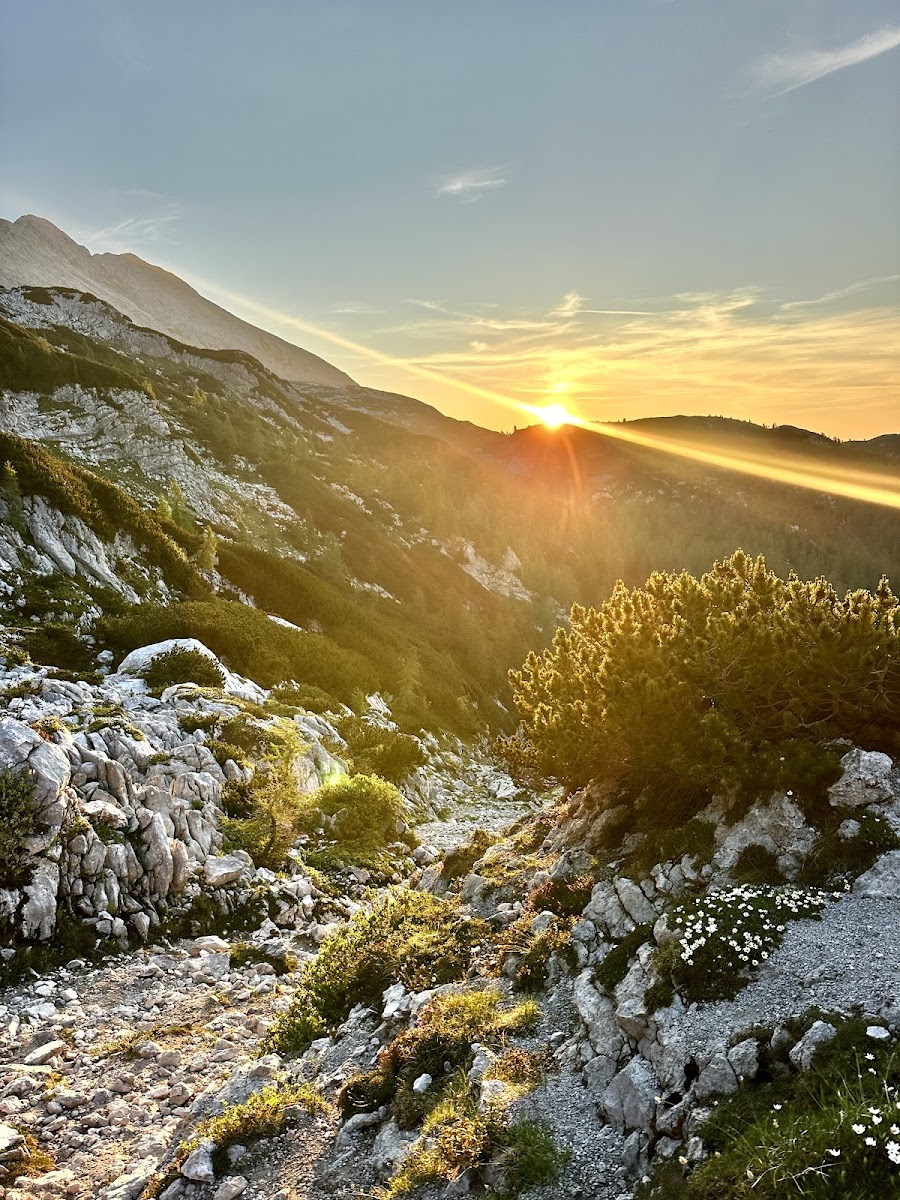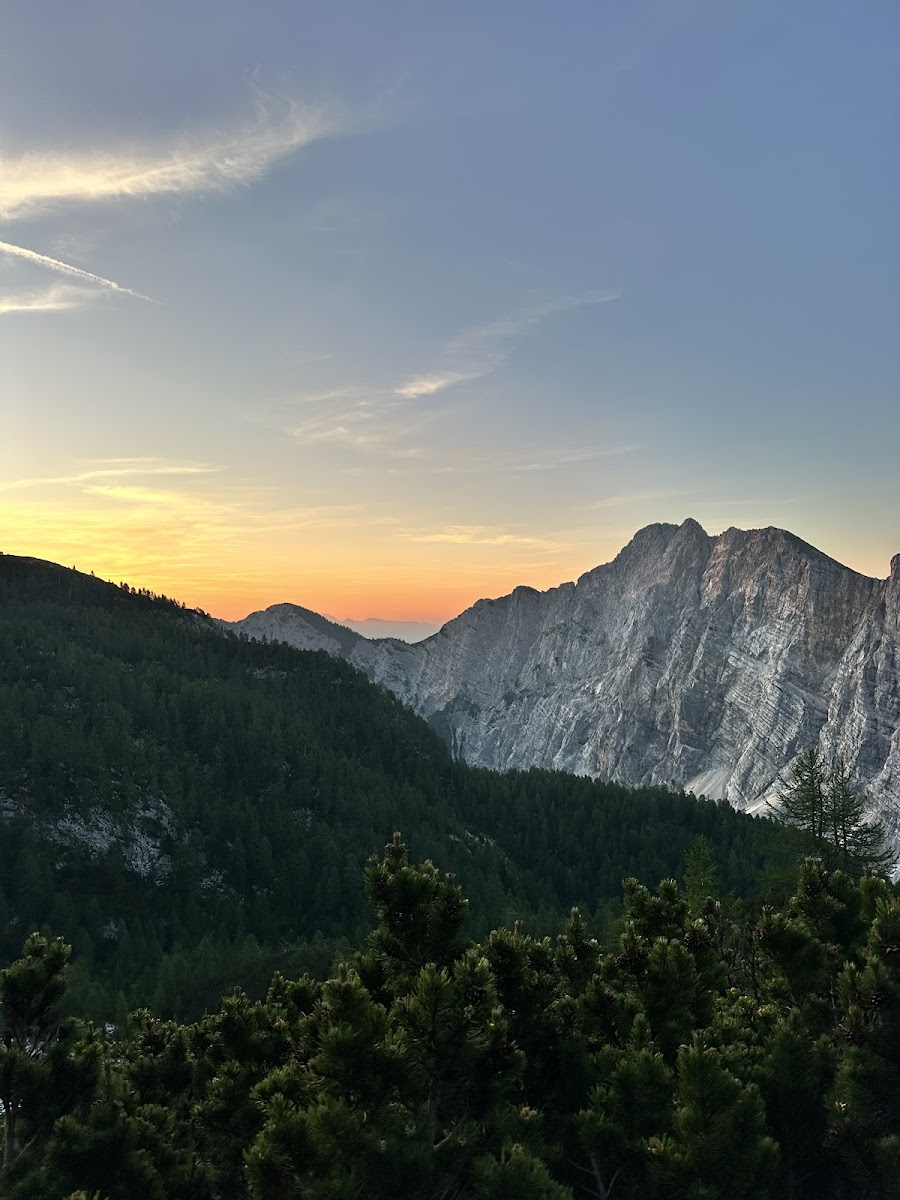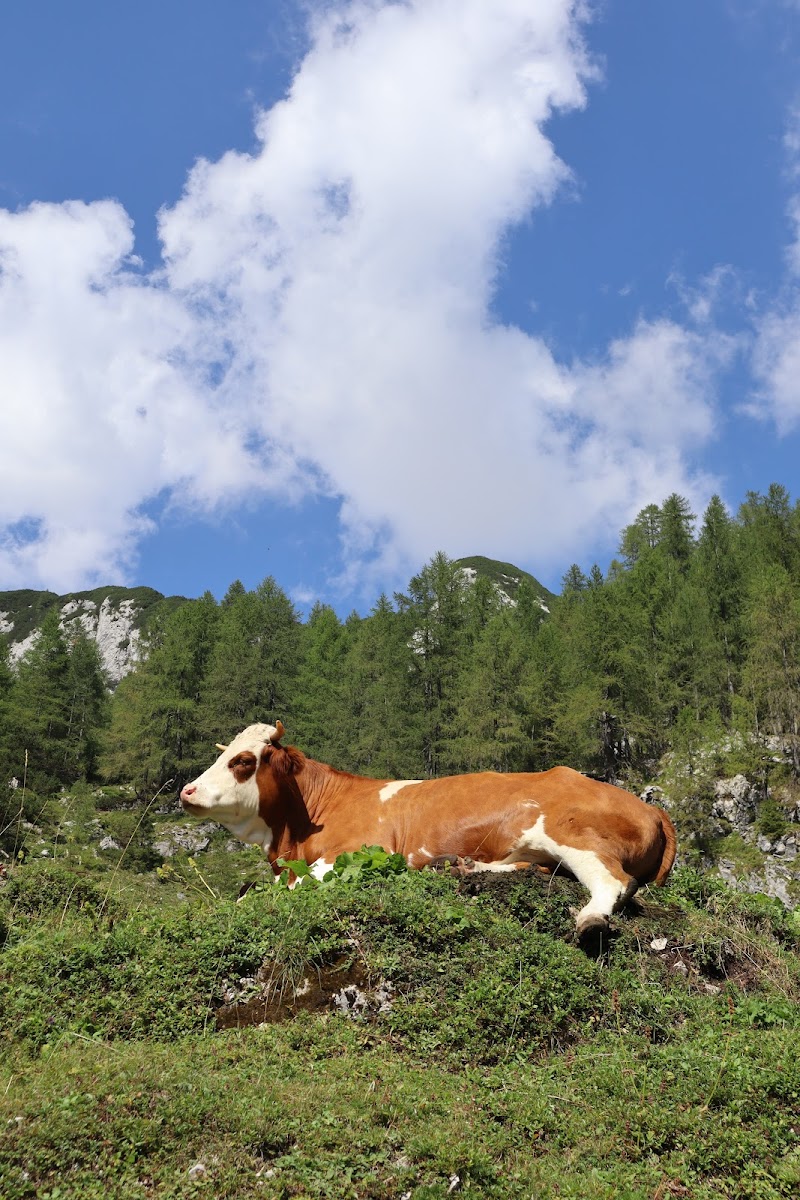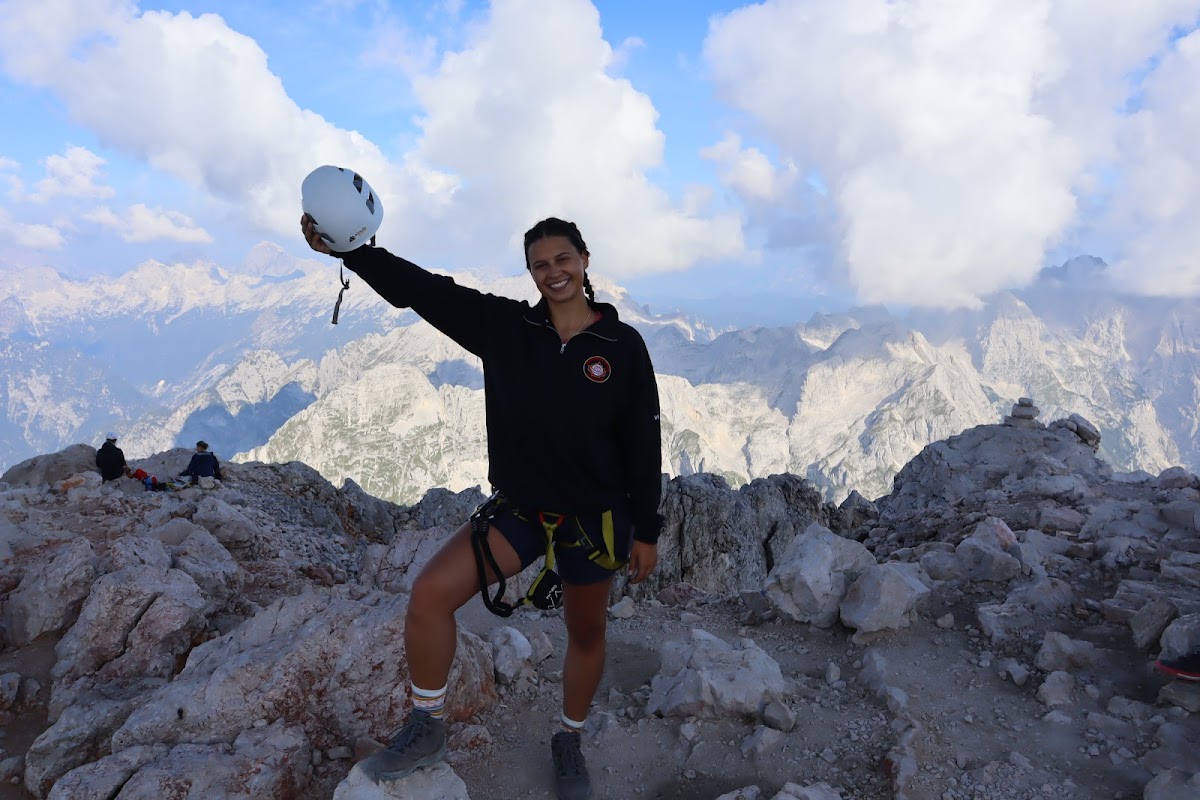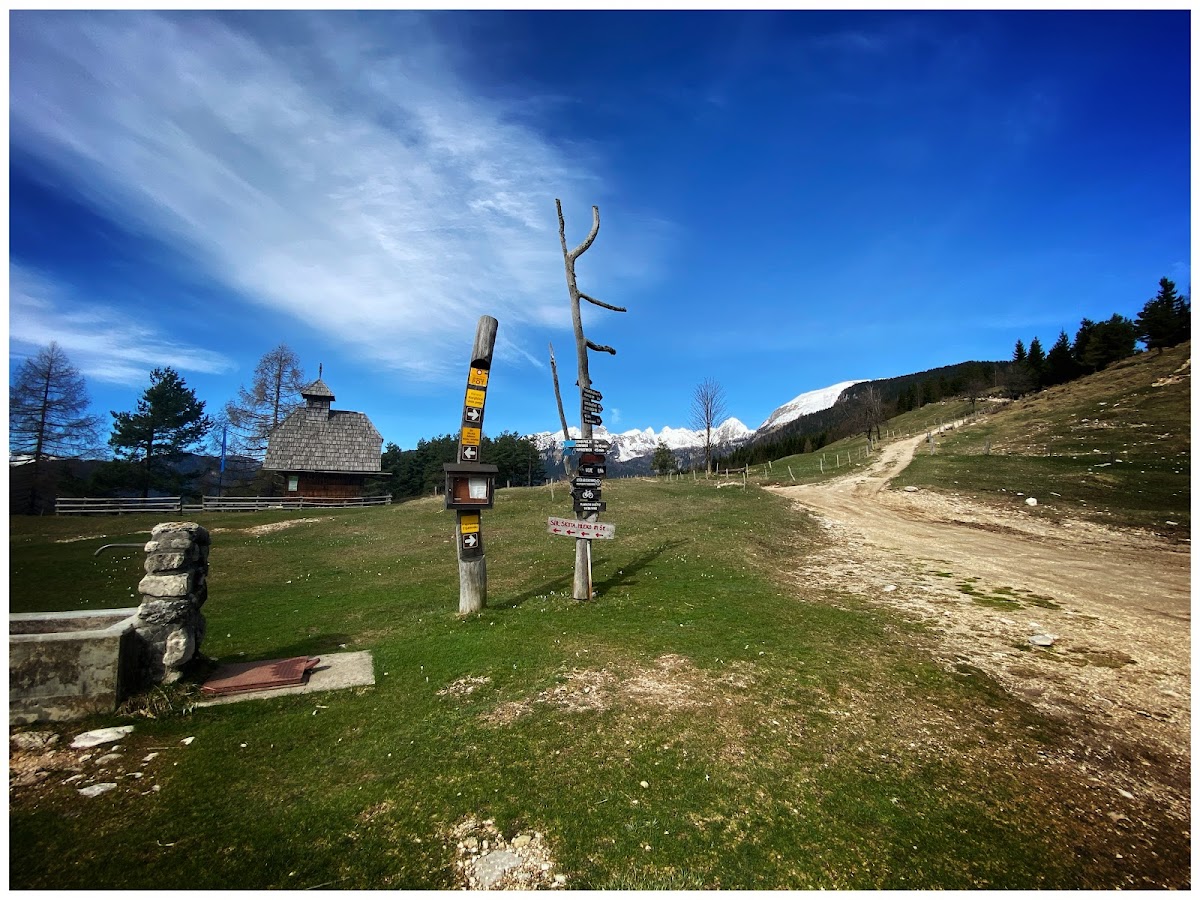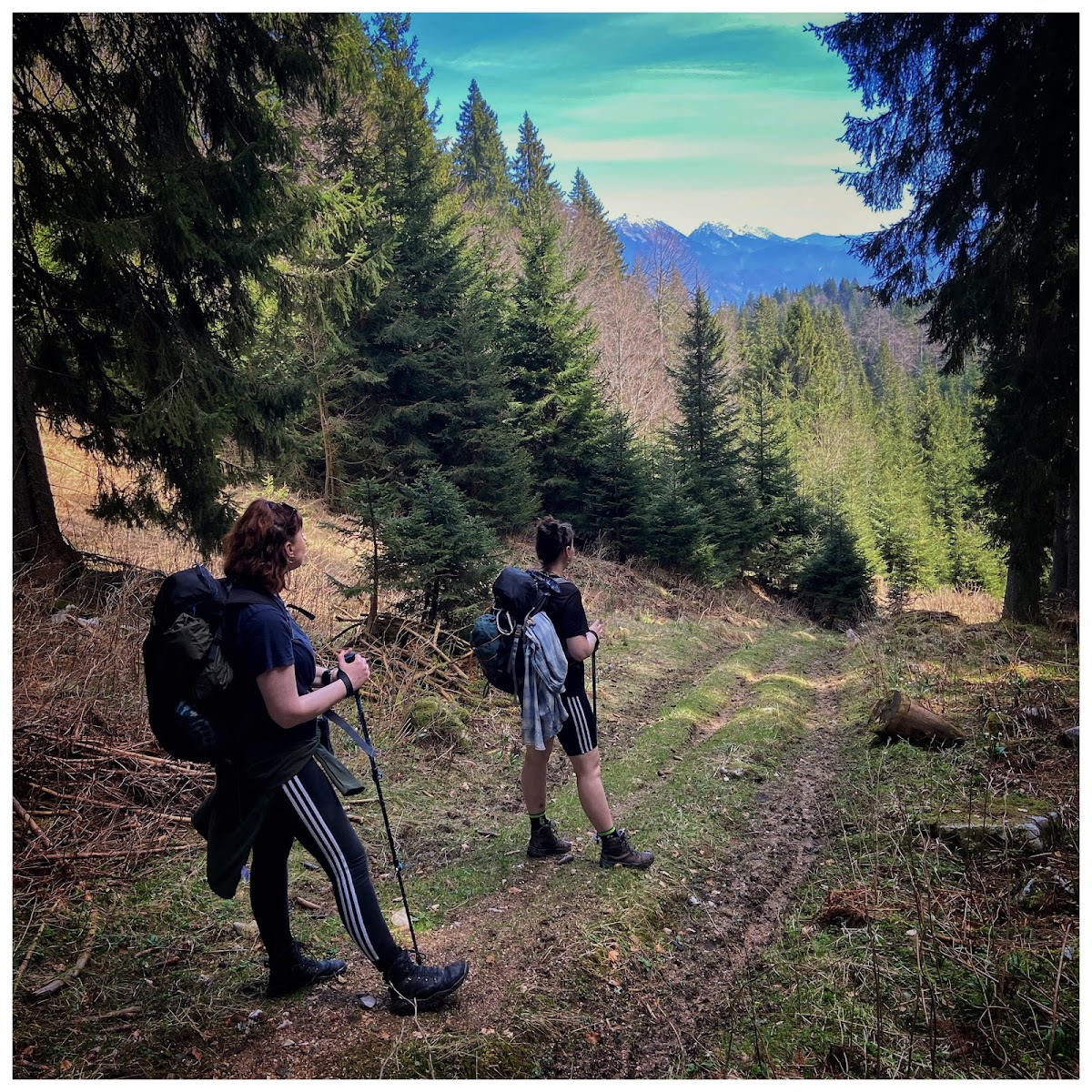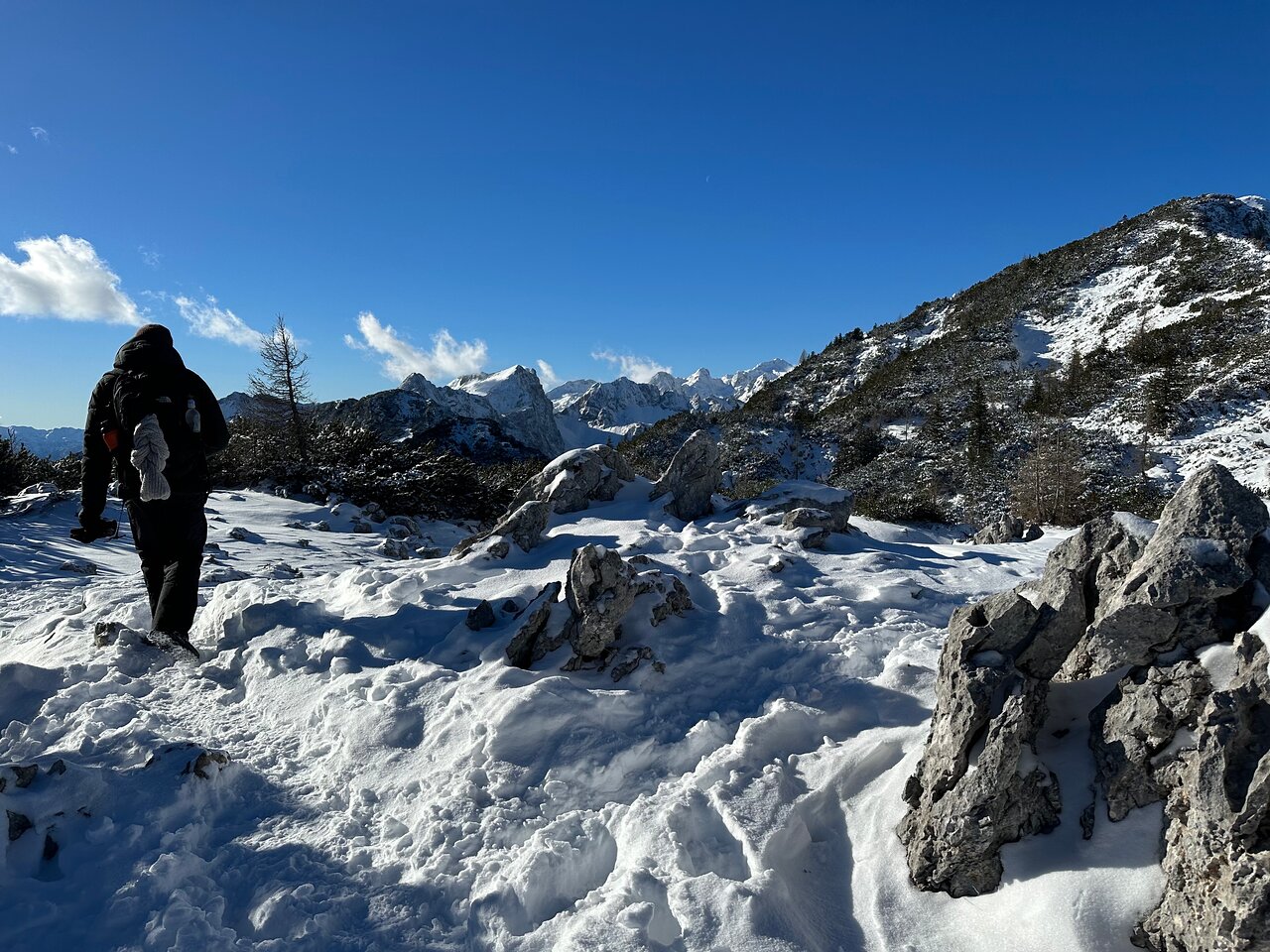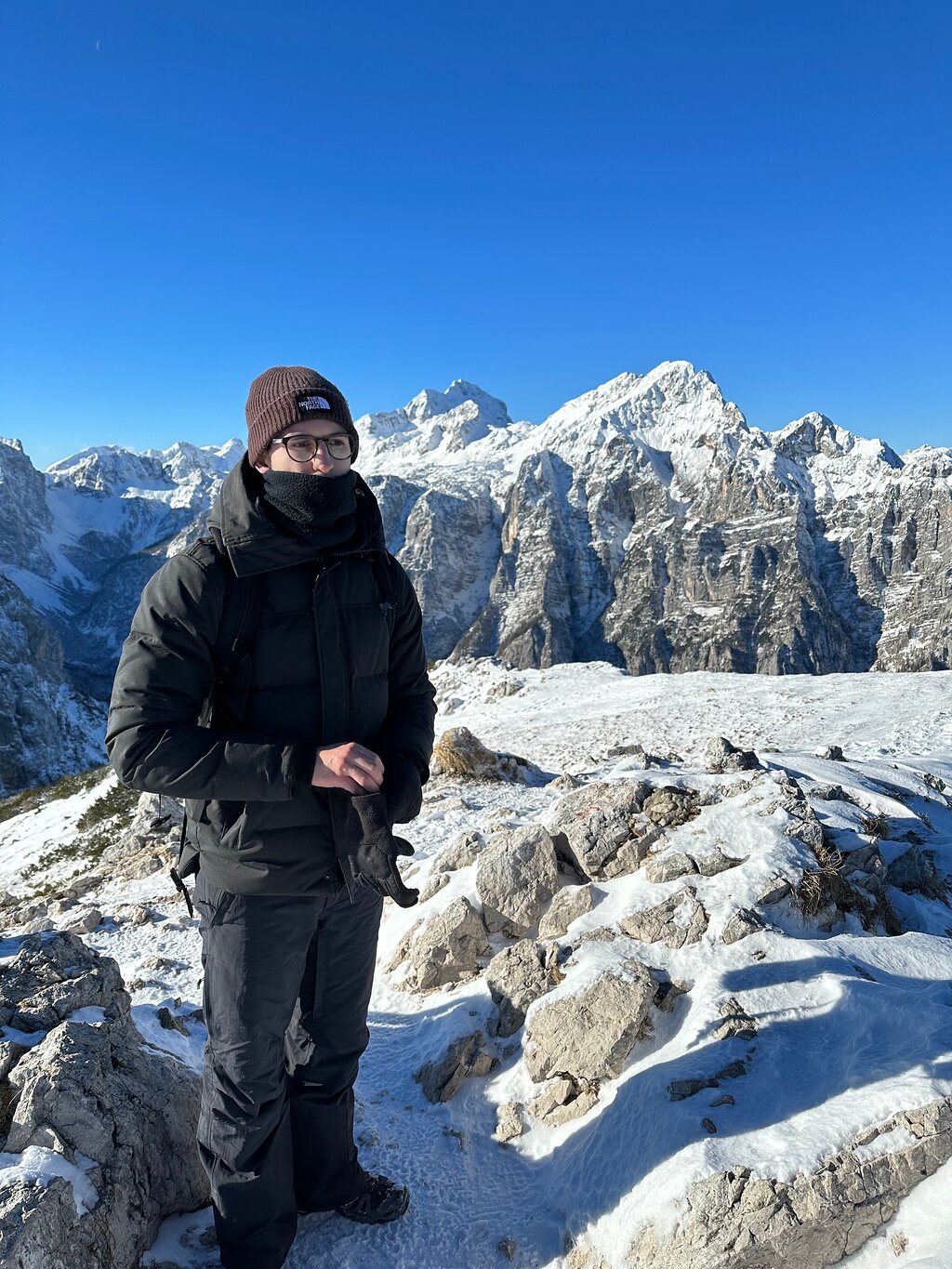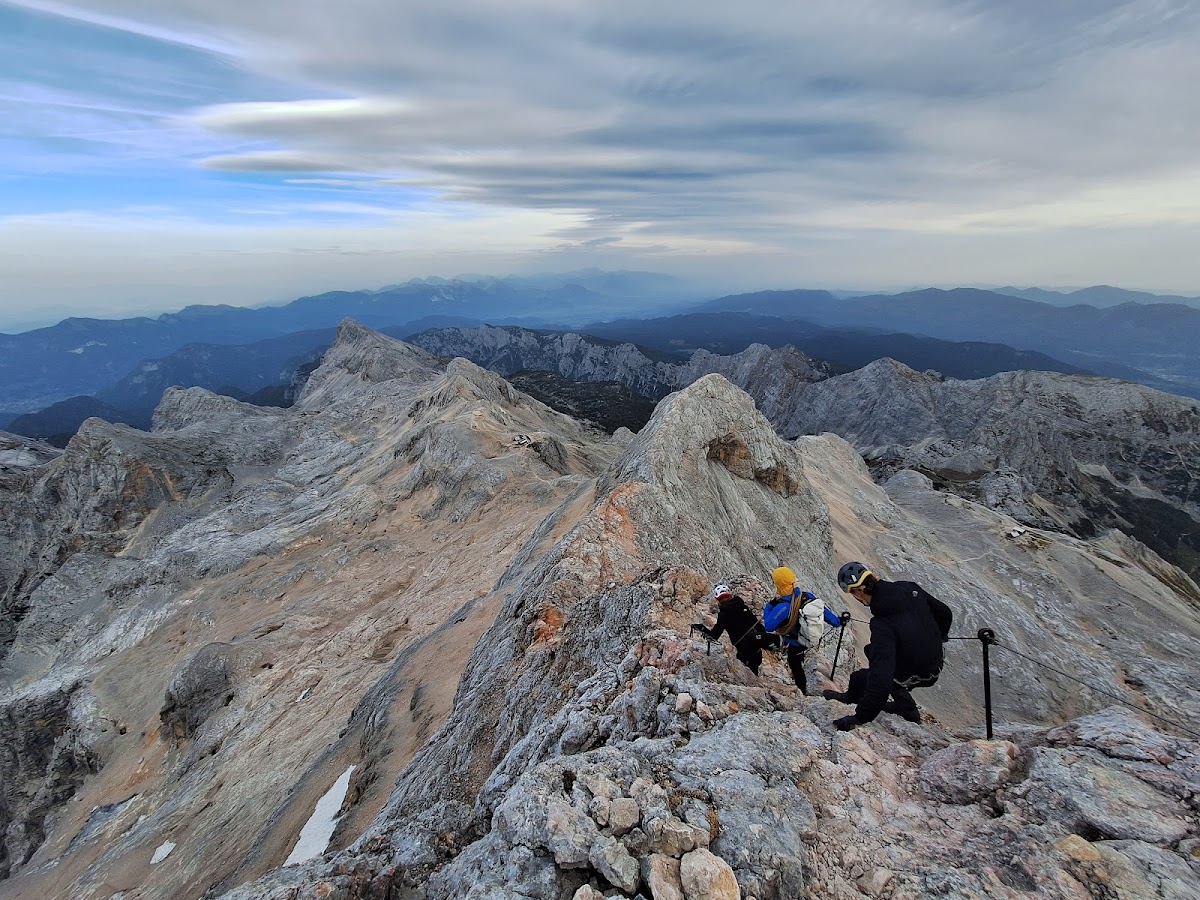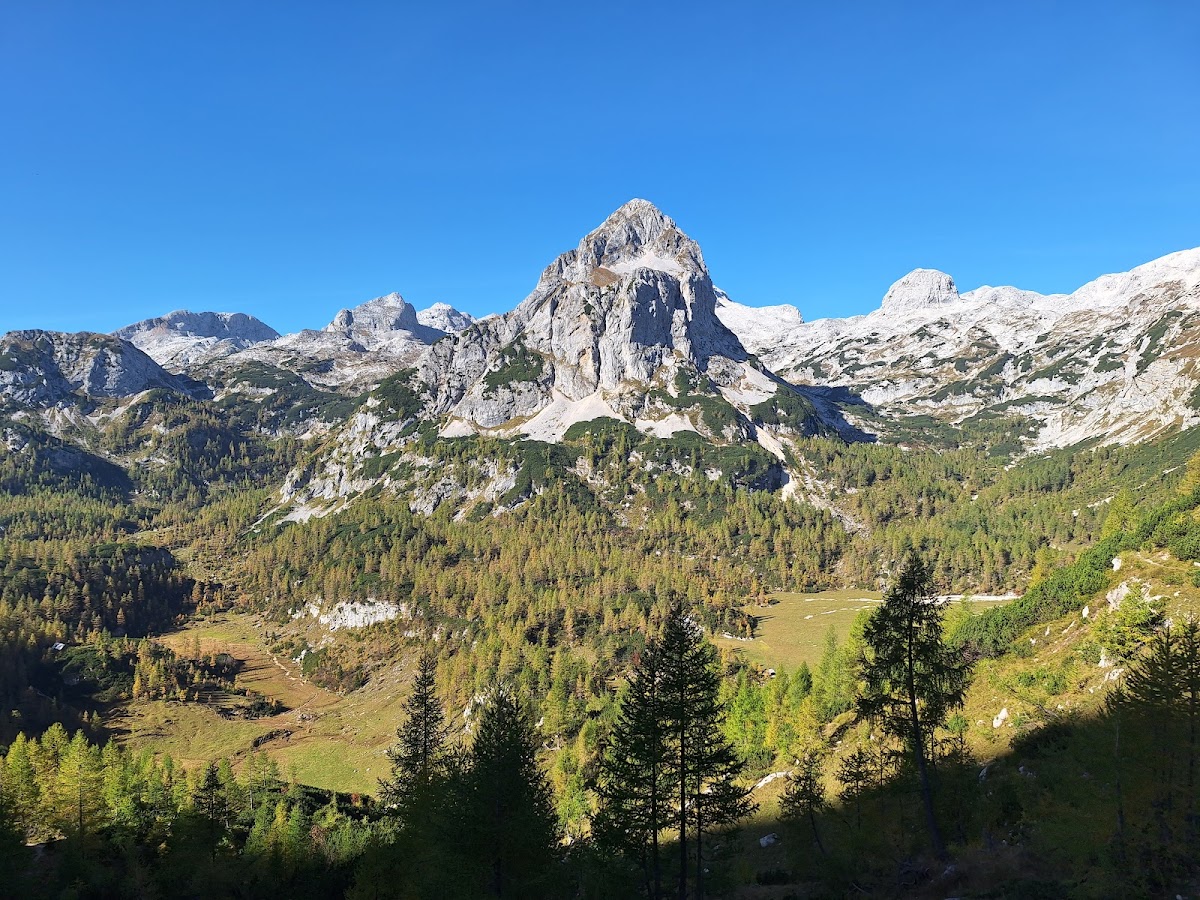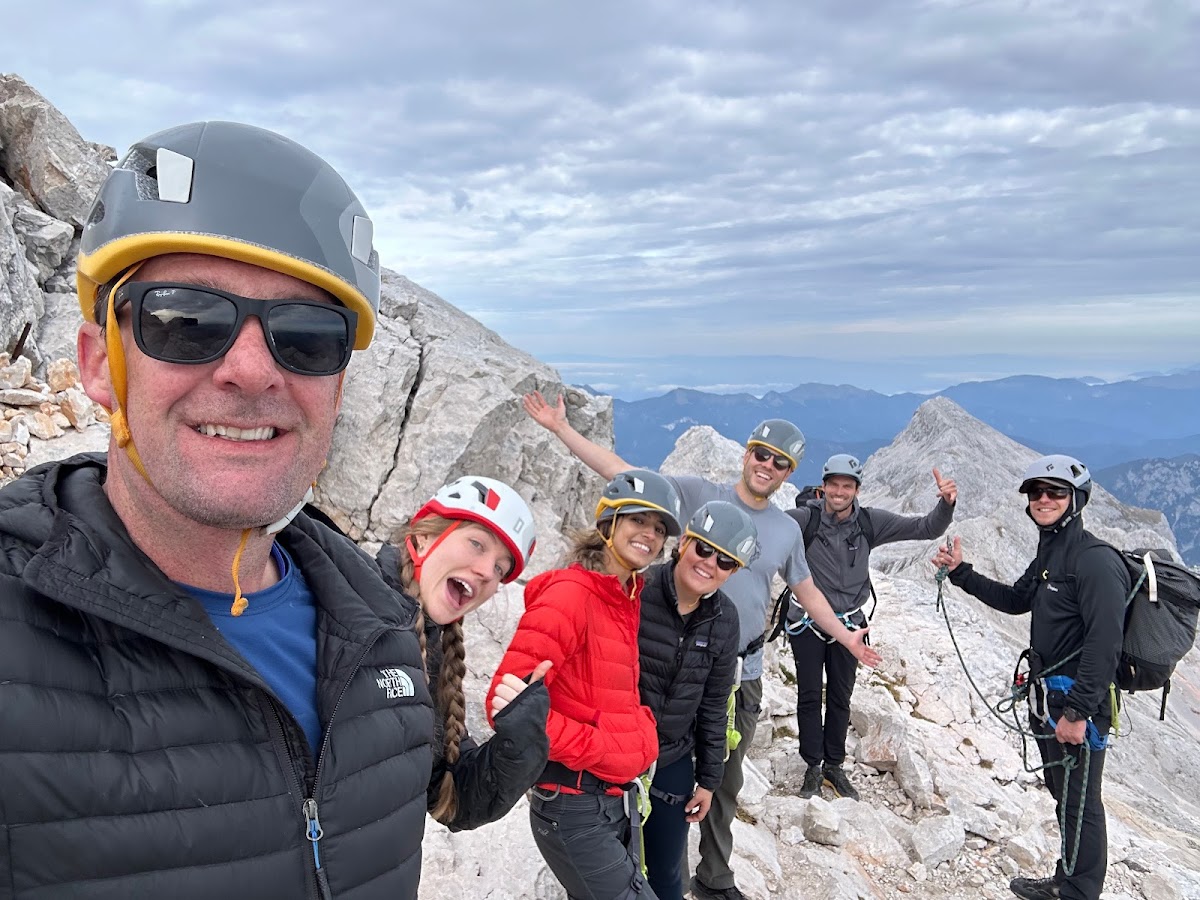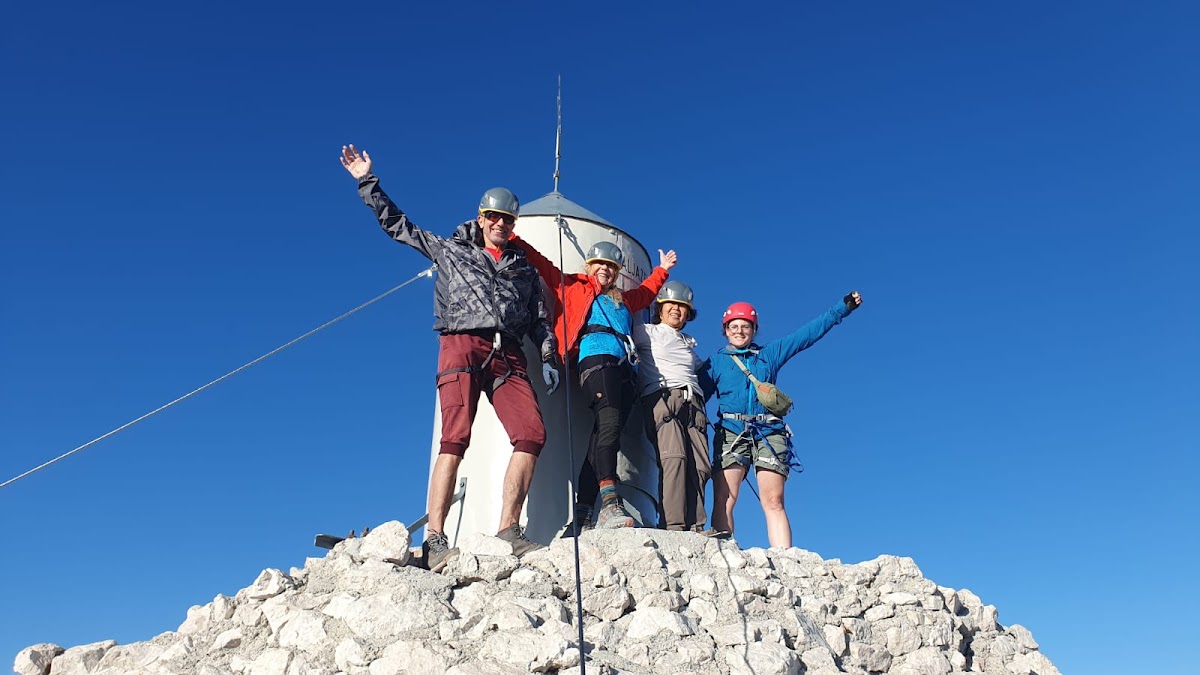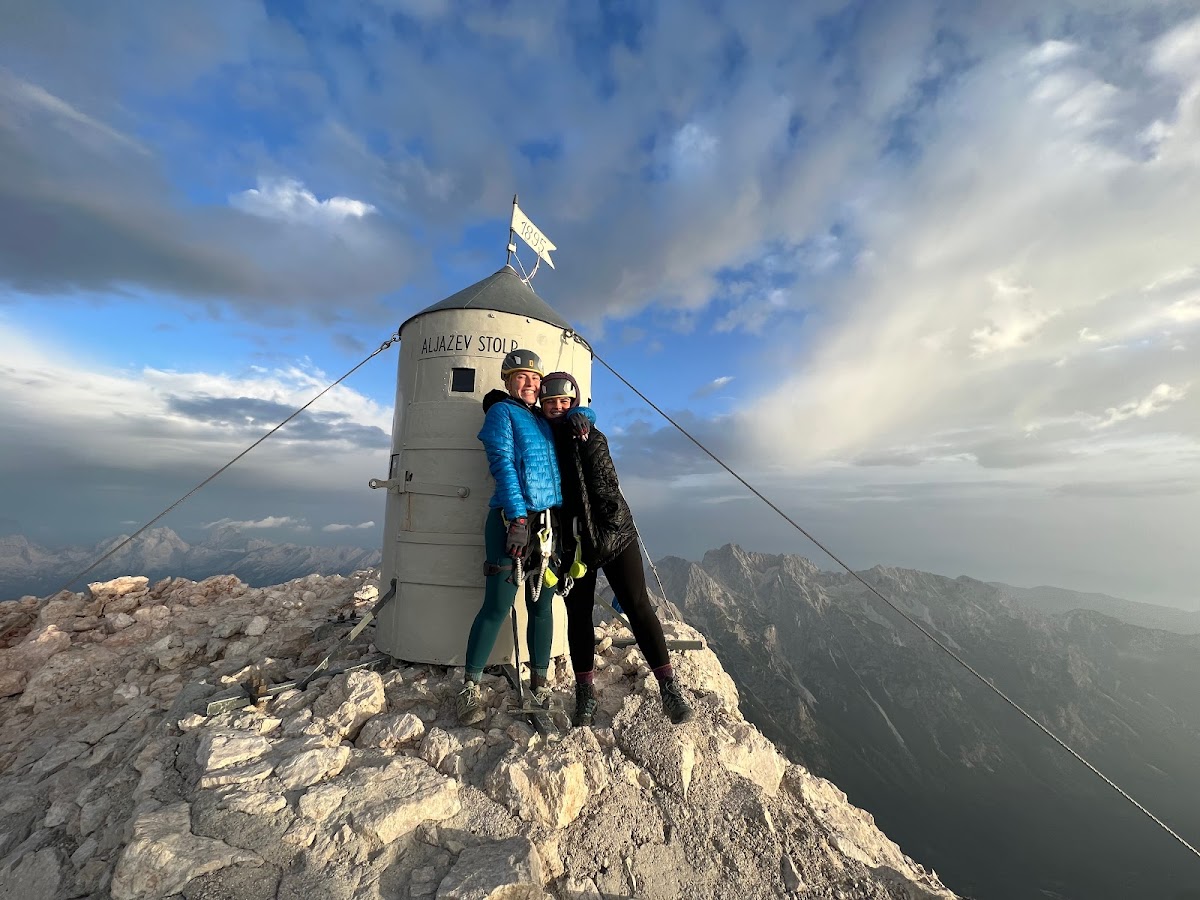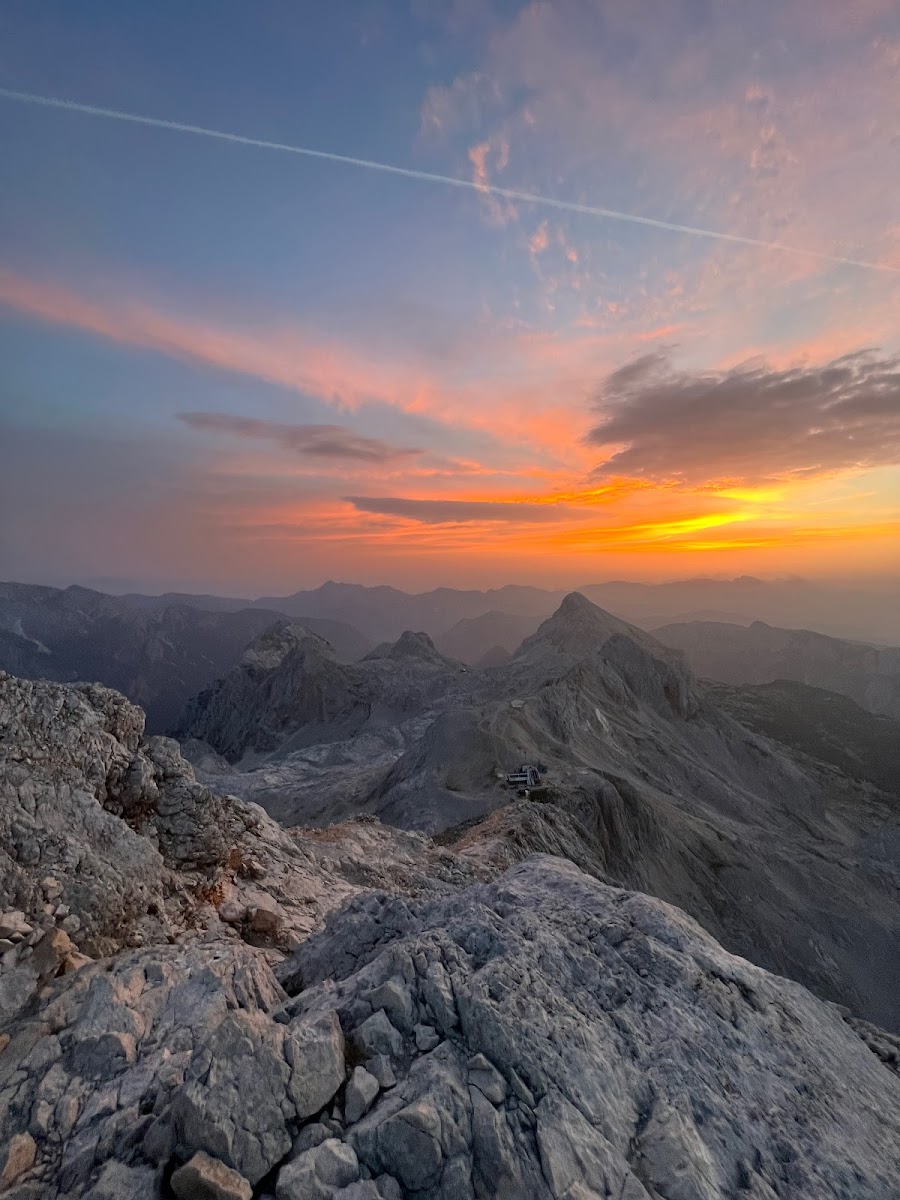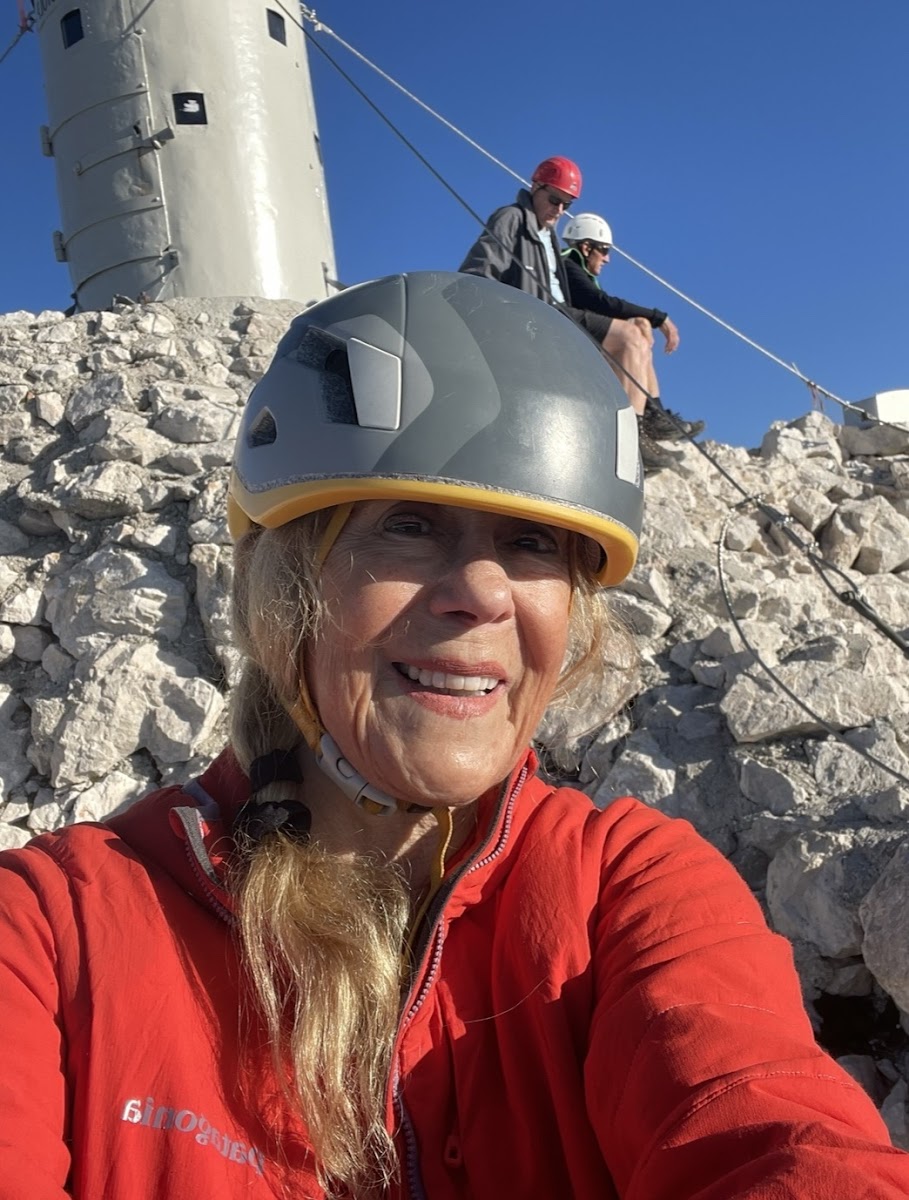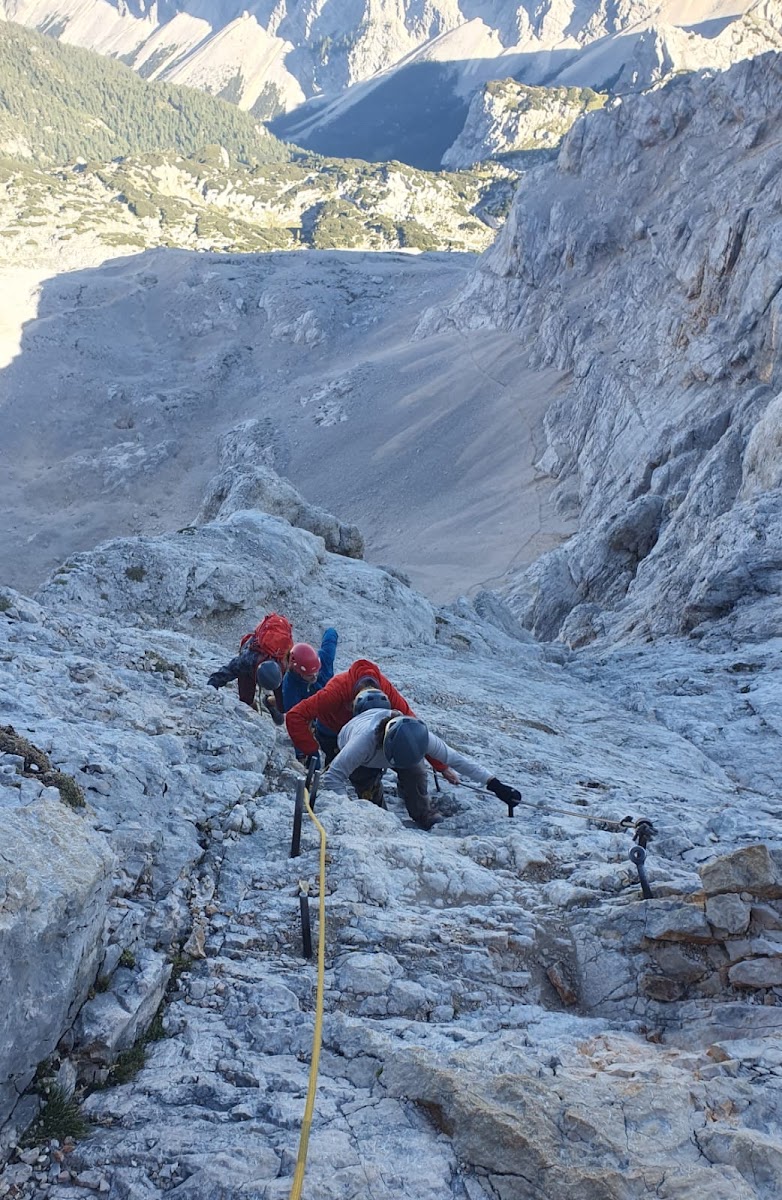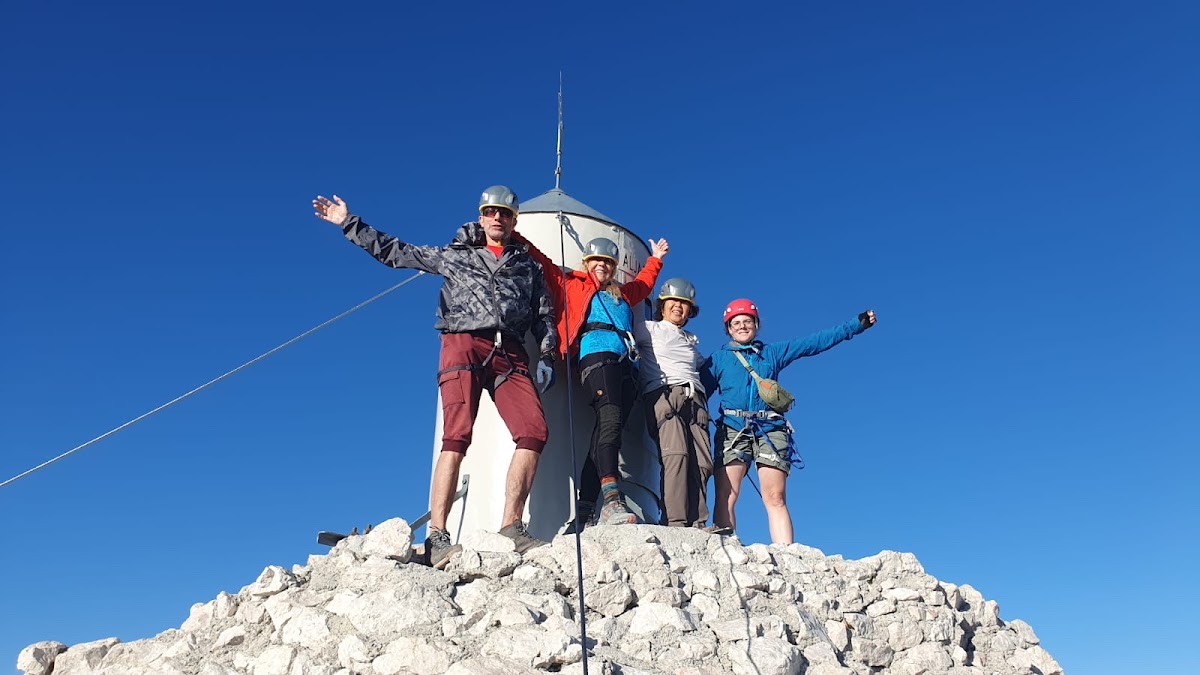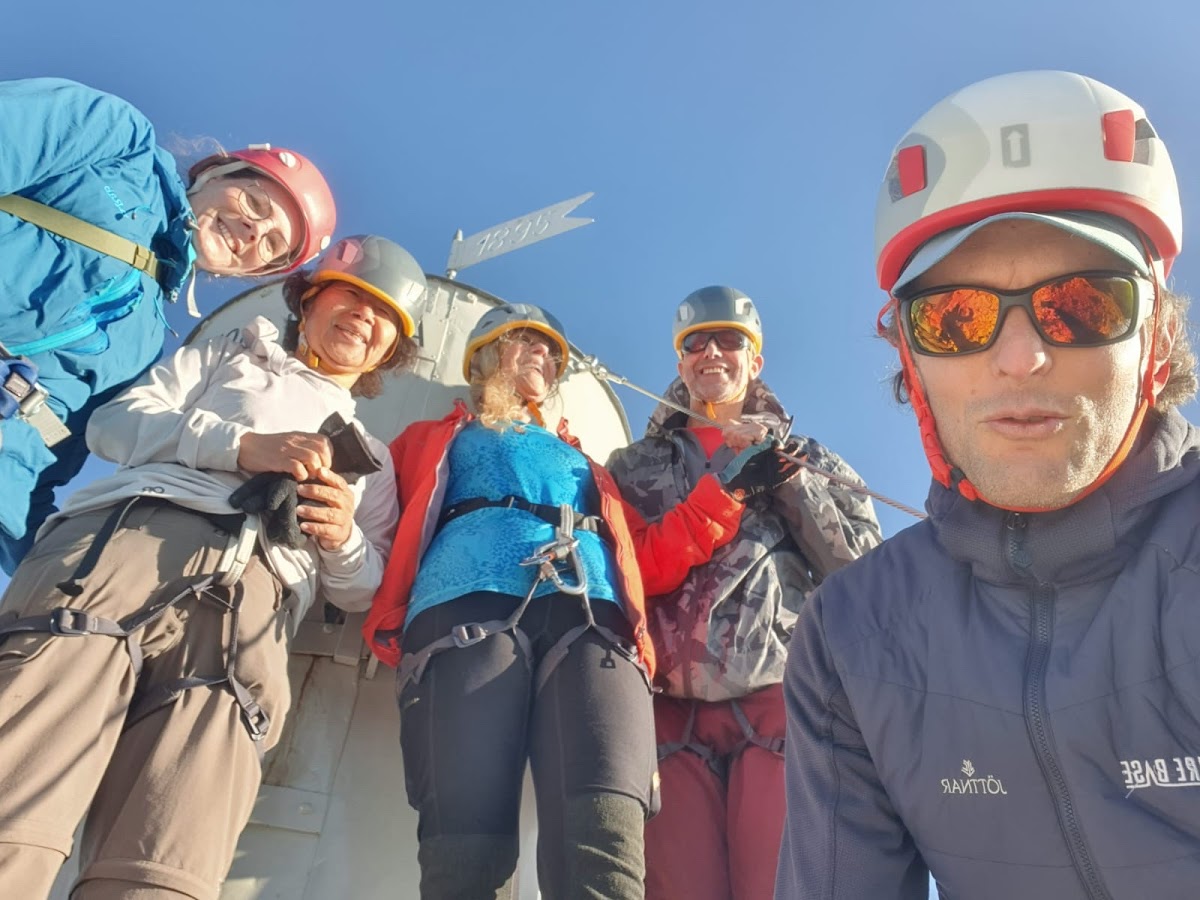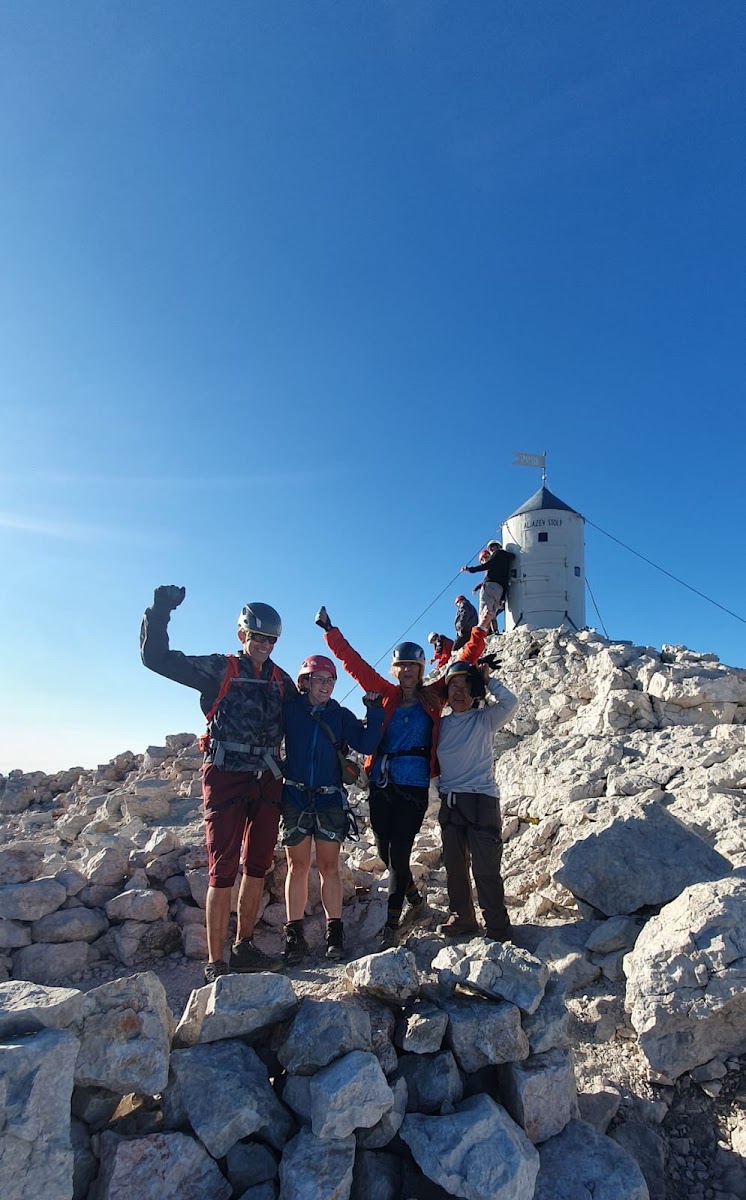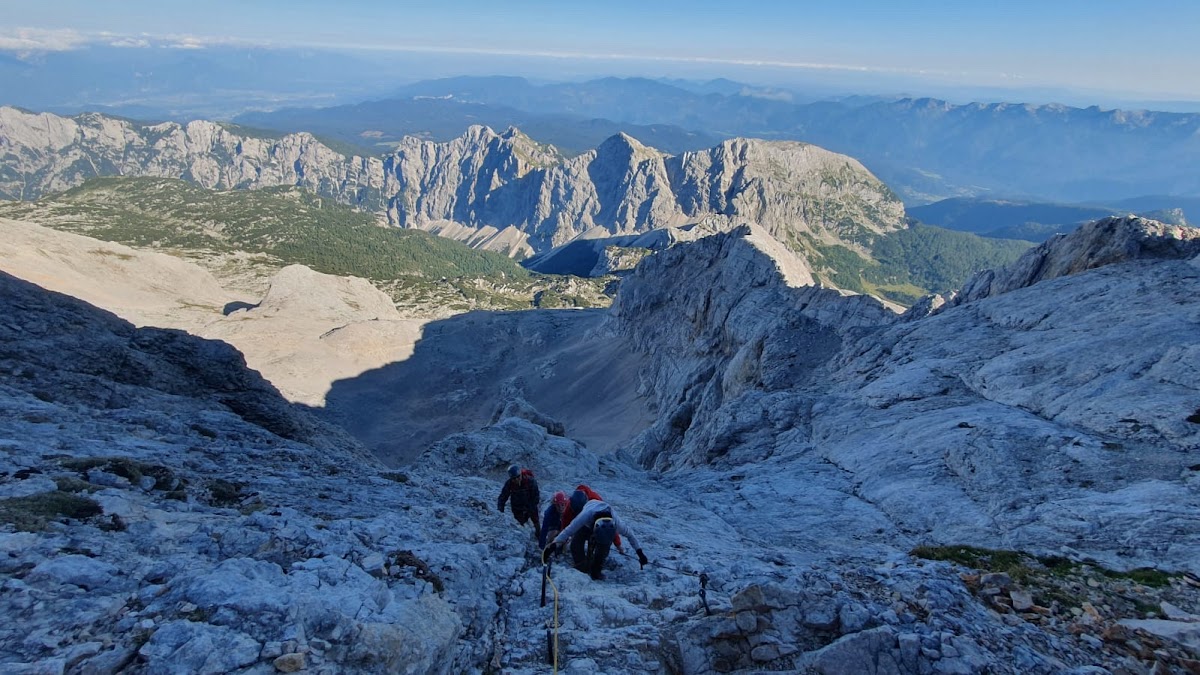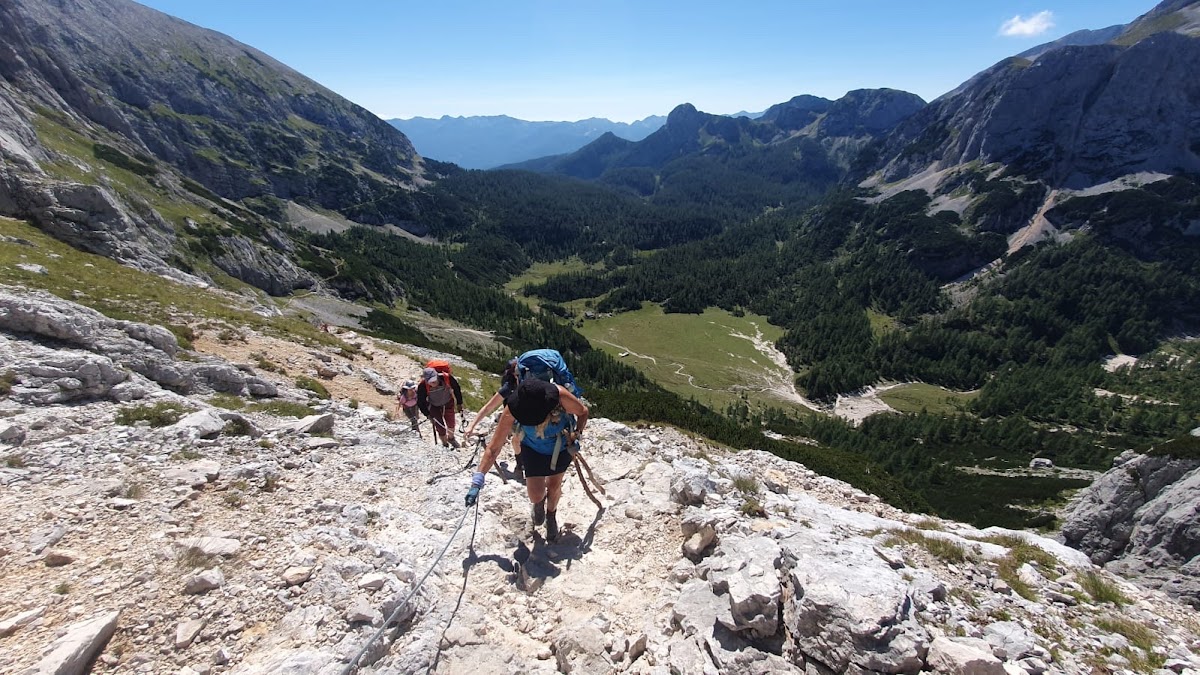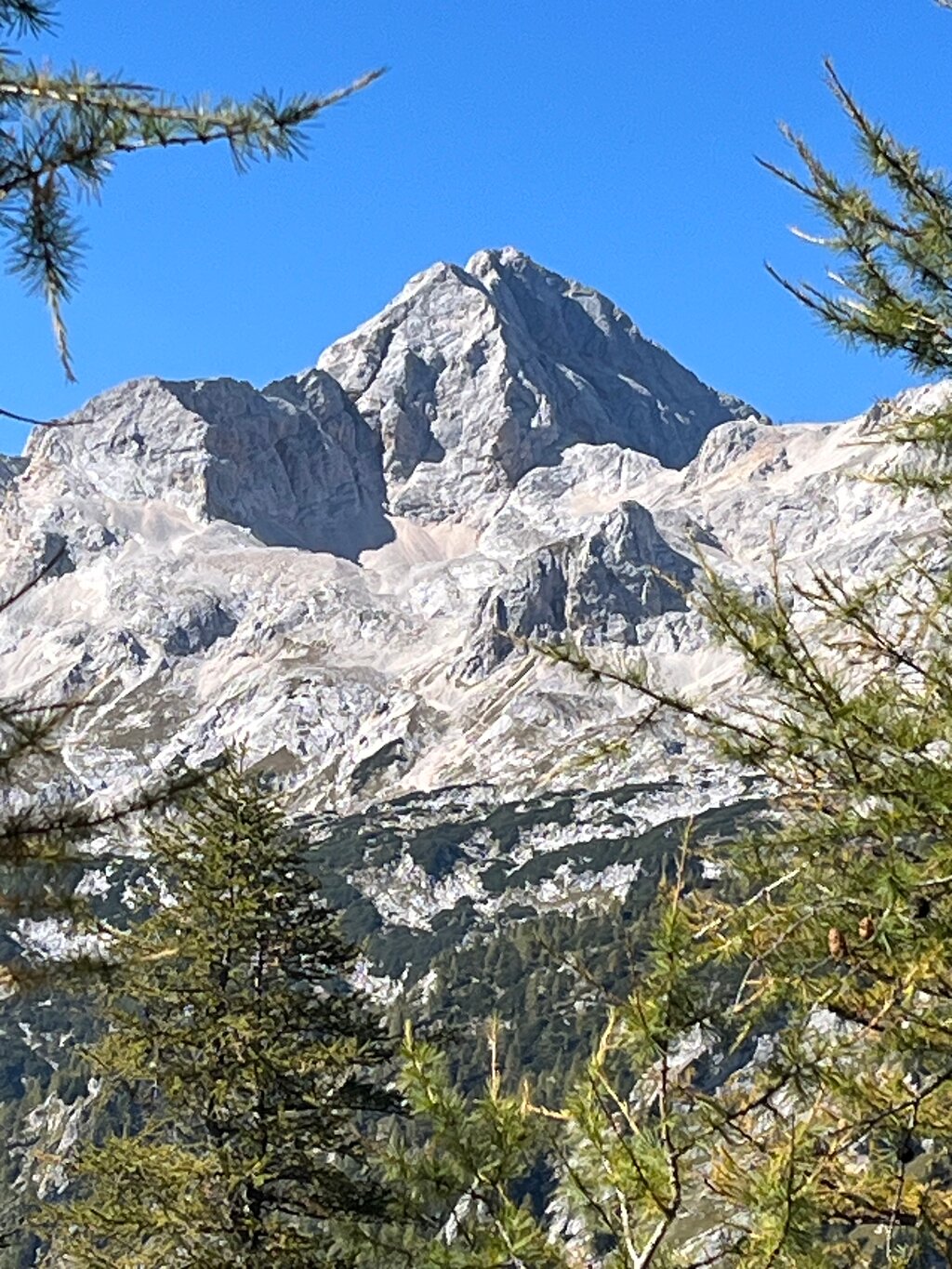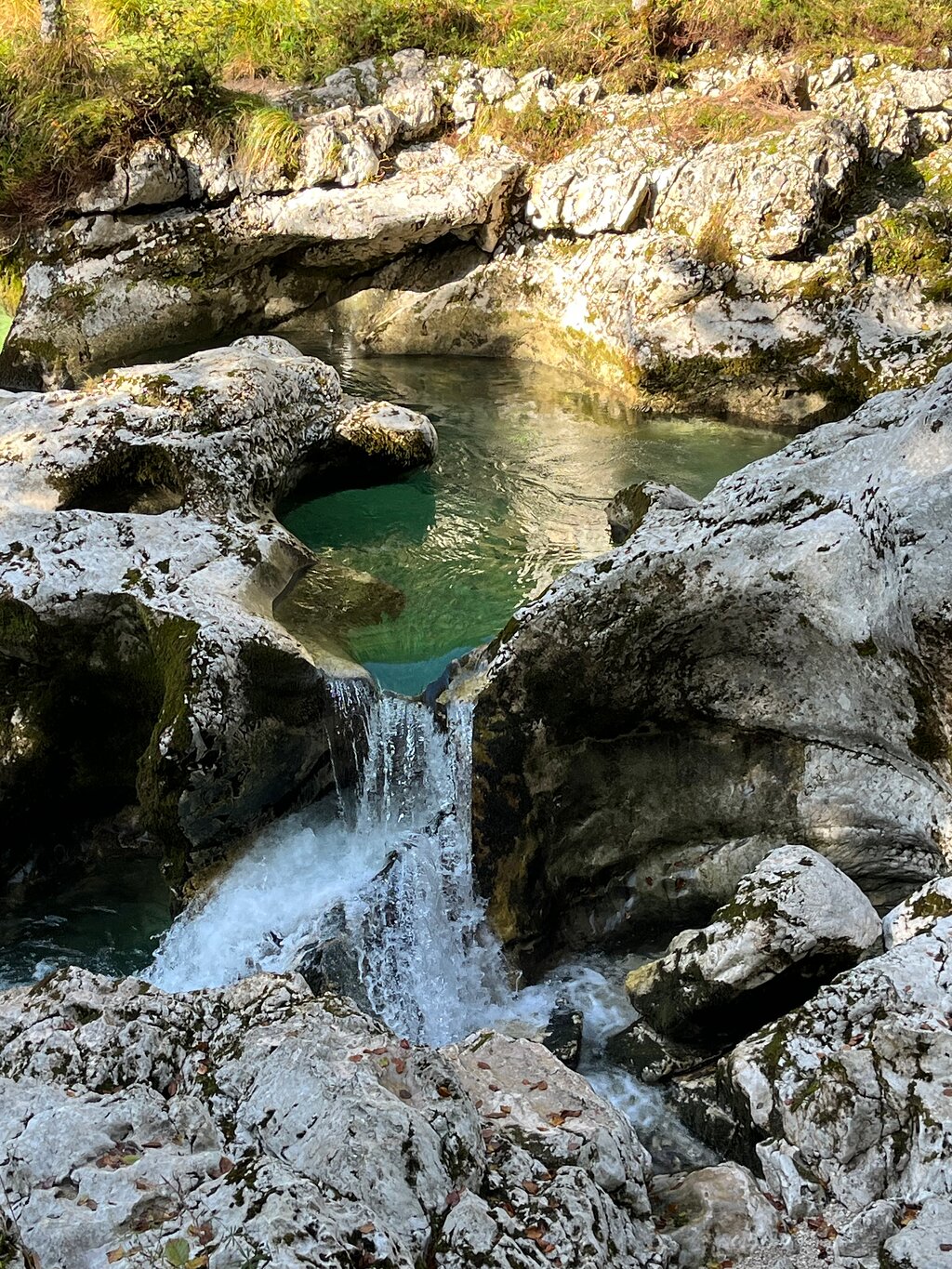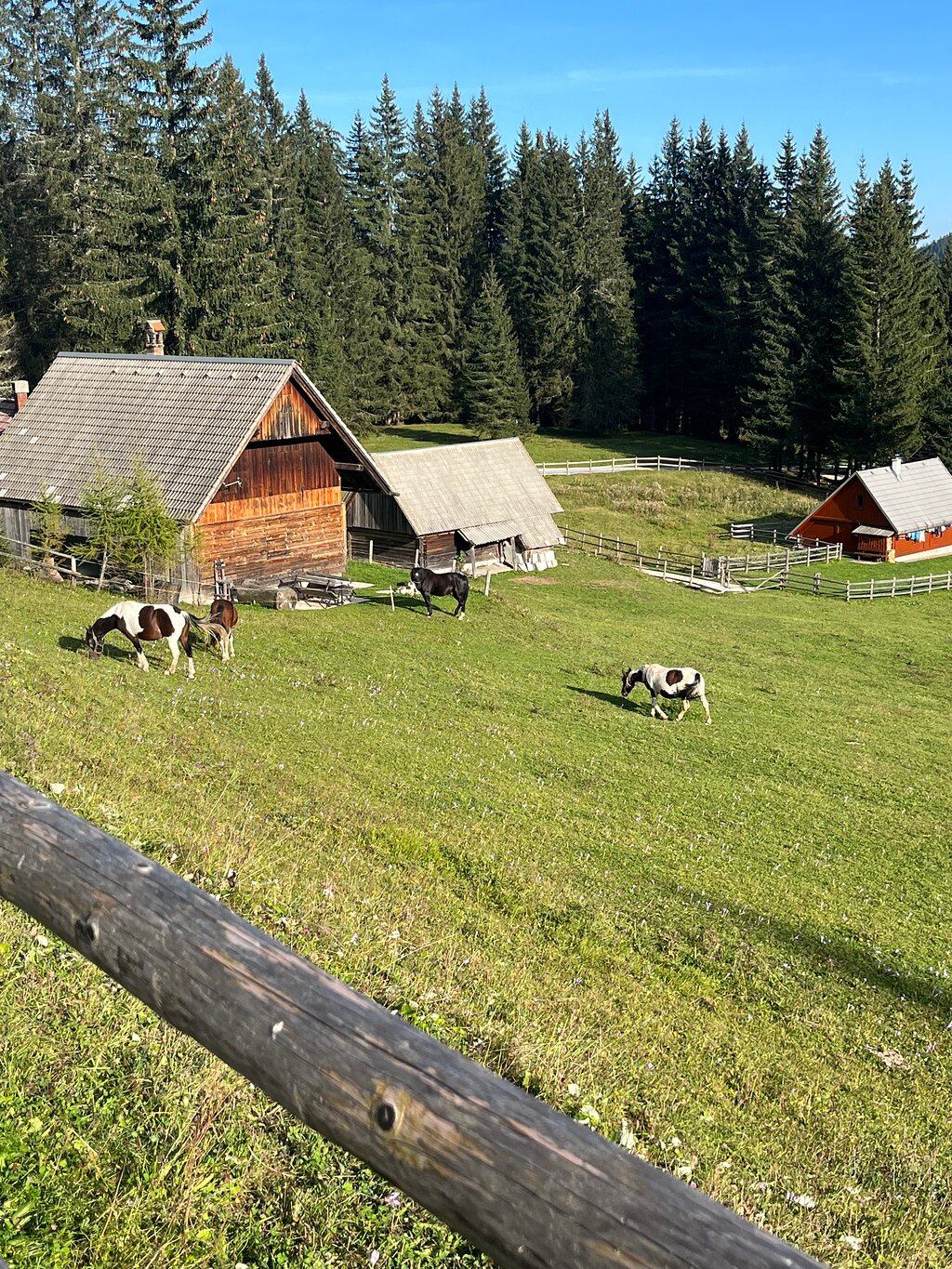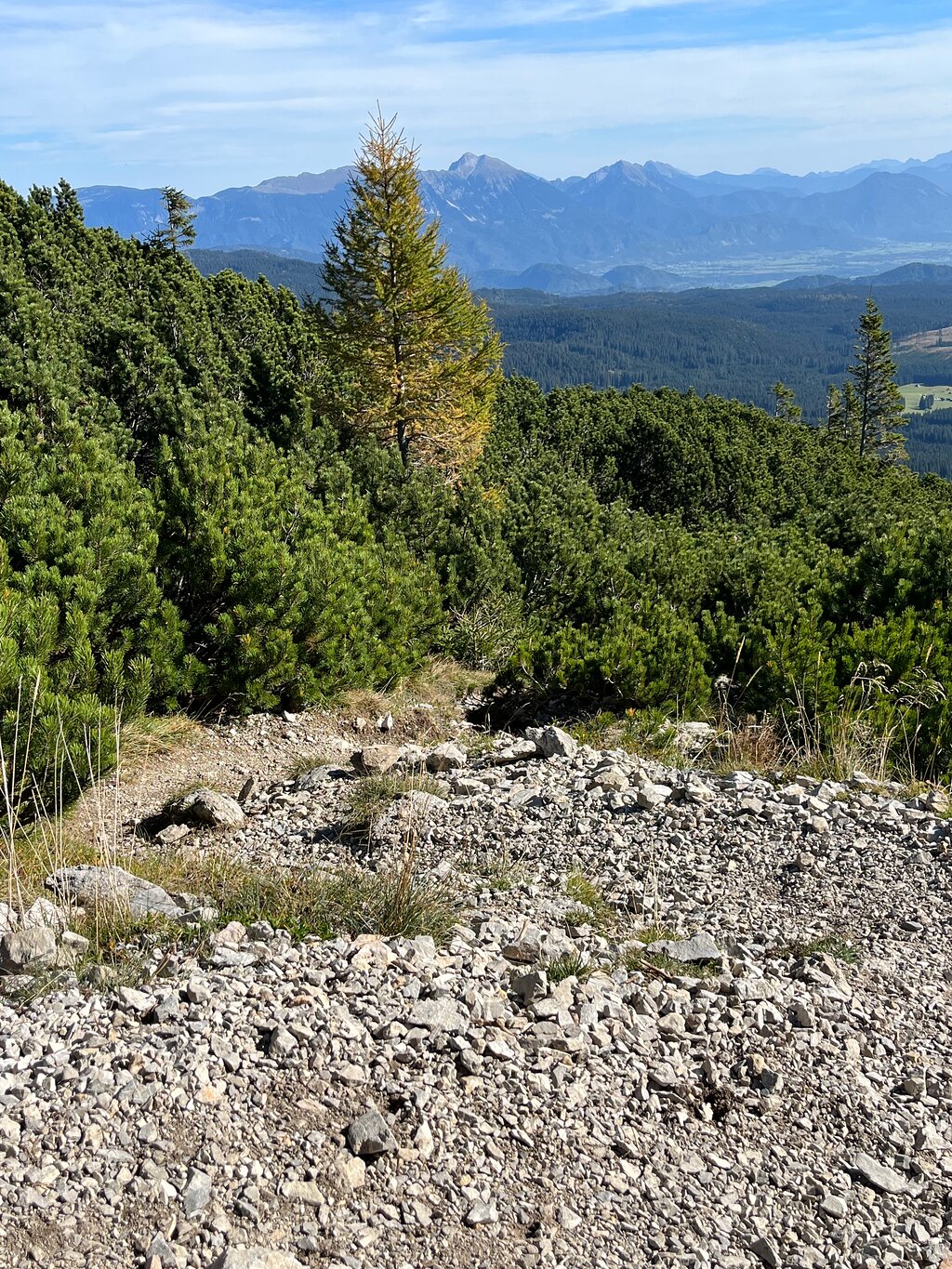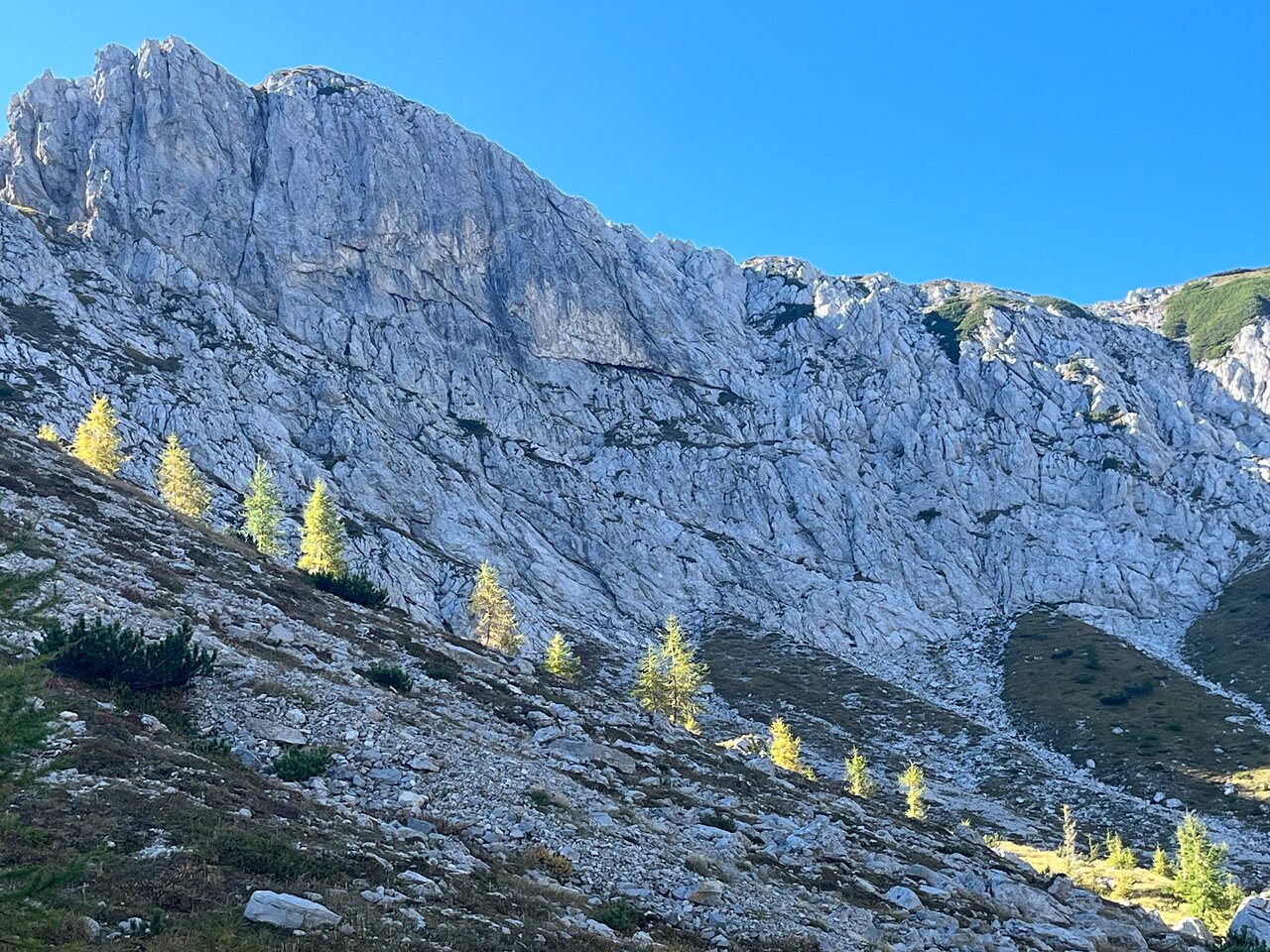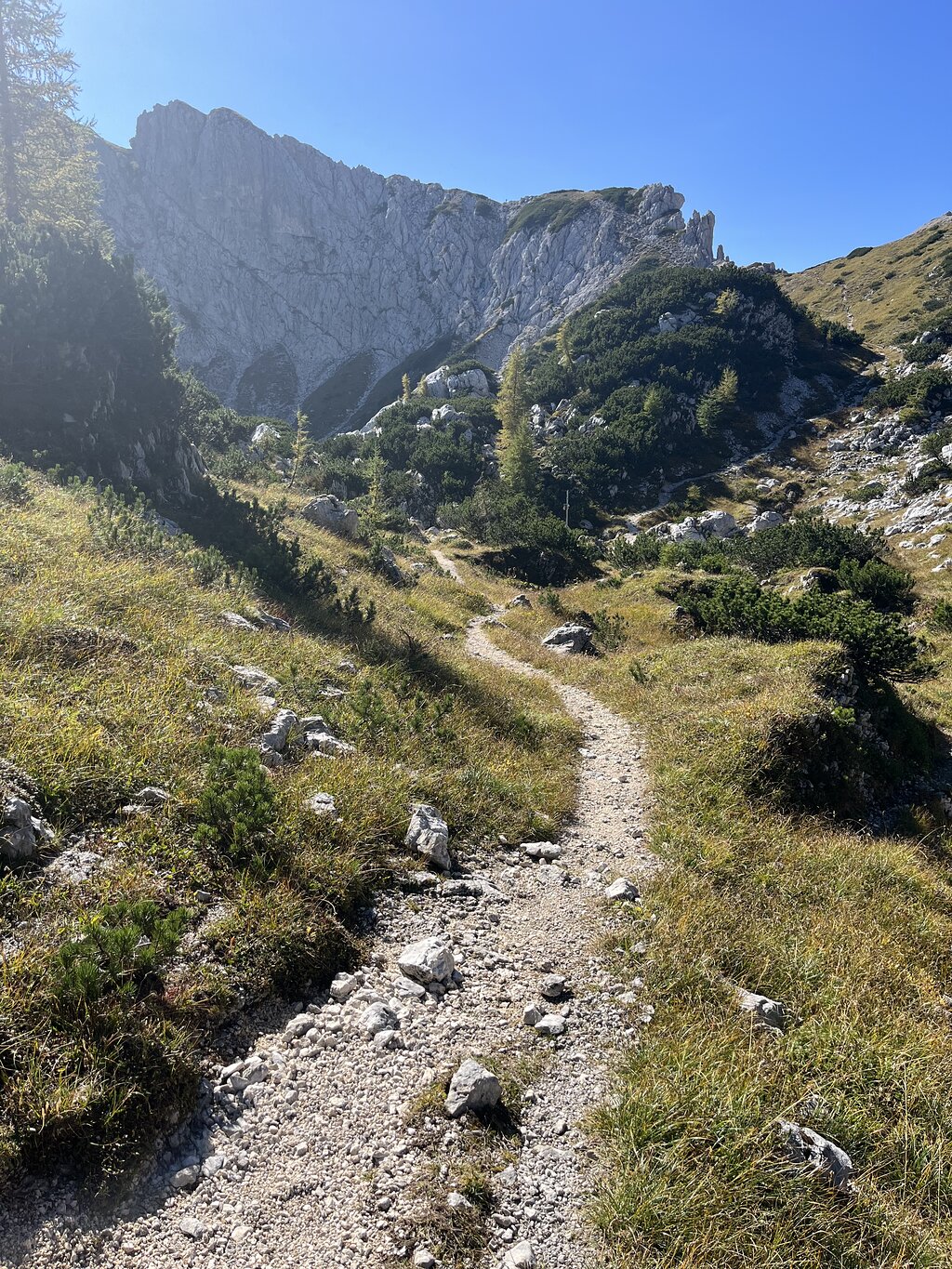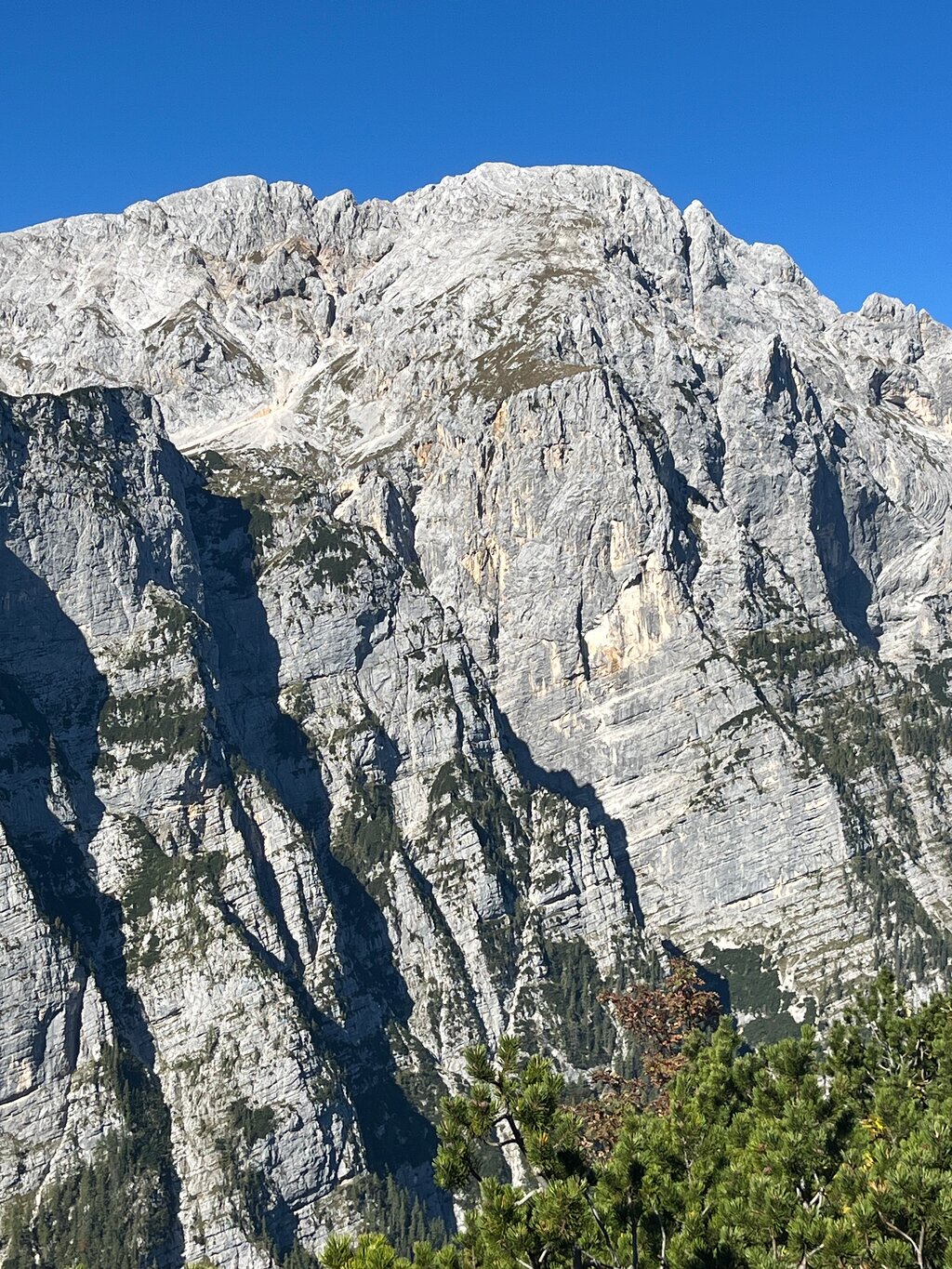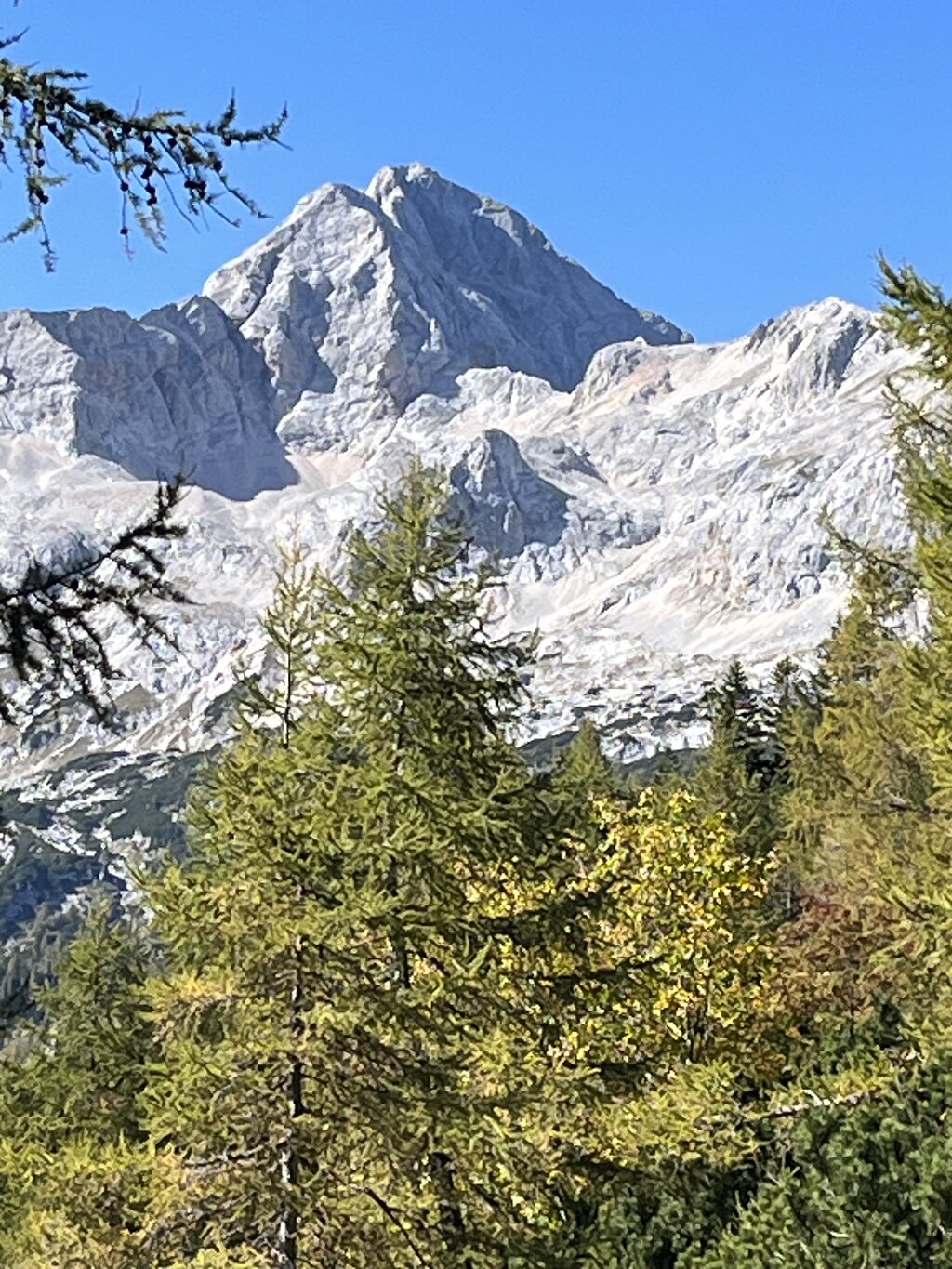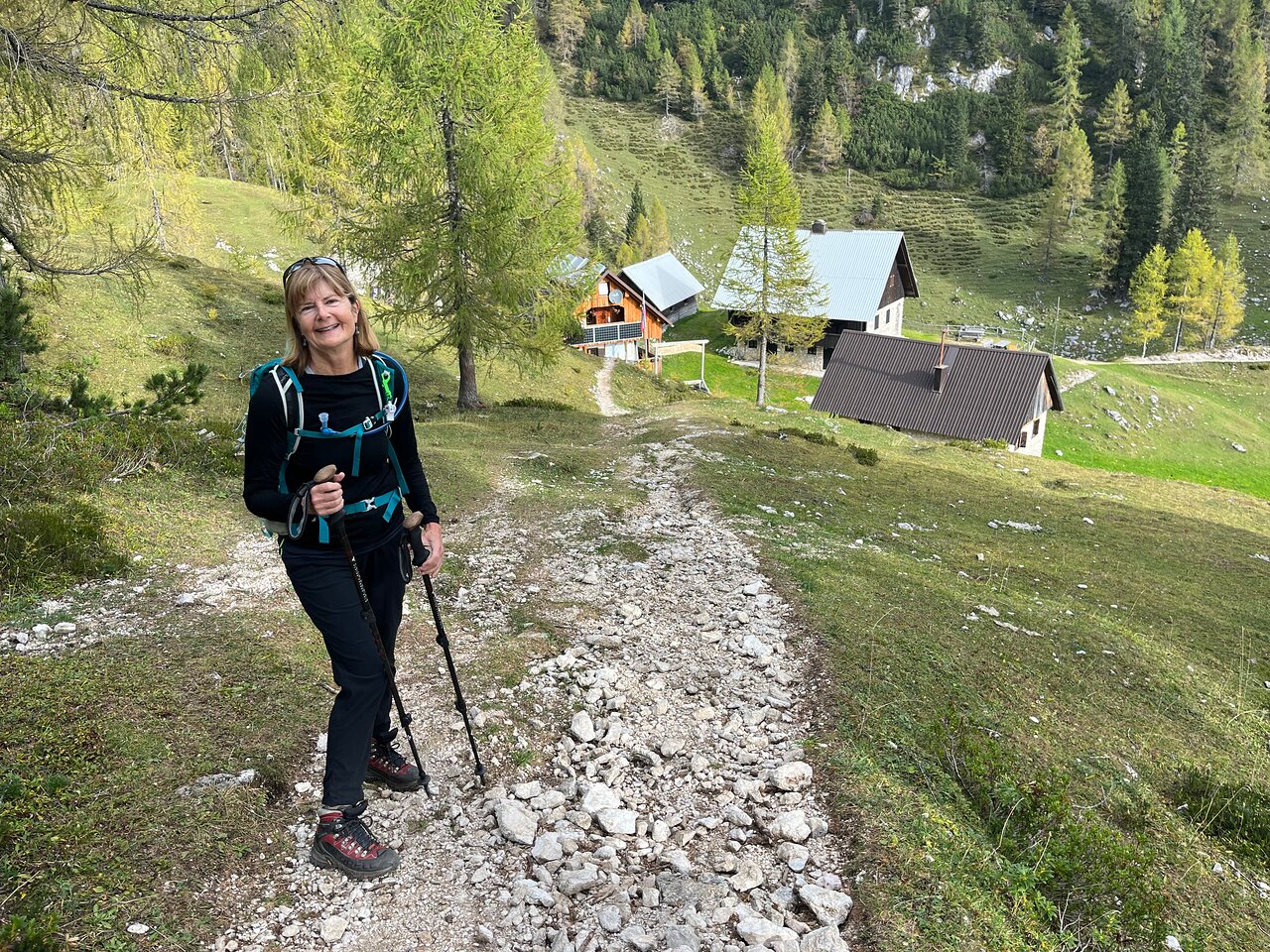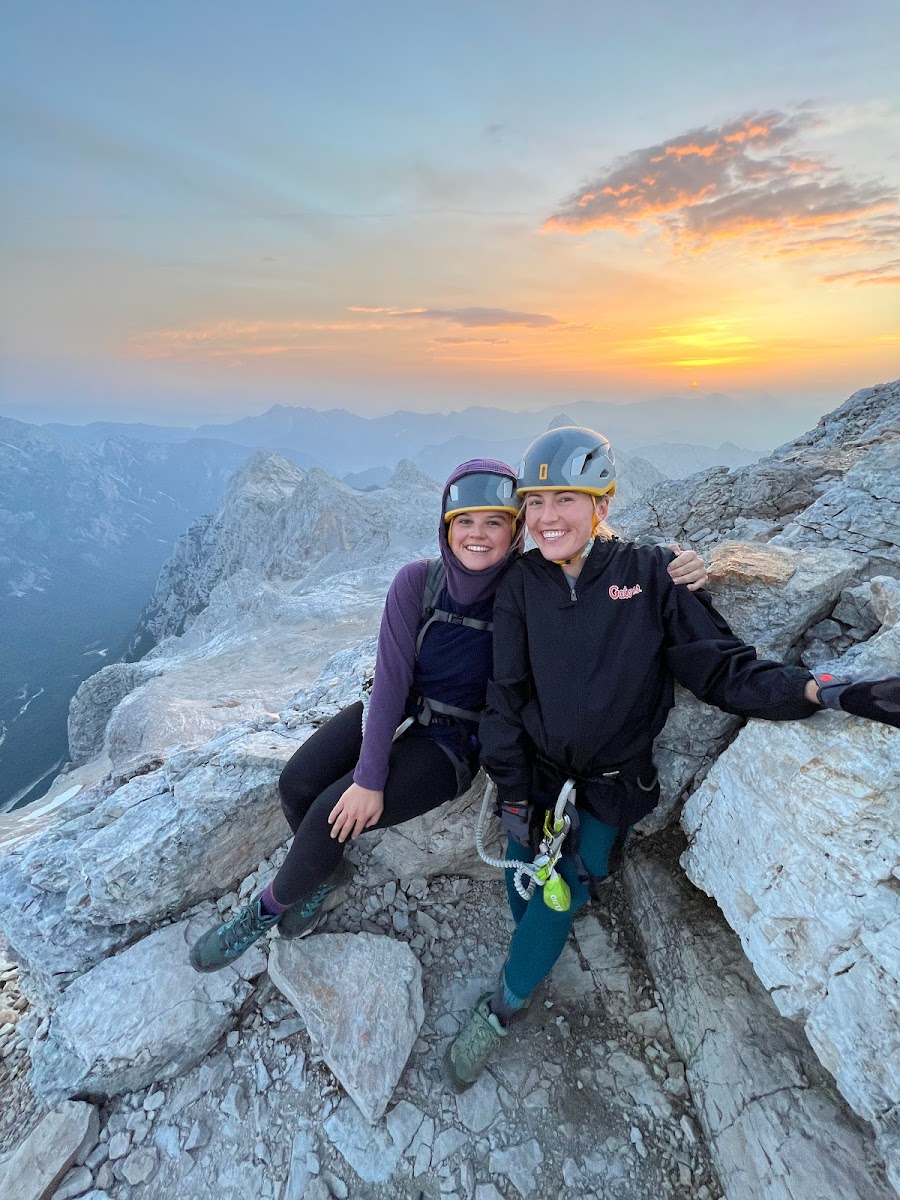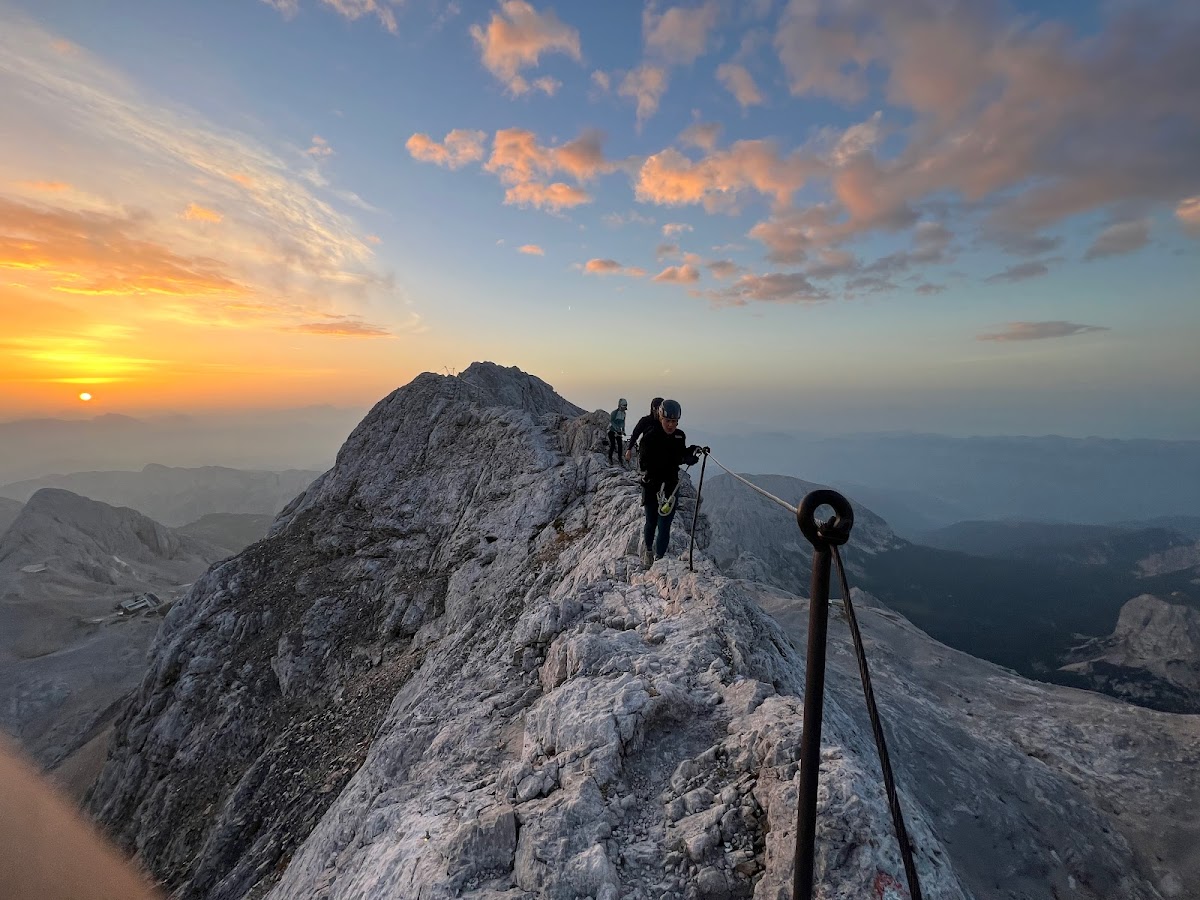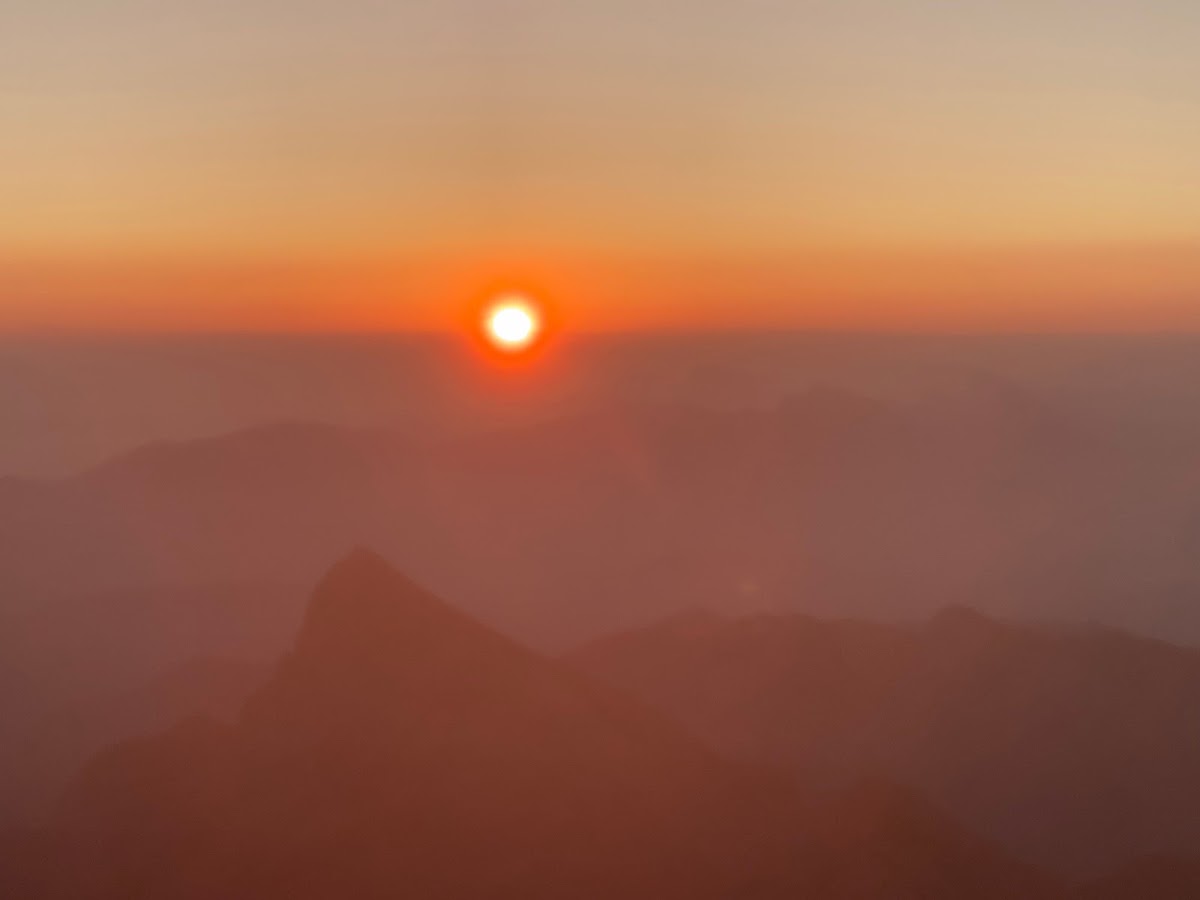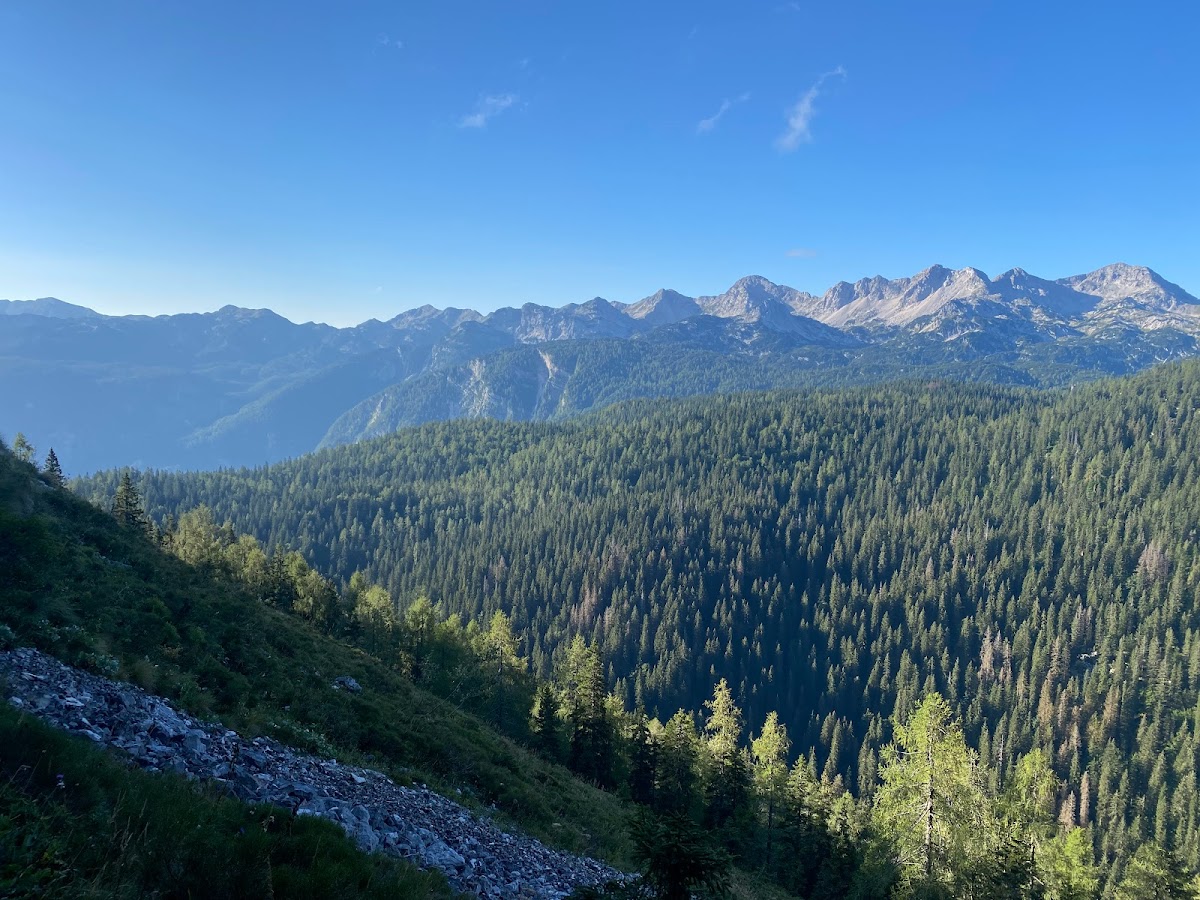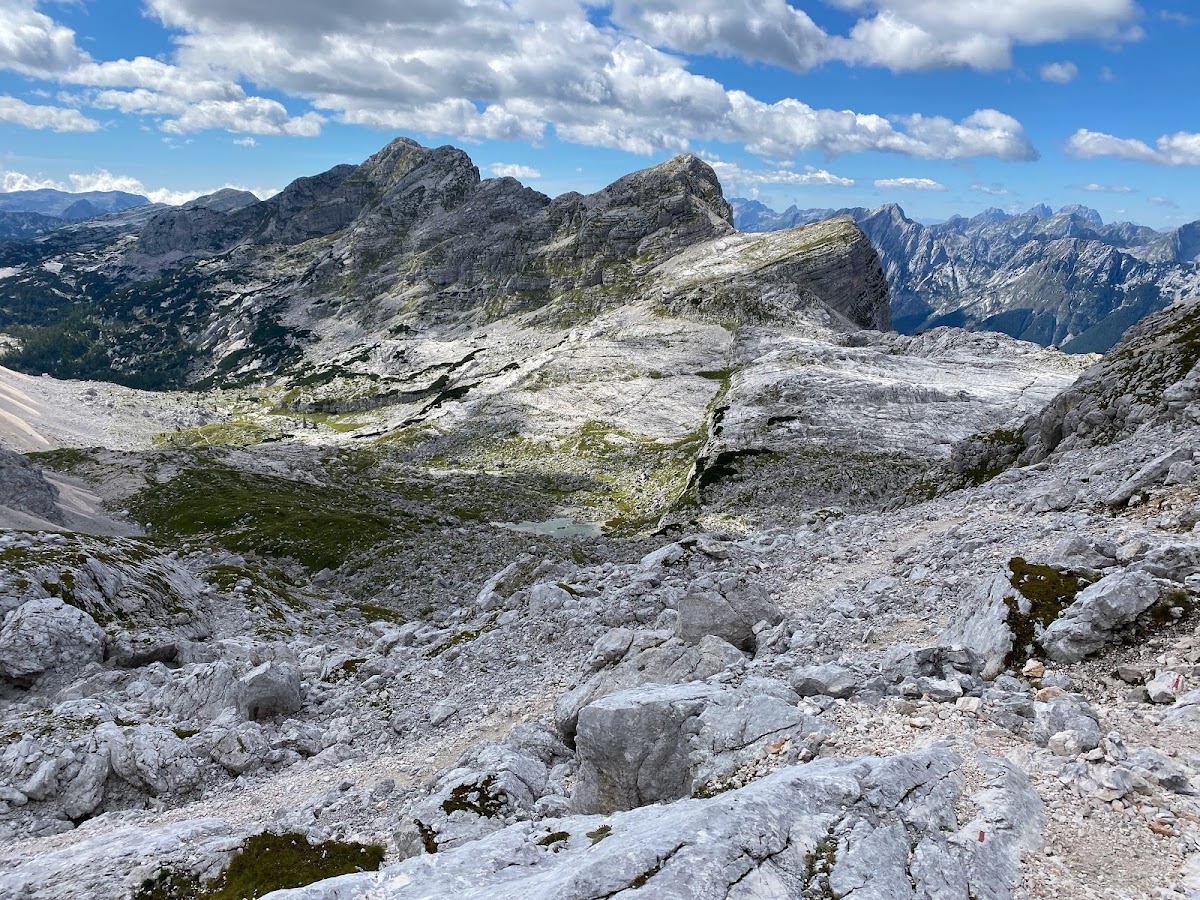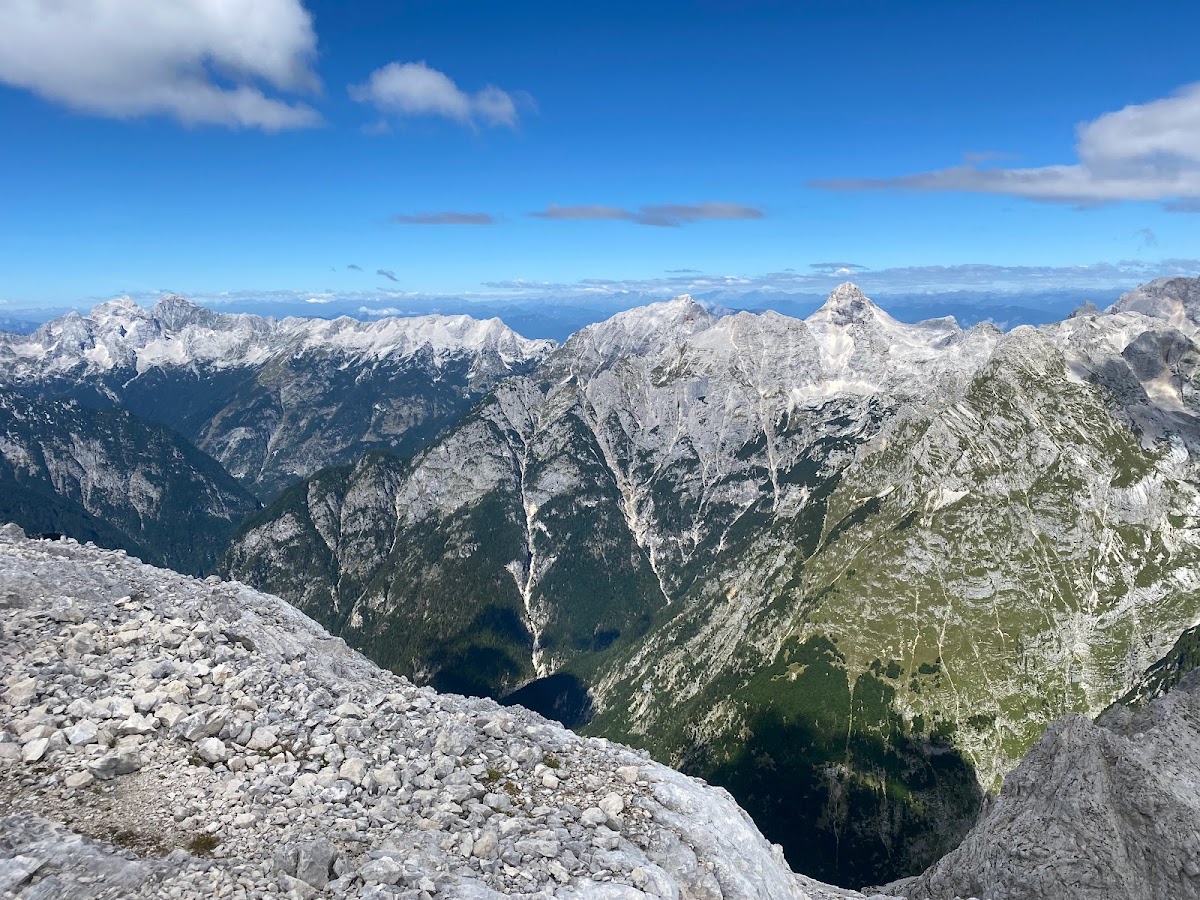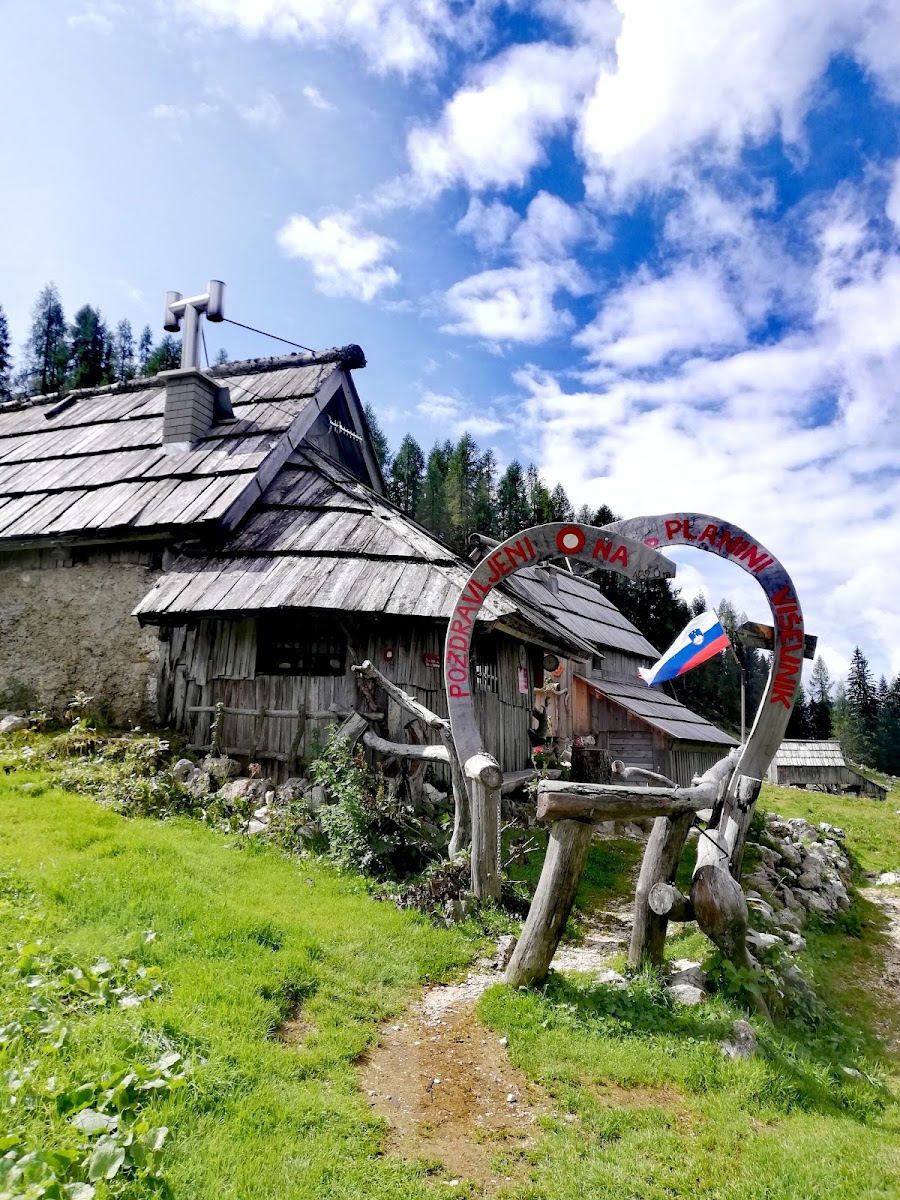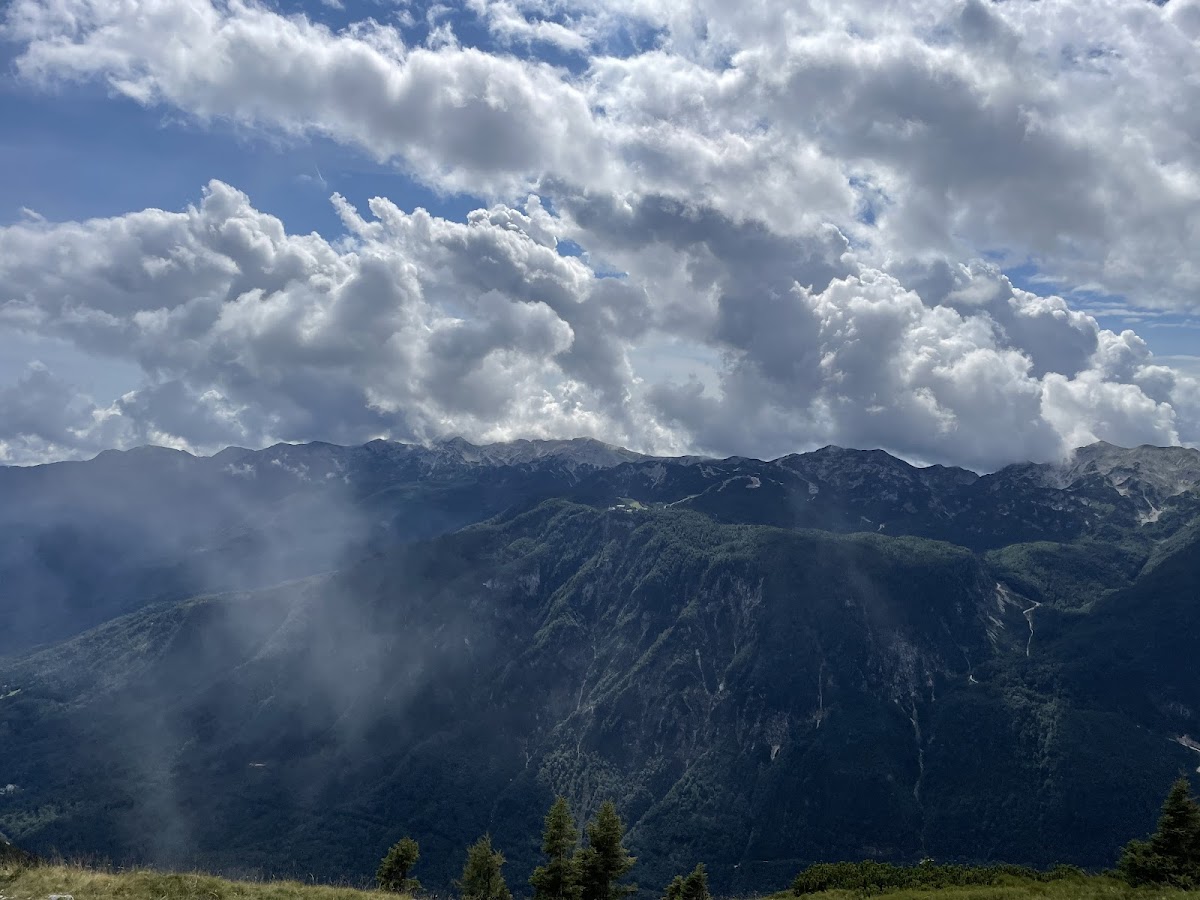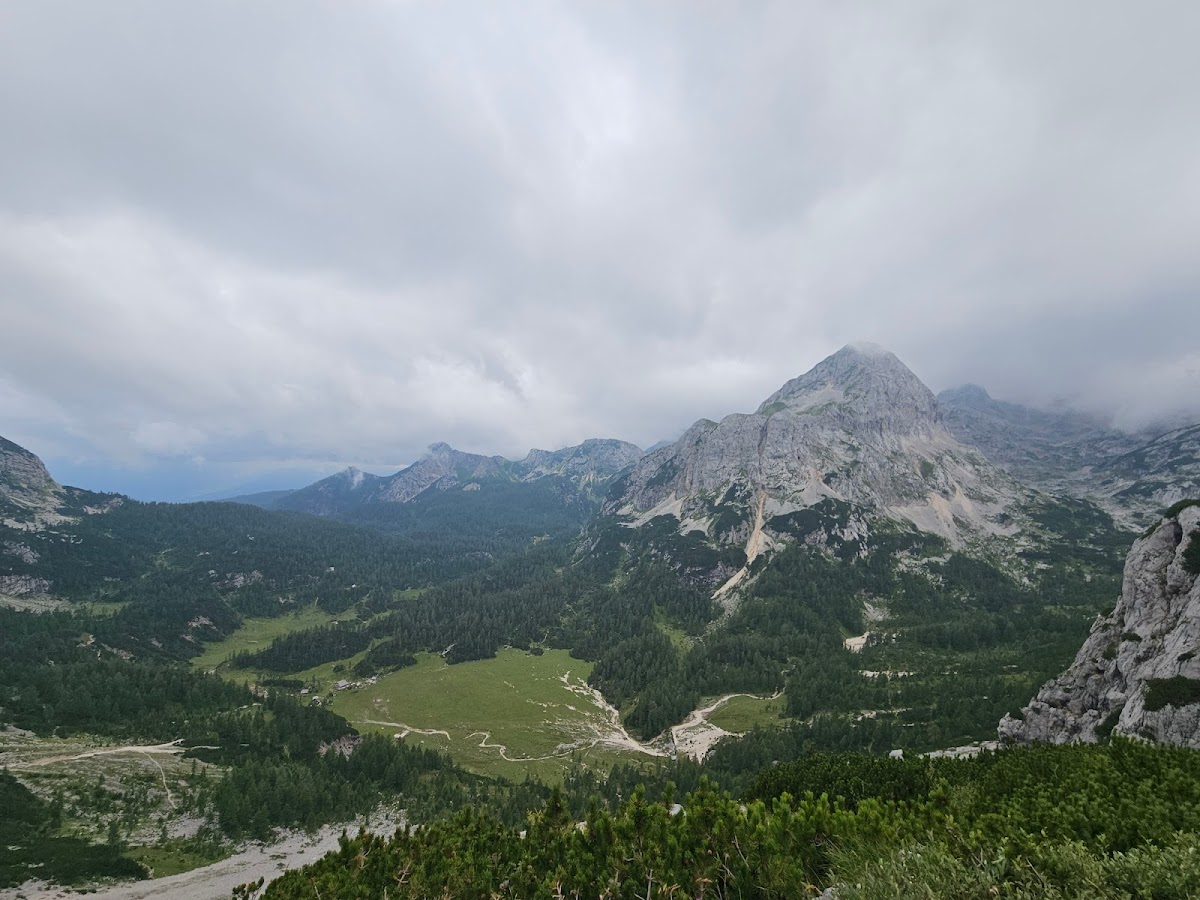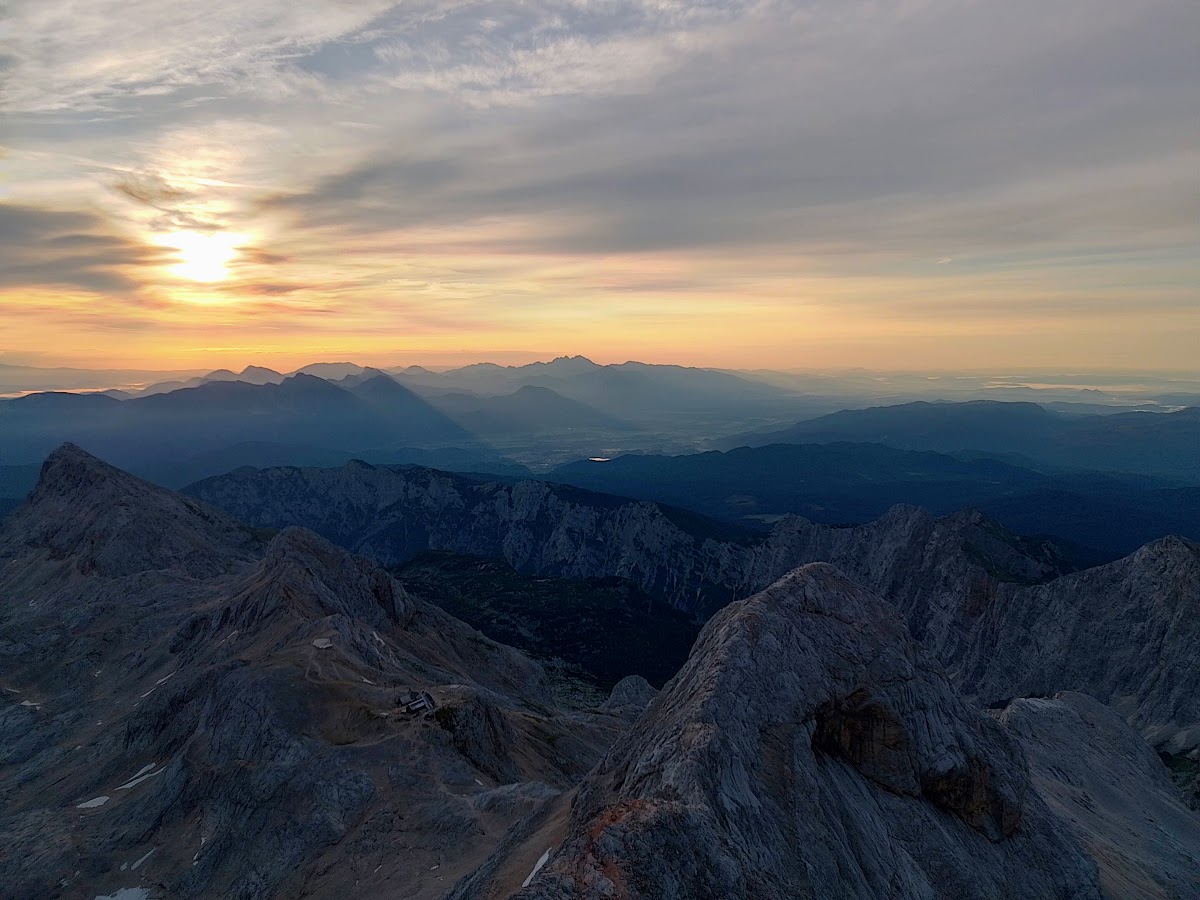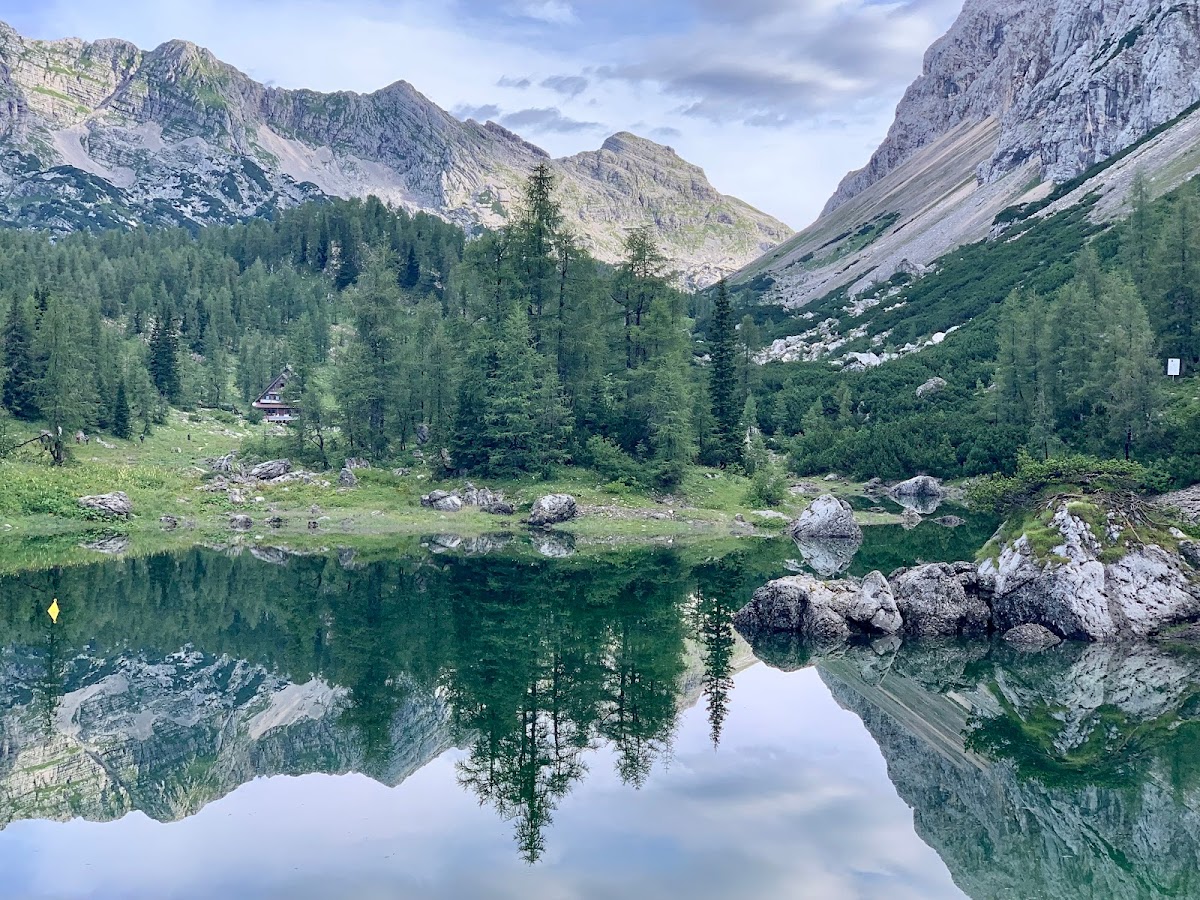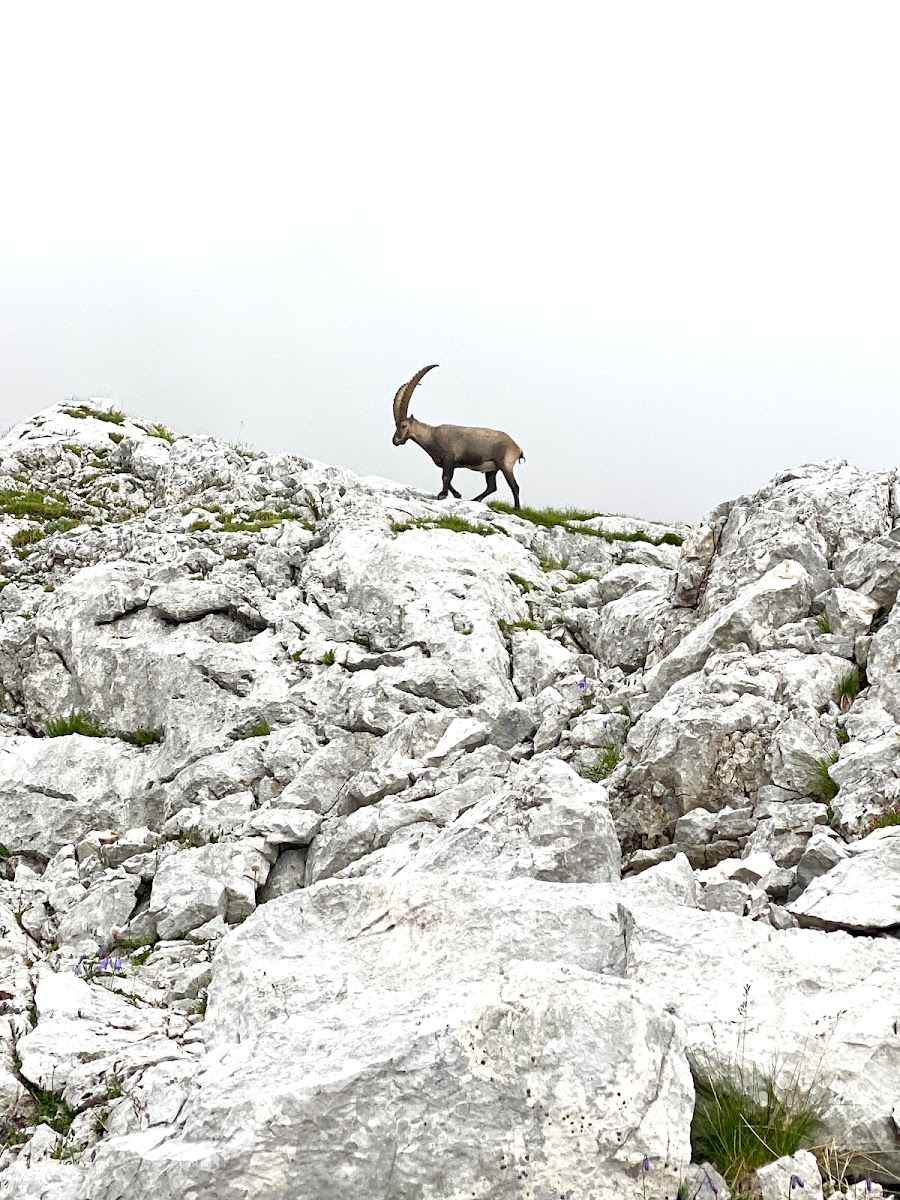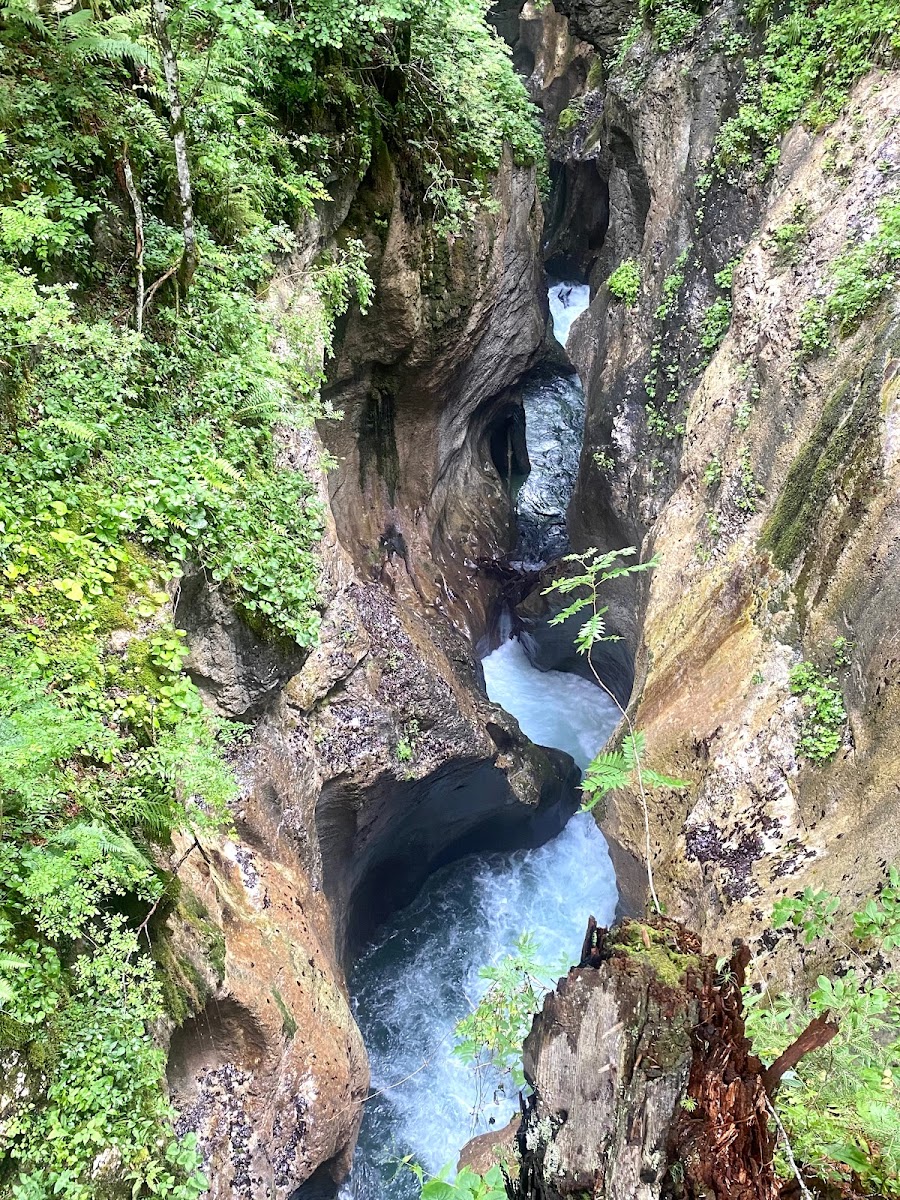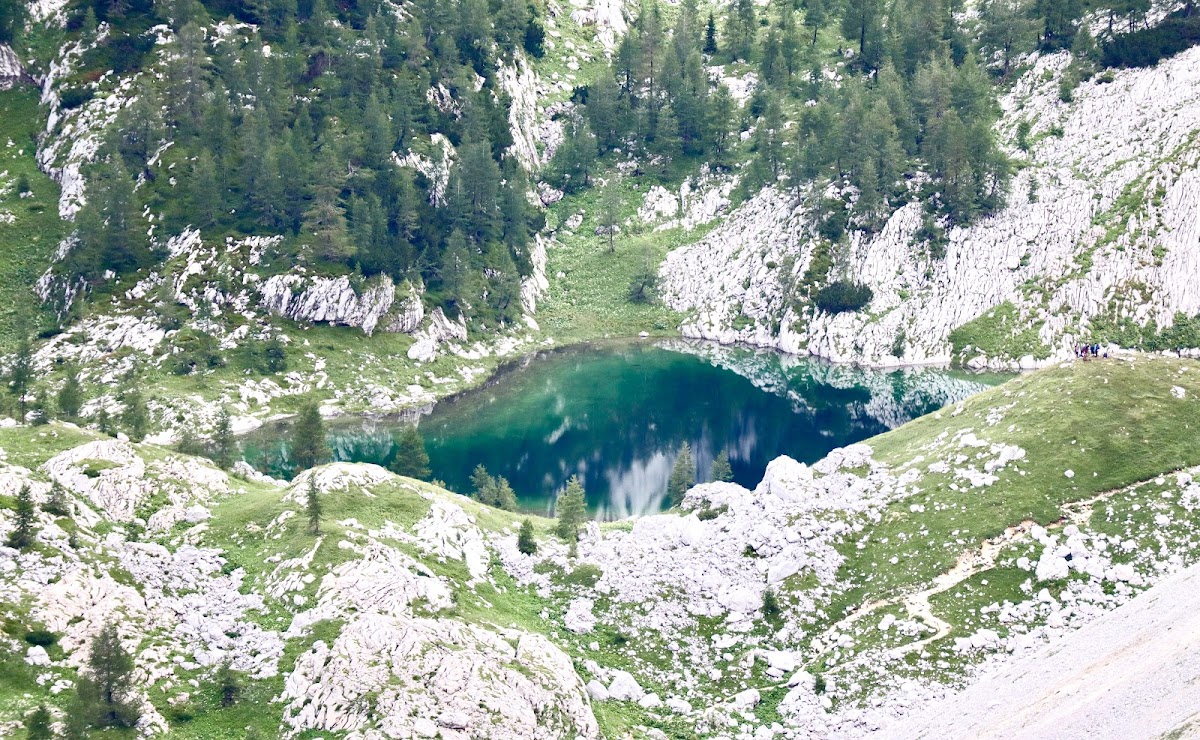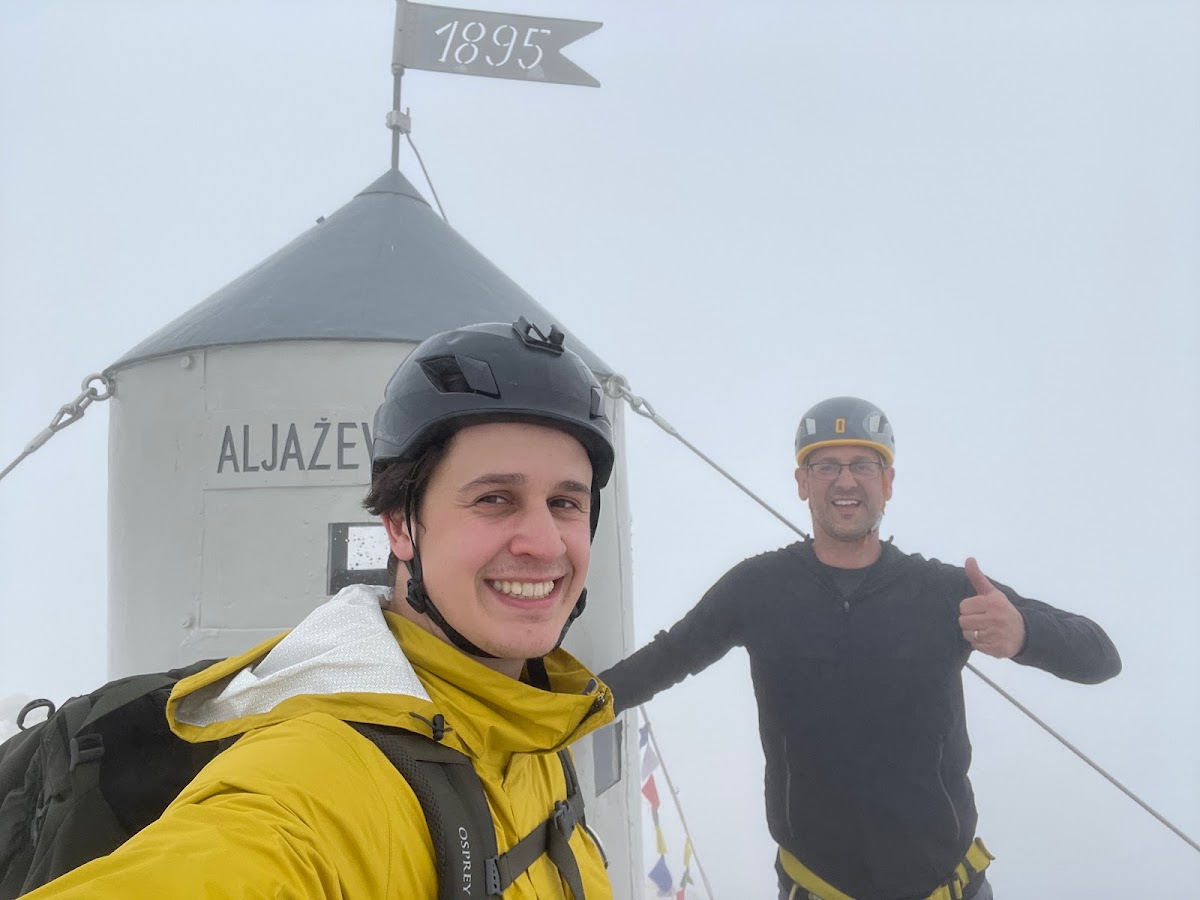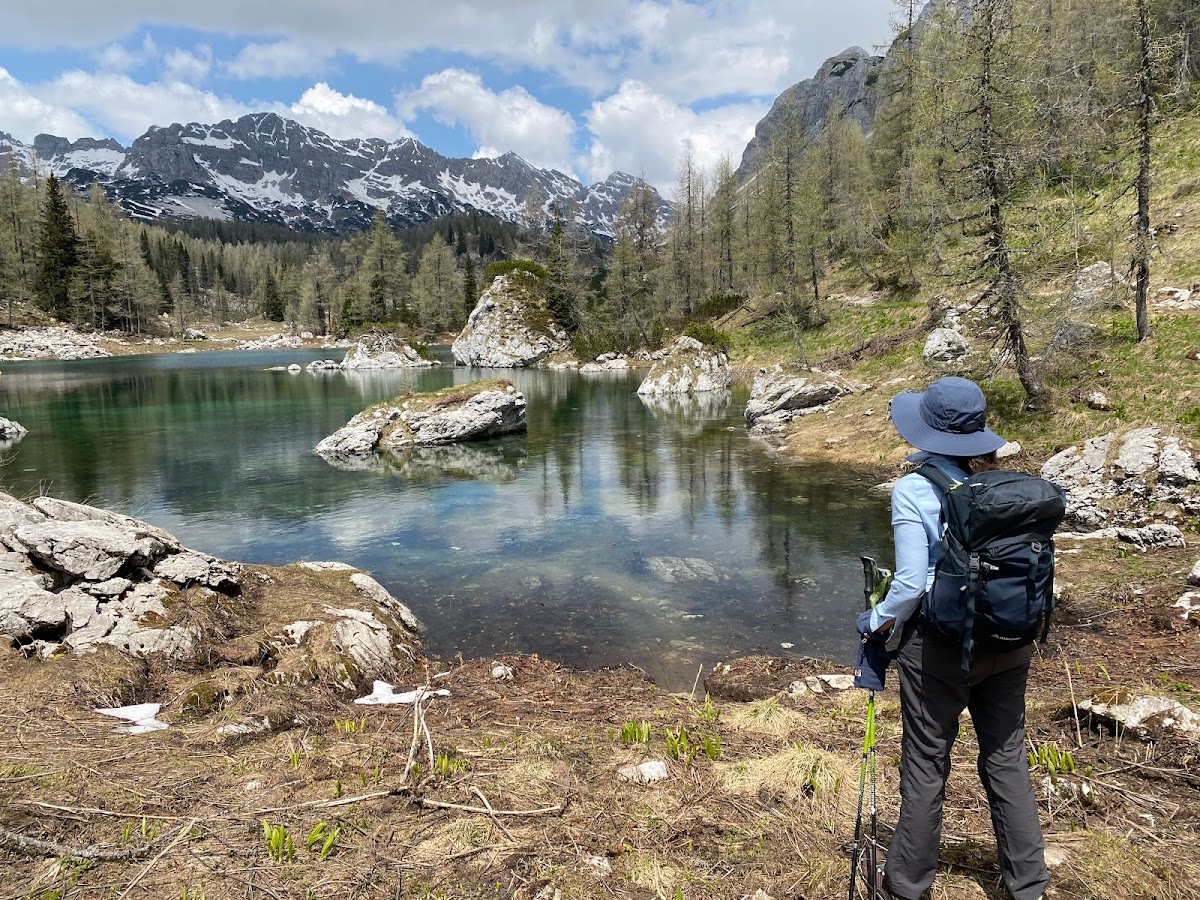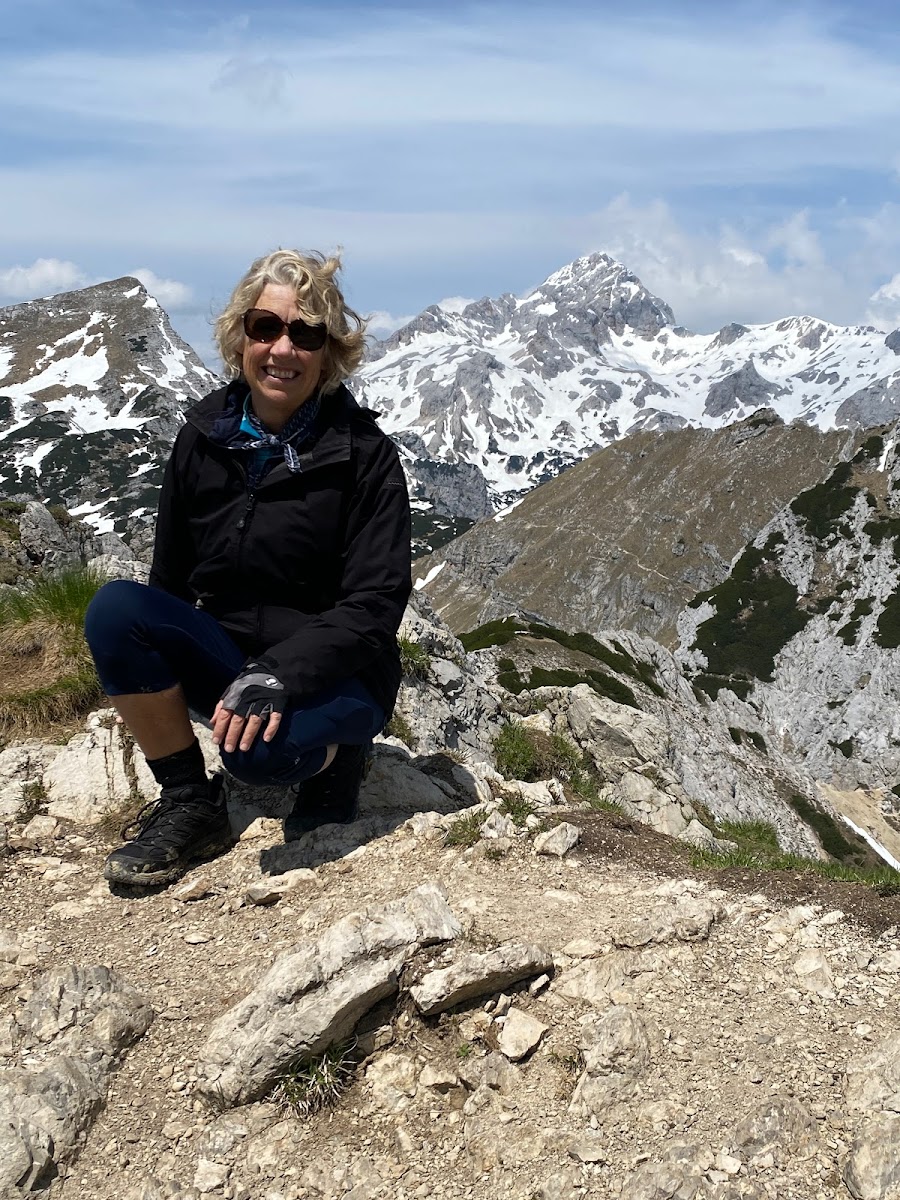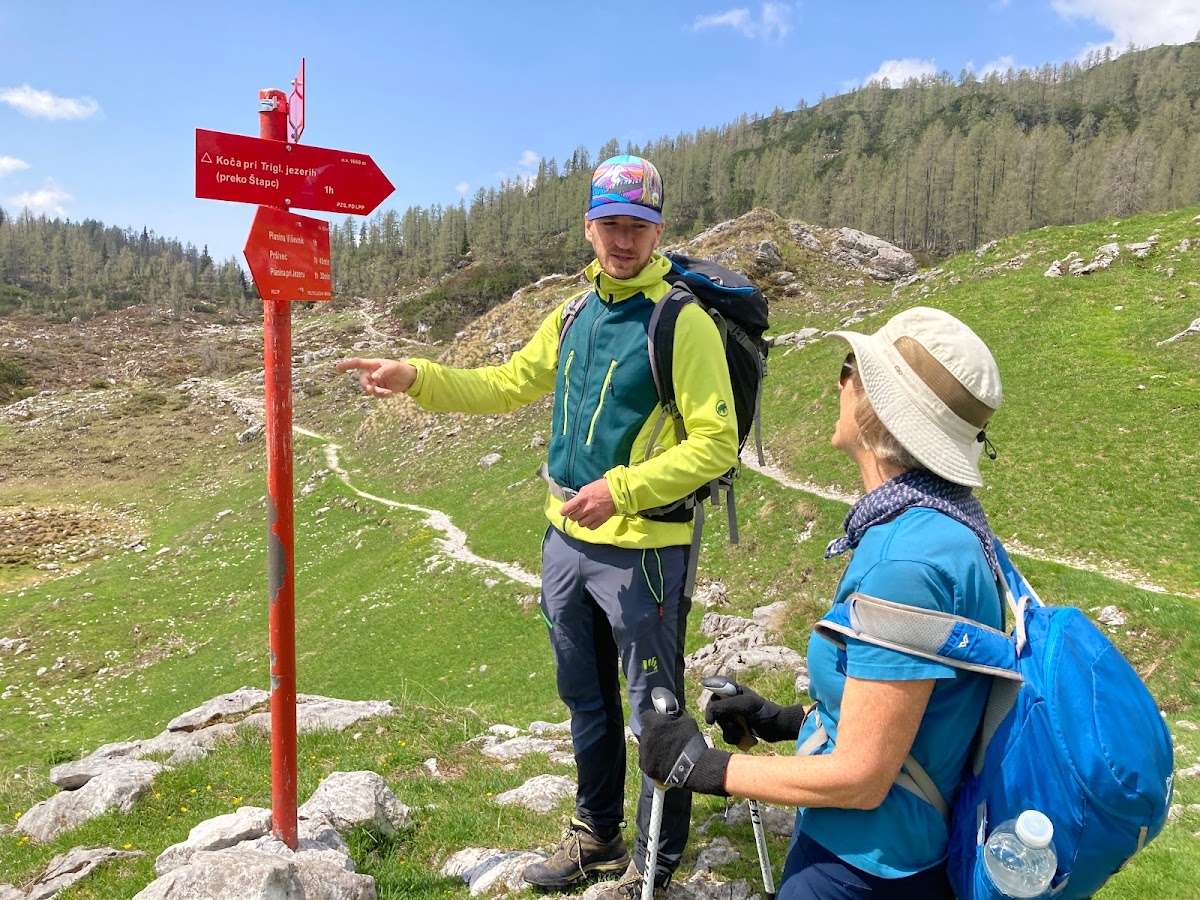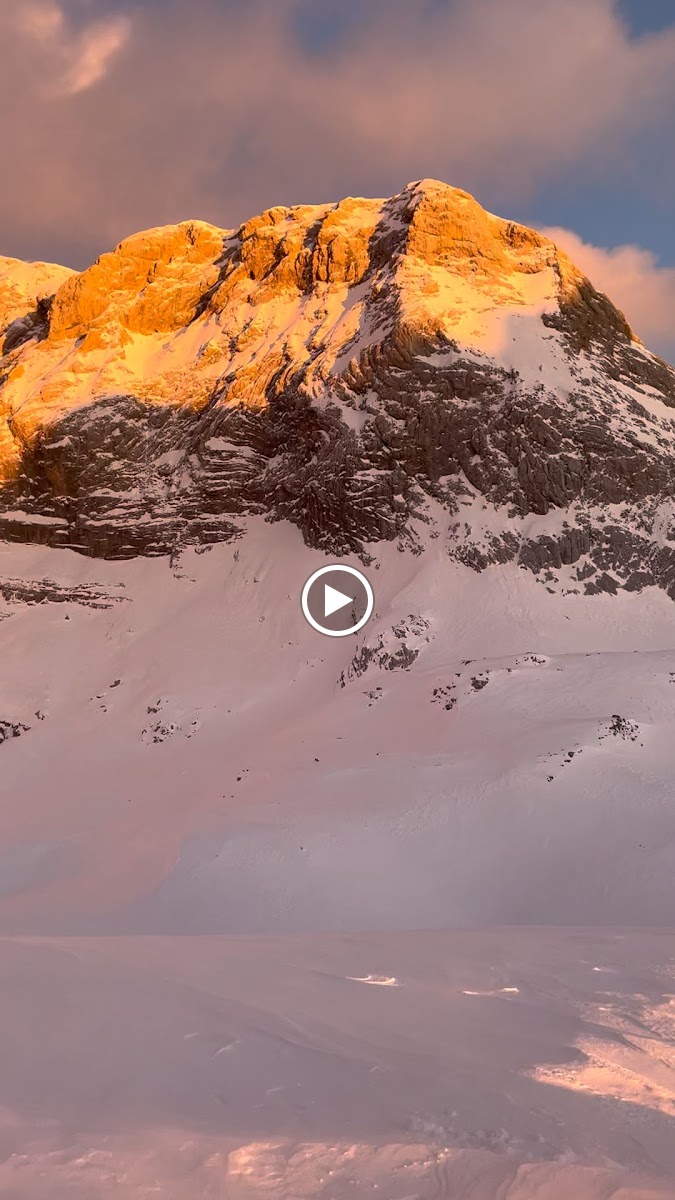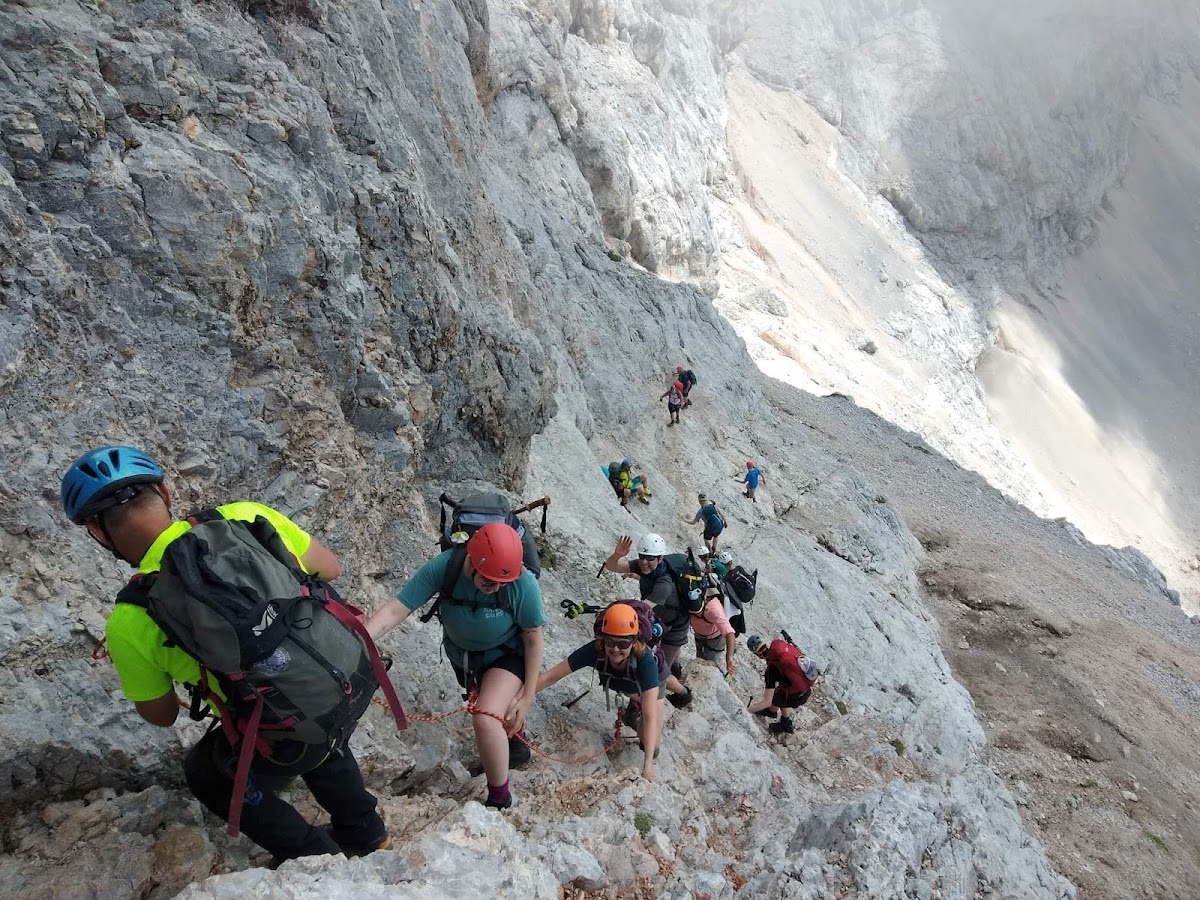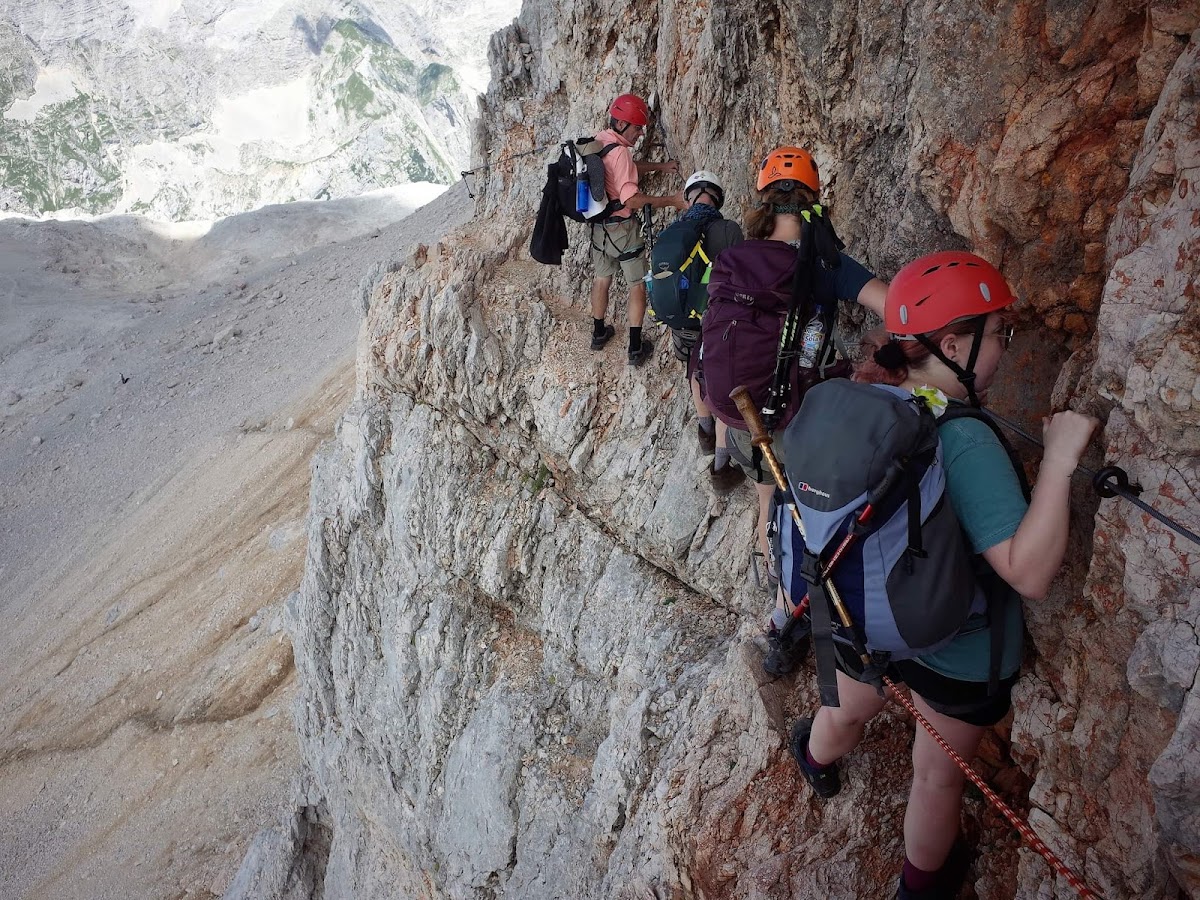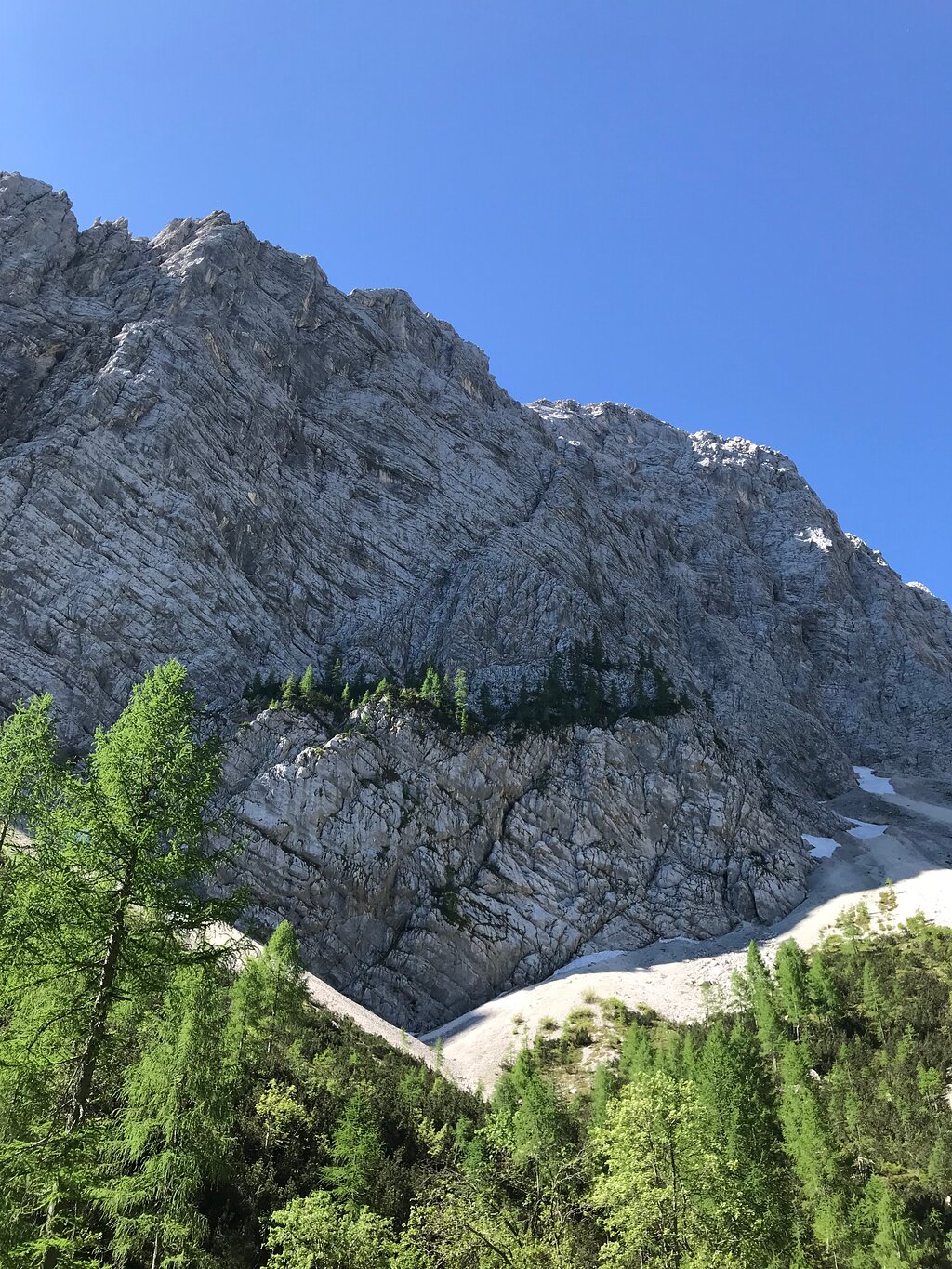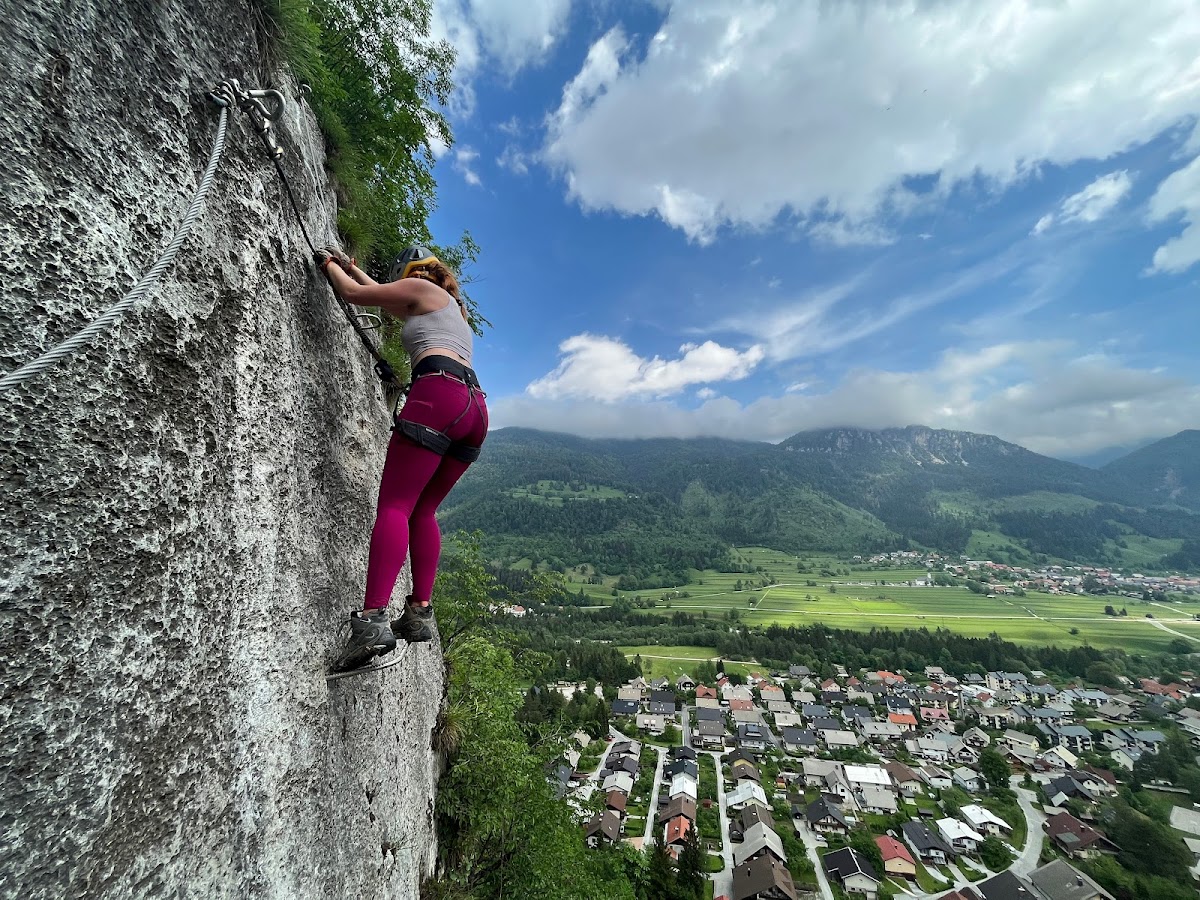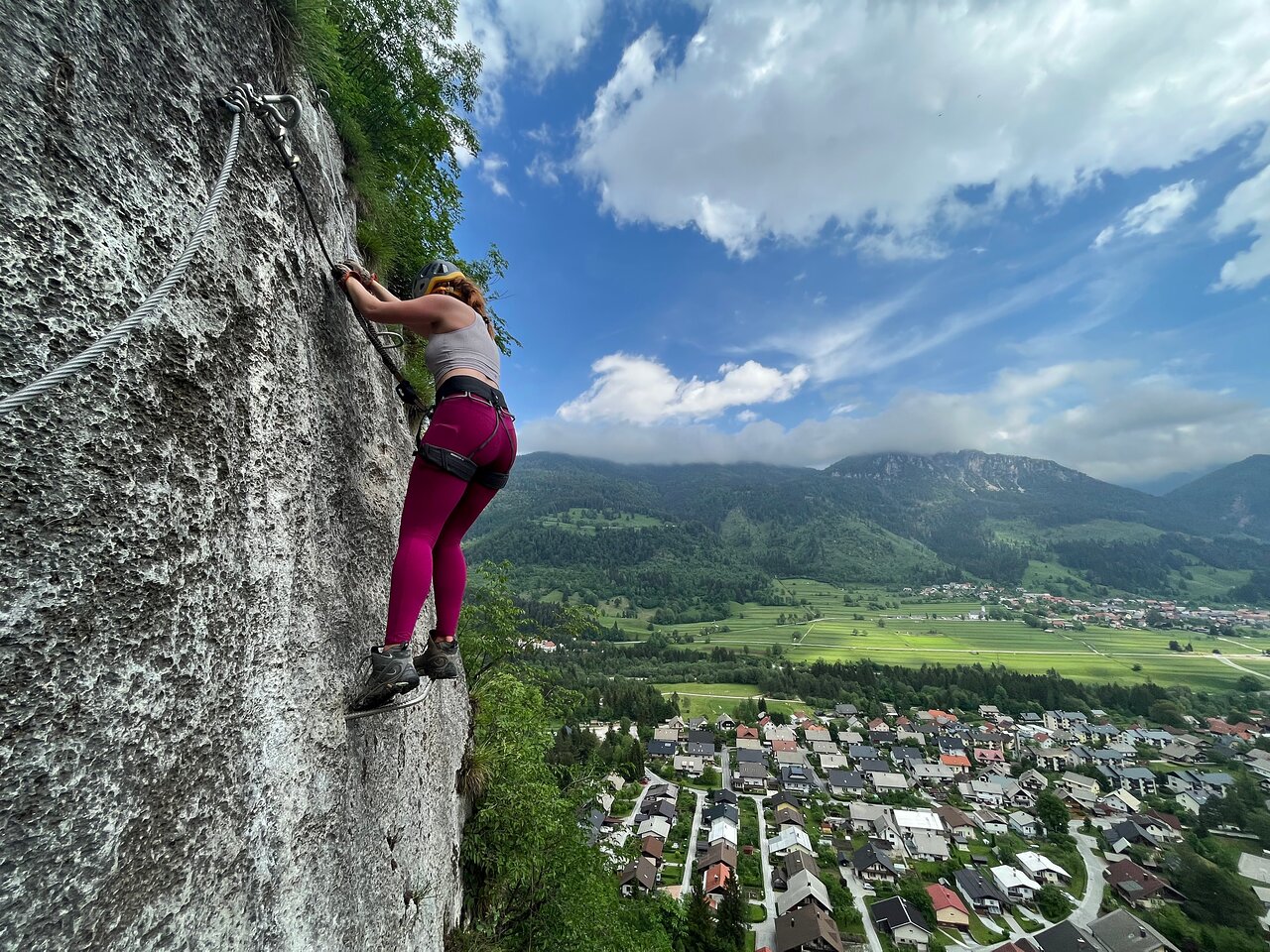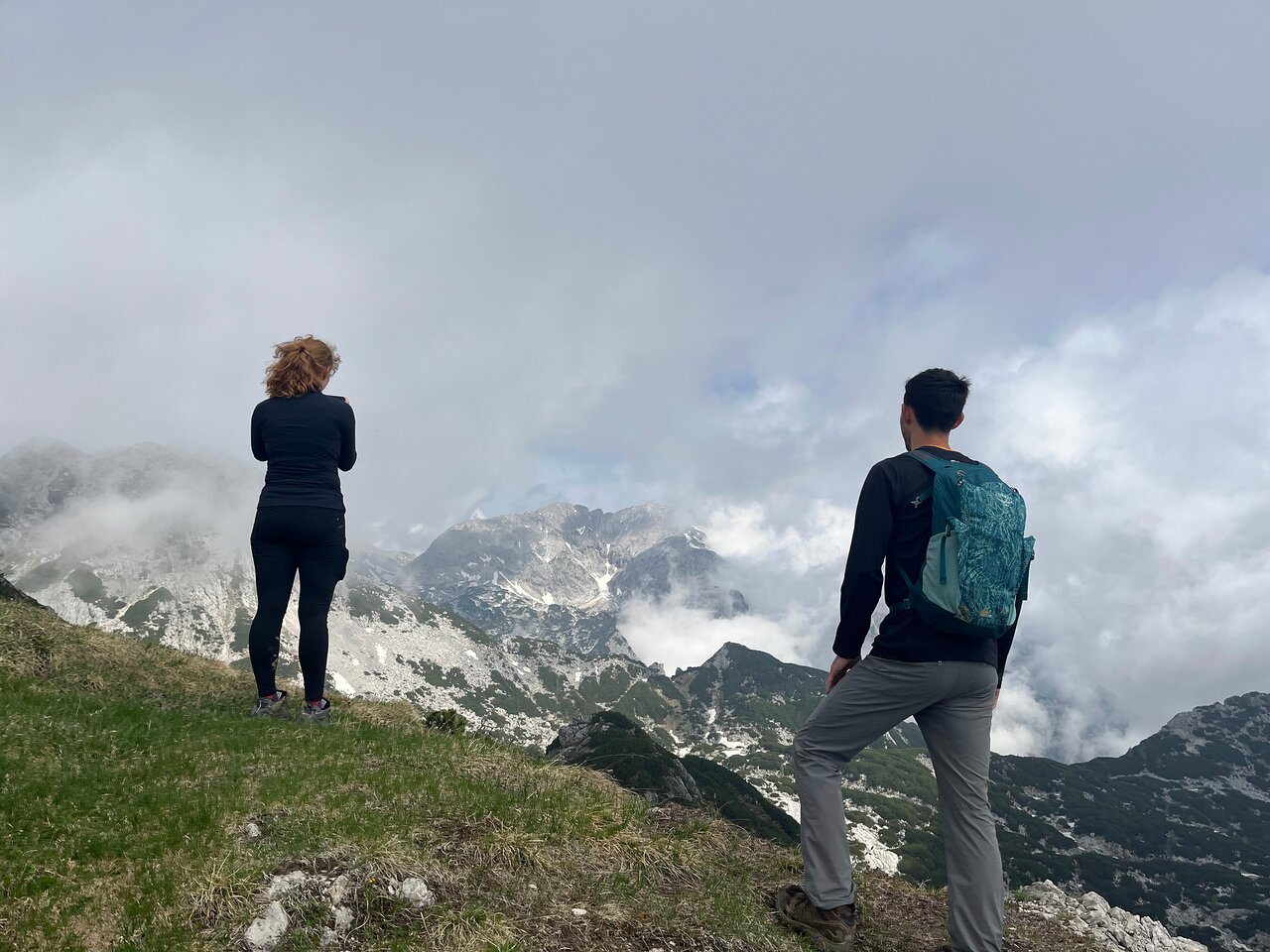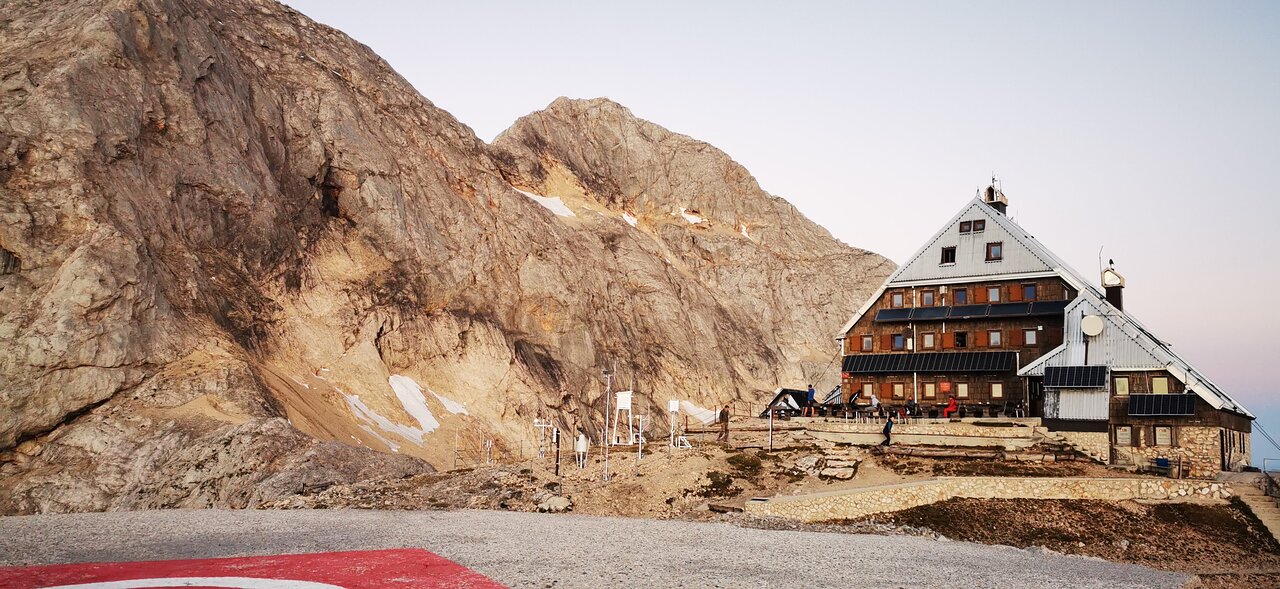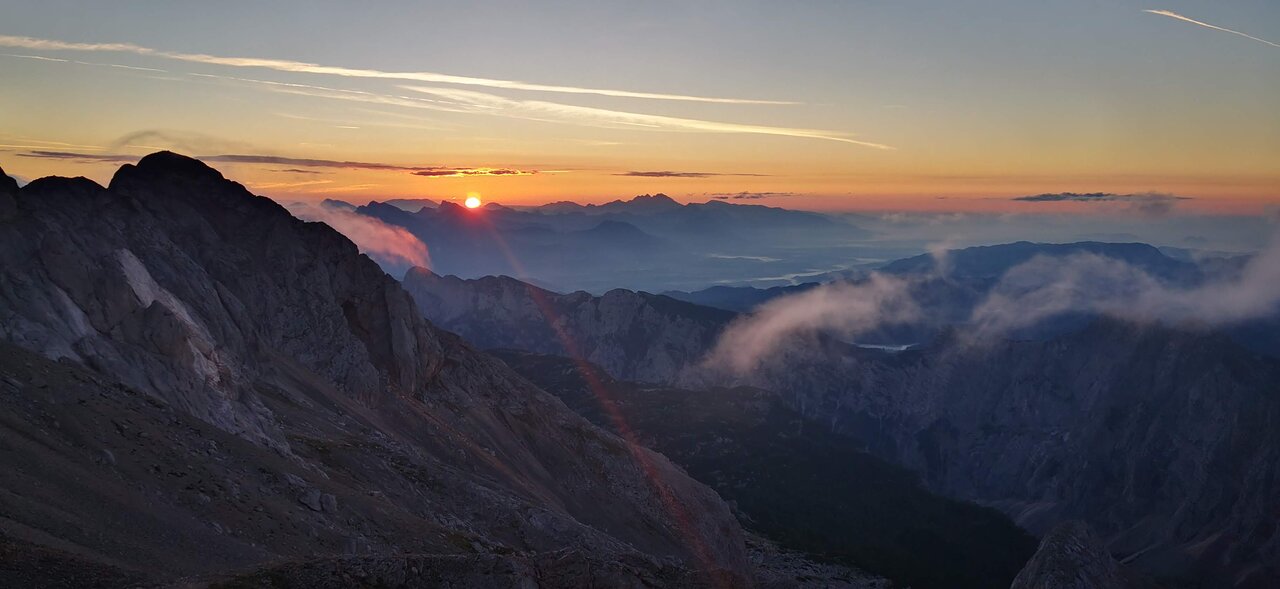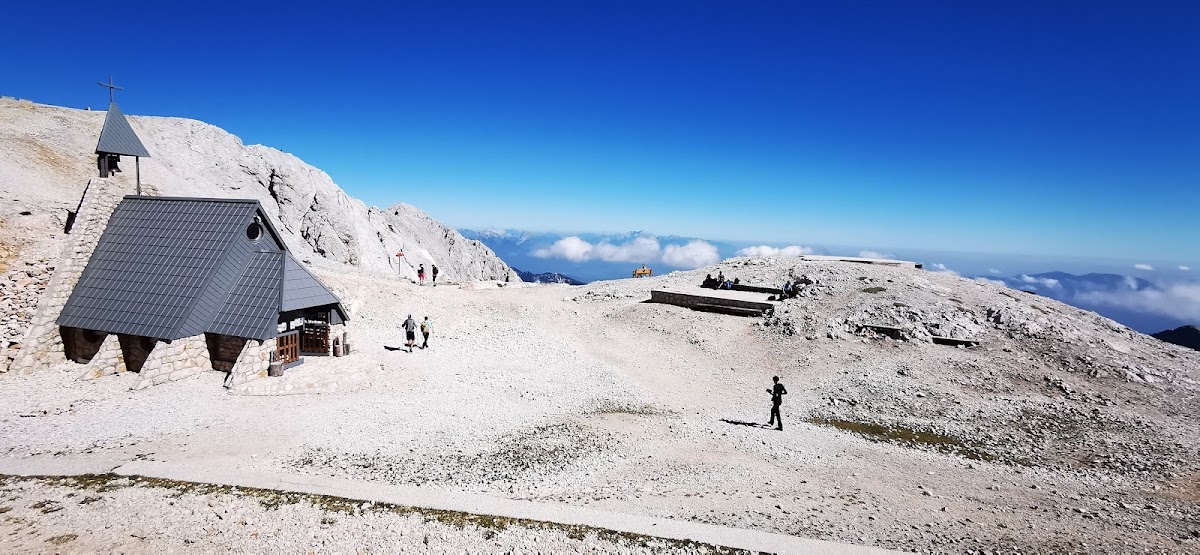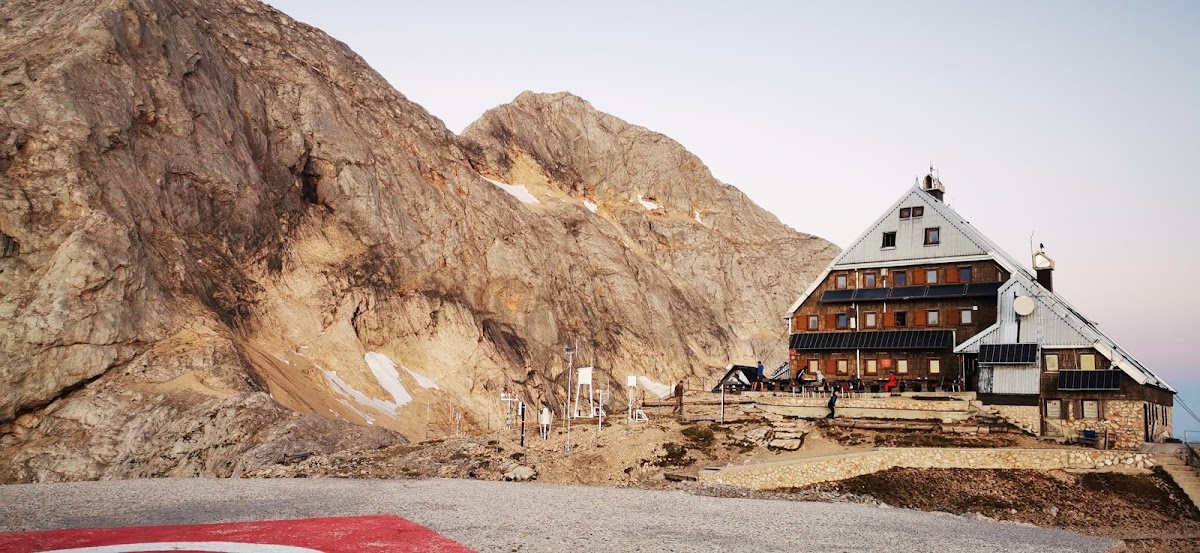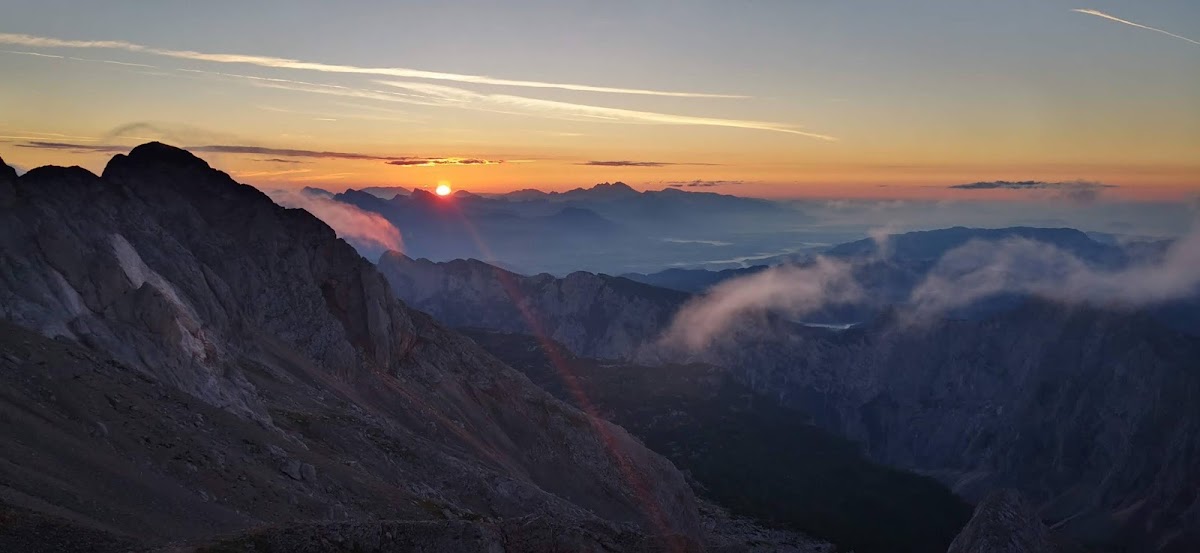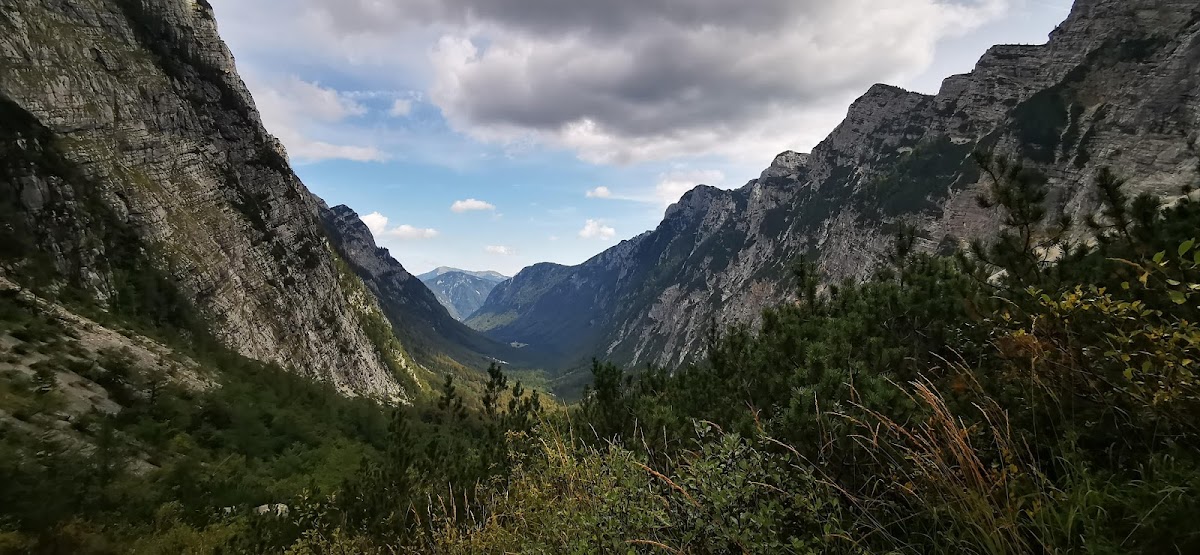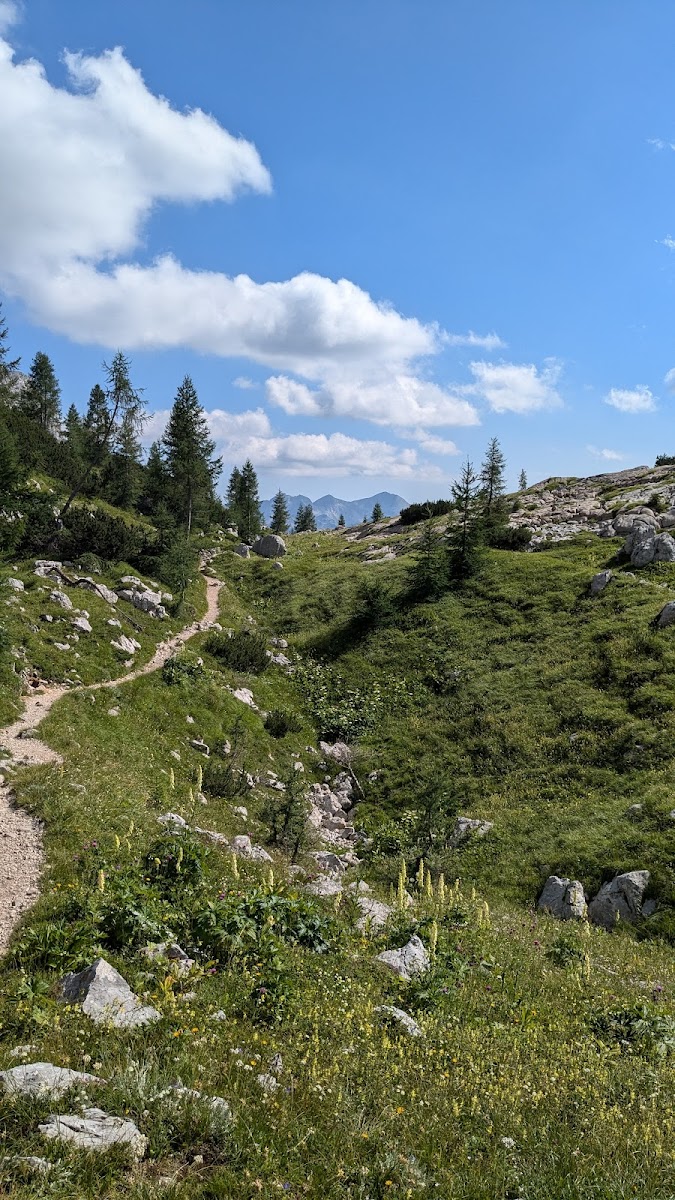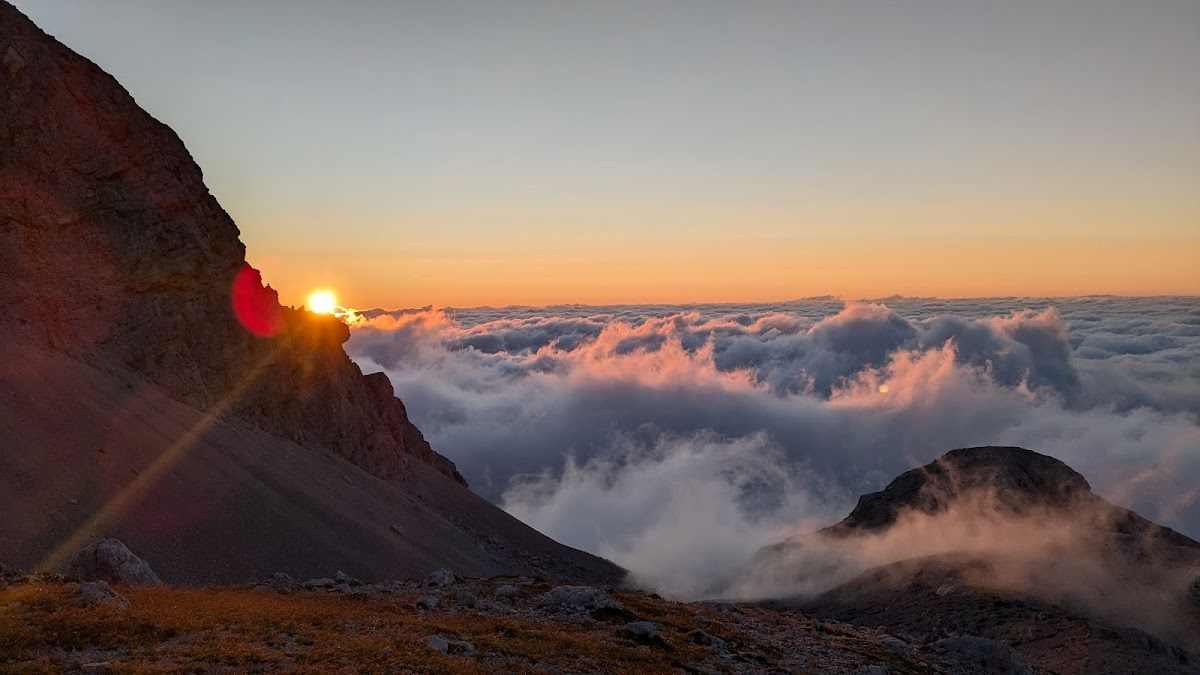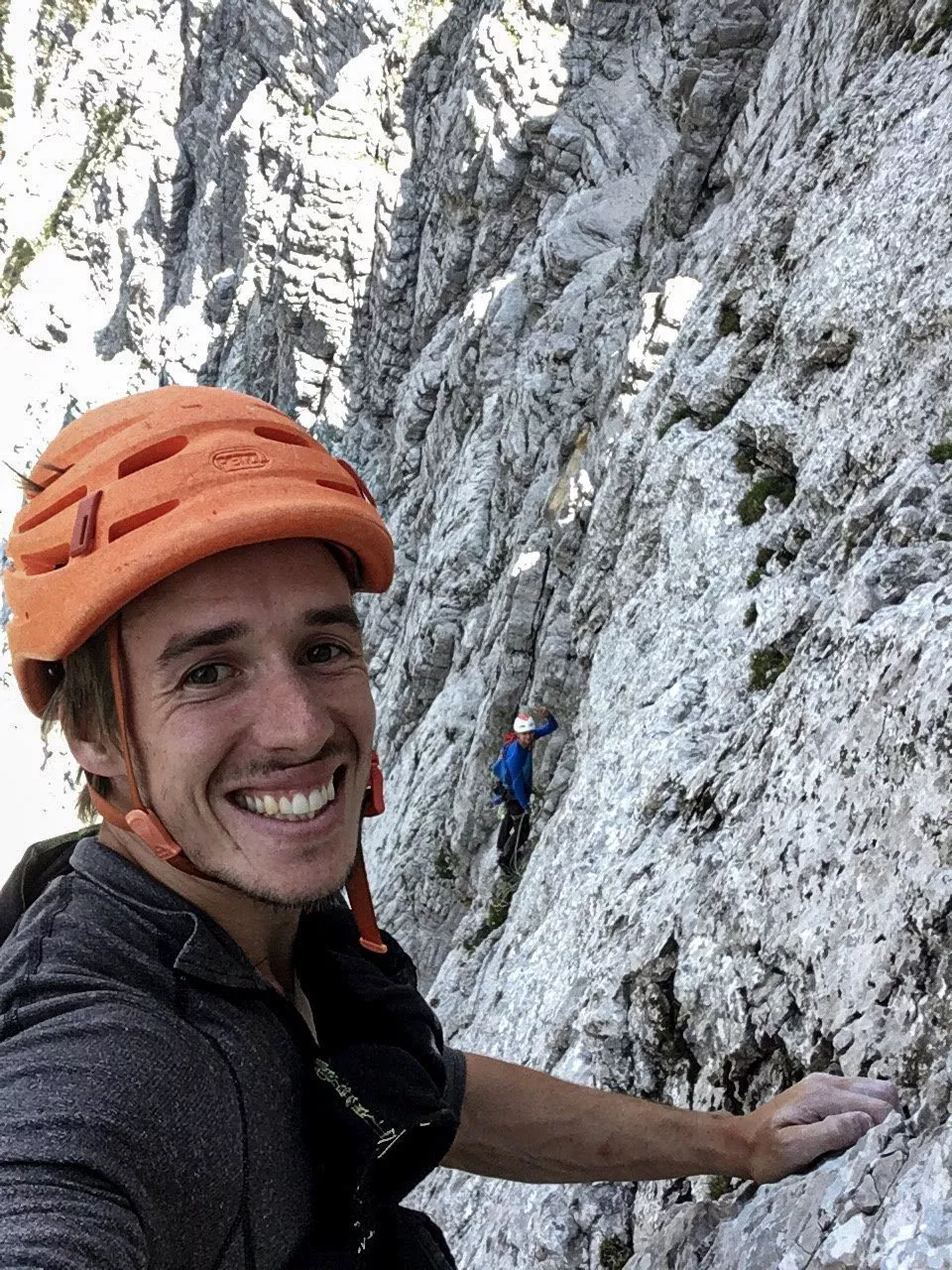Named after our highest mountain, Triglav National Park is the only one of its kind in Slovenia and one of the oldest in Europe. Its 840 km2 translates to 4% of Slovenia’s territory and a huge portion of the country’s Julian Alps. Established in 1981, the park’s beautiful mountainous landscape with its sharp ridges, high karst plateaus, glacier-made valleys, deep ravines and crystal-clear waters is over 200 million years old and home to over 7,000 animal species and 1,600 types of plants. TNP is undeniably Slovenia’s most popular tourist destination among locals and foreign visitors alike.
Some of the Parks’ highlights include the Soča River, Kozjak Waterfall, Lake Bohinj, Peričnik Waterfall, Pokljuka Plateau, Savica Waterfall, Tolmin Gorge, and wide variety of majestic peaks, to list just a few.

The Triglav National Park is sprinkled with authentic alpine villages where the local tourist offer includes delicious cuisine and local produce. Towns like Bovec, Kranjska Gora and Kobarid supply sports activities, excellent accommodations (hotels, camps, glamping, mountain huts), restaurants and museums. There is always something interesting to discover in and around these places, nestled within surreal surroundings.
How it all began
The Park’s history stretches back to just after the turn of the 20th century, more precisely to 1908 when seismologist Albin Belar put forward a proposal for the protection of the Triglav Lakes Valley. Unfortunately, the proposal was not accepted, as legislation of that time prohibited any restriction of pasture. But the seed had been successfully planted and the idea of a protected natural area put into motion. The strategic basis for protecting this piece of territory, titled The Memorandum was submitted to the Provincial Government of Slovenia in 1920. The idea was finally implemented in 1924, when an initiative by the Nature Protection Section of the Slovene Museum Society together with the Slovene Mountaineering Society for a twenty-year lease was taken on the Triglav Lakes Valley area. Although permanent conservation was not possible at that time, the cornerstones for the Alpine Conservation Park had been placed. The name Triglav National Park (Triglavski narodni park) was first used in 1926 by botanist and plant geneticist Fran Jesenko.
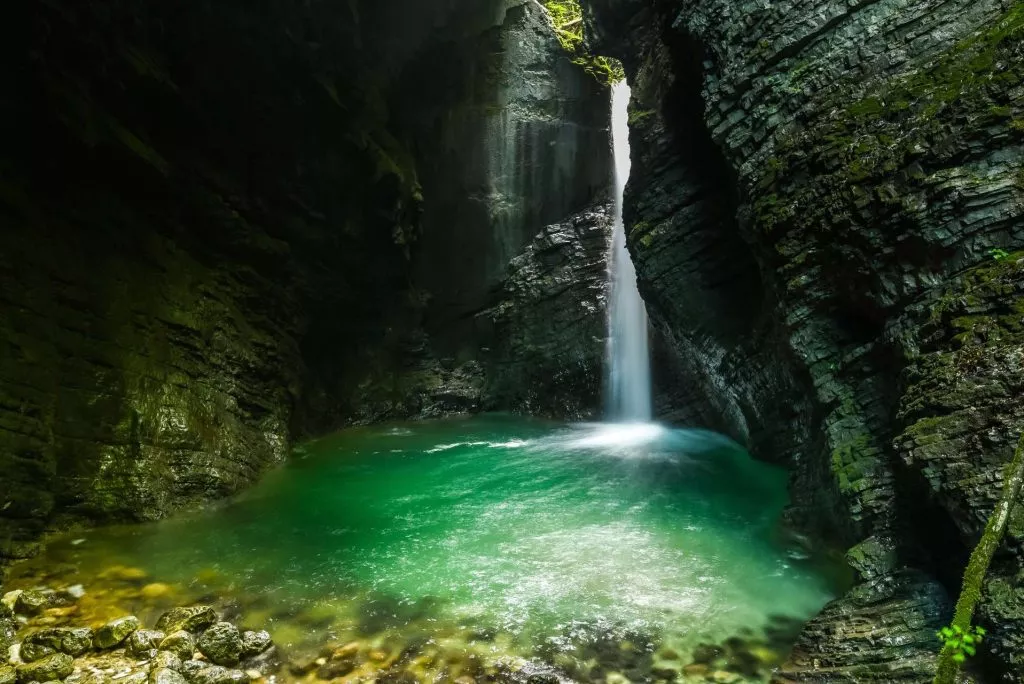
In 1961, the protection act was renewed. This time permanently. The conservation area was also enlarged from 14 km2 to 20 km², and officially designated as Triglav National Park. It is no wonder, of course, that Mount Triglav, a symbol of Slovenia, was chosen as the park’s namesake. However, the path to a much larger protected area was still quite long and rocky. It took two more decades for the park to receive the status it so proudly holds today. Then, in 1981, Triglav National Park was finally established; its borders, rules of conducts and overall purpose officially outlined.
TNP’s vision and conservation mission
The entire area of the Triglav National Park falls under the protection of Natura 2000, the aim of which is to preserve the rare and threatened European plant and animal species and their habitats. Natura 2000 is the European network of special-purpose protected areas, which have been designated by EU Member States under the Habitat Directive and the Birds Directive. Under the Habitat Directive, the Triglav National Park includes three Natura 2000 sites: Julian Alps, Pokljuka bogs, and the Radovna River.
Except for the Mežakla and Pokljuka plateaus and the Vogel ski resort, practically the entire surface of the Triglav National Park comprises the Julian Alps NATURA 2000 site. In addition to the alpine valleys, mountain ridges, and peaks of the Julian Alps, other distinctive natural assets in the park include Alpine lakes, Lake Bohinj, waterfalls, gorges, troughs, and high-altitude karst phenomena, such as dwarf pines, Alpine grasslands on limestone, rock crevices, scree on limestone, and limestone plateaus.
Nature’s wellbeing is our responsibility
Besides preserving the natural features of international importance, Natura 2000 sites also promote a balanced development of human activity. This also includes the Rules of Conduct that apply to all visitors of the park. It is therefore our responsibility to take care of this unique and highly important natural environment by following these simple guidelines:
- Park your vehicle at one of the numerous designated car parks.
- Stay on the marked hiking trails, limit noise pollution, so as not to disturb the wildlife.
- Dogs are permitted in the Park, but must be kept on a leash.
- Respect the flora and fauna. You can experience TNP’s richness up-close, but make sure your presence does not disturb the lives of its inhabitants. It is their home; we are only visiting.
- Relish the natural splendour from the vicinity of mountain huts, shelters and bivouacs. Camping or bivouacking outside designated areas is strictly forbidden.
- Leave nothing but footprints by picking up your rubbish and dispose of it appropriately.
Limitless outdoor activities
Characterised by pristine waters and forests, towering mountains, scenic valleys and rich cultural heritage, TNP is a wonderland of outdoor activities and places to see. The predominant pastime is hiking, which is presented in greater detail in “Hiking in Triglav National Park”.

Water sports in Triglav National Park
In addition to 250 springs of various sizes, the Park is home to numerous alpine lakes, including Slovenia’s largest natural lake Bohinj, a broad network of rivers and streams, wetlands and bogs. Two major European waterways, the Sava and the Soča River, immerge in the Park. But engaging in water-based activities in the Triglav National Park is far more than recreational. The pristine environment with its beautiful landscapes and diverse water systems translates into a truly magical experience. The TNP’s waters and gorges promise numerous activities, such as swimming, kayaking, rafting, canyoning, fishing, etc. from spring to autumn.
Rock Climbing in Triglav National Park
There are 8 natural climbing areas of various difficulties in the park. In the Trenta Valley, a gorgeous wall rises near the Soča River, equipped with 27 directions, suitable for beginners and experienced climbers. Then there’s Radovna Valley on the eastern slope of the Pokljuka Plateau with 15 climbing routes. The Blažec rock wall’s 25 routes above the village of Dovje offers views of the Vrata Valley and is meant for experienced climbers. The high mountain pass of Vršič offers a natural wall with 35 routes, accompanied by spectacular views. Peč, located near Lake Bohinj, in the massif of the Rudnica hill, promises 56 routes, suitable for amateurs and pros. You can join guided rock climbing for all levels on the stunning crags of Triglav National Park.
Winter sports in Triglav National Park
During the winter season, TNP is transformed into a snowy paradise straight out of a fairy-tale. Cross-country skiing and snowshoeing in the Tamar Valley or along the pastures of the Pokljuka Plateaus are an absolute must. The sports hub of Kranjska Gora offers exceptionally diverse skiing and the high-altitude Vogel ski resort embodies the true meaning of skiing above the clouds. The ski touring options are numerous. For those more adventurous, there are many icefalls frozen in the winter, as well as a beginner-friendly ice arena.
Other sports activities in Triglav National Park
The Park’s vast dynamic terrain also offers excellent conditions for mountain biking, cross-country-running, paragliding and caving.
Useful tips for TNP visitors
When to visit
Triglav National Park is fabulous all-year-round. Every season adds its special charm to the place. If you’re bent on hiking in the hills or climbing the lower peaks, then spring and autumn are most suitable. Ascending higher is recommended mid-summer when the weather conditions are most stable.
What to pack
Temperature changes are quite common in the Julian Alps. It might be blistering hot during the day and very chilly at night, so it’s advisable you always have some warmer layers of clothing with you. For longer stays in the Park, wind stoppers are almost obligatory, regardless of the season. If you’re planning on hiking in the wild, a change of clothes is obligatory. You don’t want to catch a cold up there. There are few things as beautiful as a sunlit Alpine landscape, but remember to pack some sunscreen and a pair of sunglasses for protection!
Staying in the park
There are plenty of wonderful accommodations in the Triglav National Park. From camping and glamping sites, to hotels, tourist farms and of course mountain huts. That said, booking in advance comes highly recommended. This region is the most popular destination among locals and foreigners, especially in the months between April and September. It should be emphasised that mountain huts, due to their limited capacities, must be booked at least a few months ahead of your visit.
Expert guides know best
Organised tours in the Triglav National Park present you with the most optimum way of exploring the wonders it keeps. Professional guides take you to all the best locations, show you some hidden gems along less known routes, offer support and supply tips. A local guide can also be of great help when booking accommodations and handling logistics.
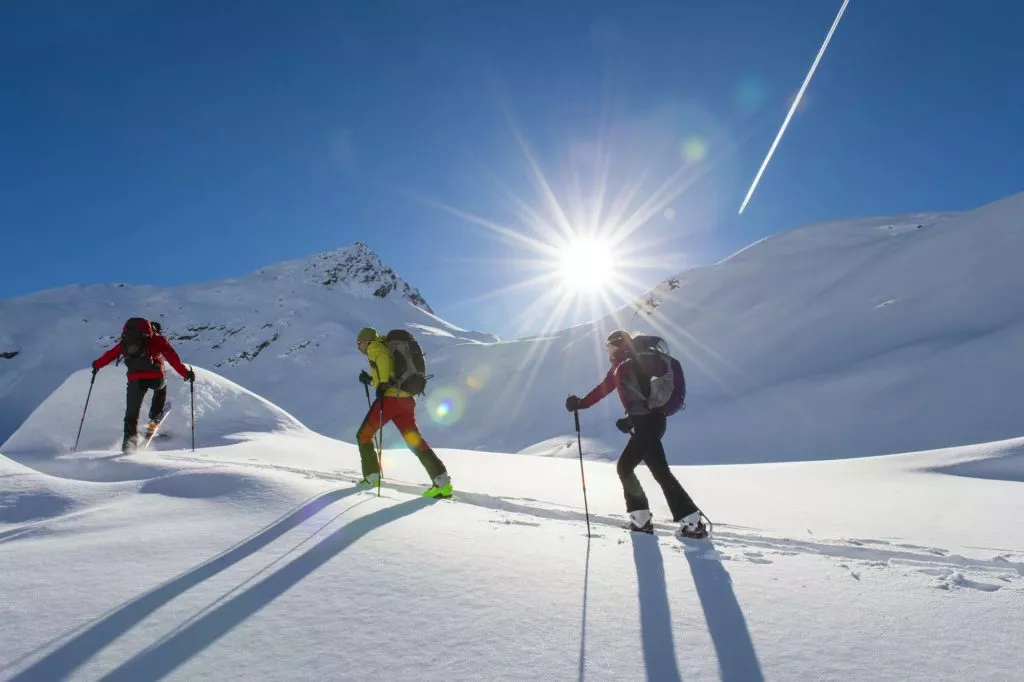
Accessibility
Road connectivity with the rest of the country is excellent. Although transfer times differ depending on the season, you can reach the Triglav National Park from anywhere in Slovenia quickly. There are plenty of designated parking spaces at all major landmarks and public transportation is frequent and reliable. If you prefer a leisurely trip to the park or just have time for a quick visit, organised excursions are your safest bet of getting a taste of this Alpine paradise. But Triglav National Park is best enjoyed on foot, on some of the best hiking tours in the region.
Check out Triglav National Park tours >
